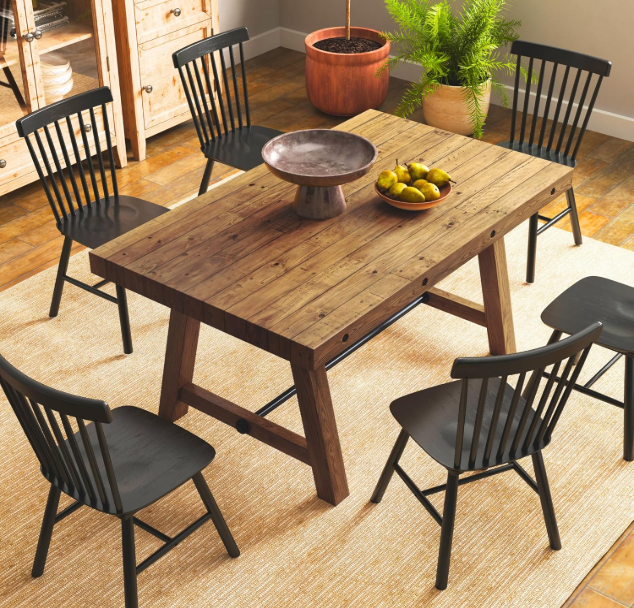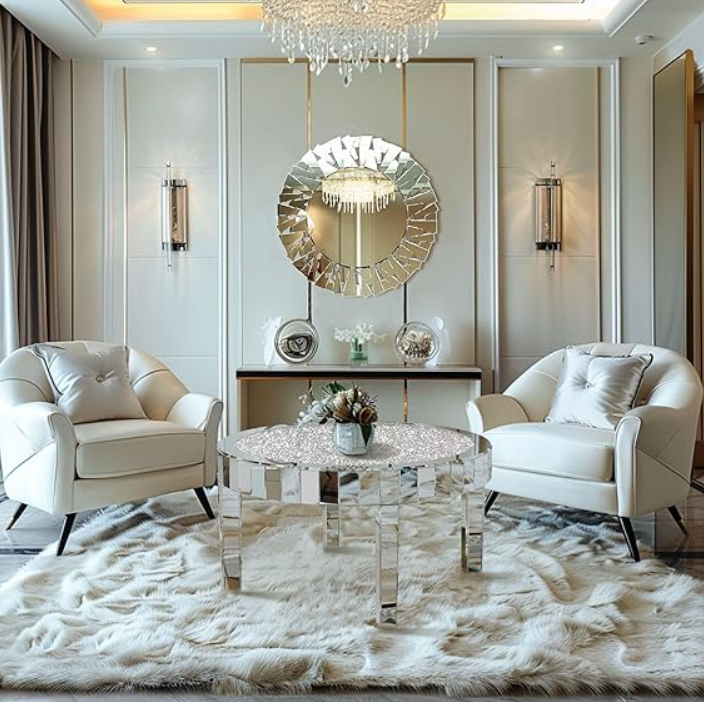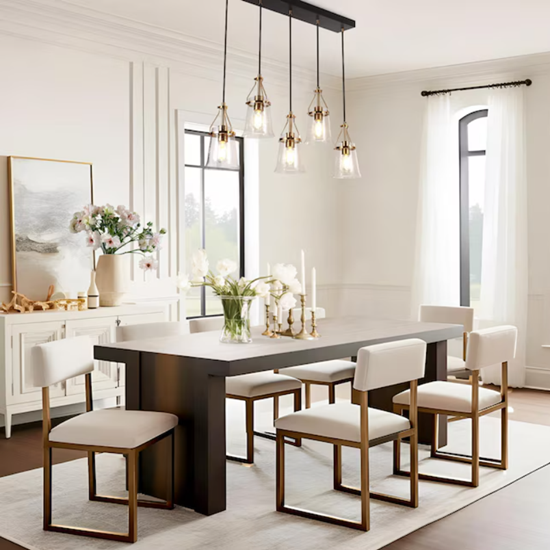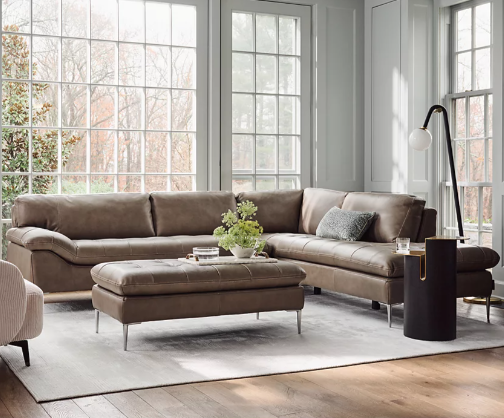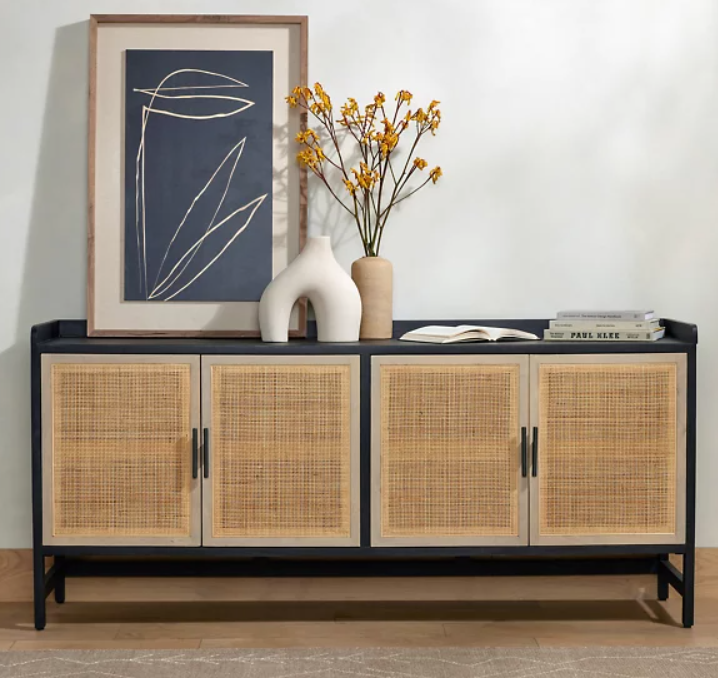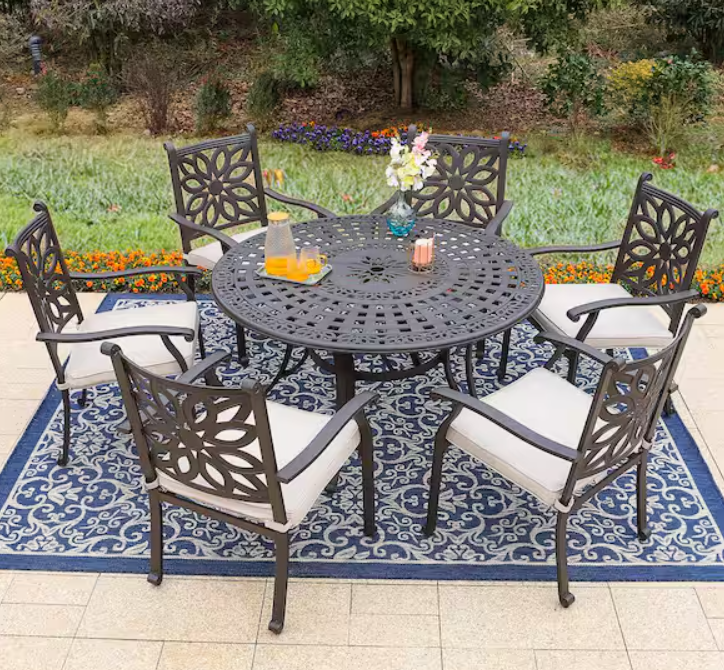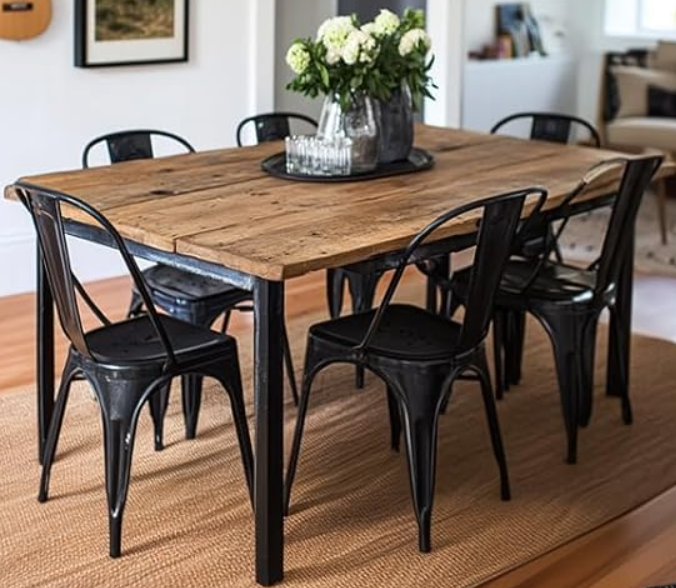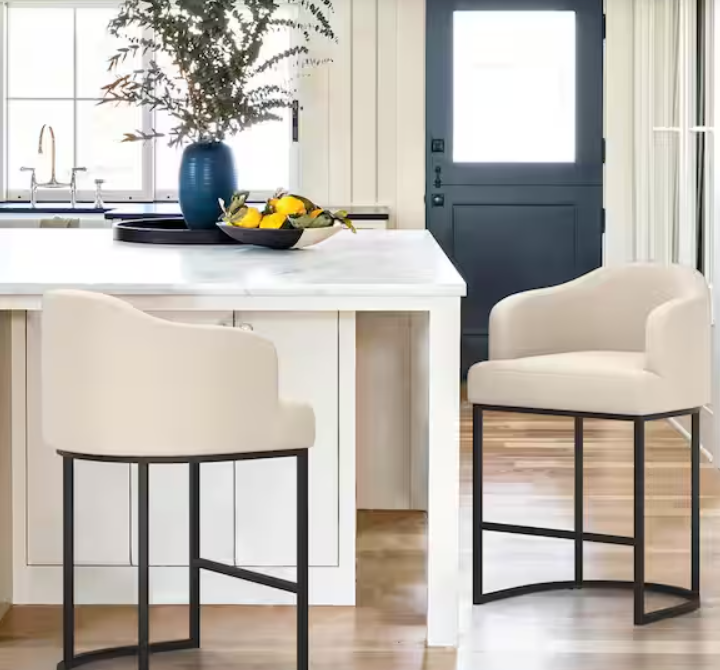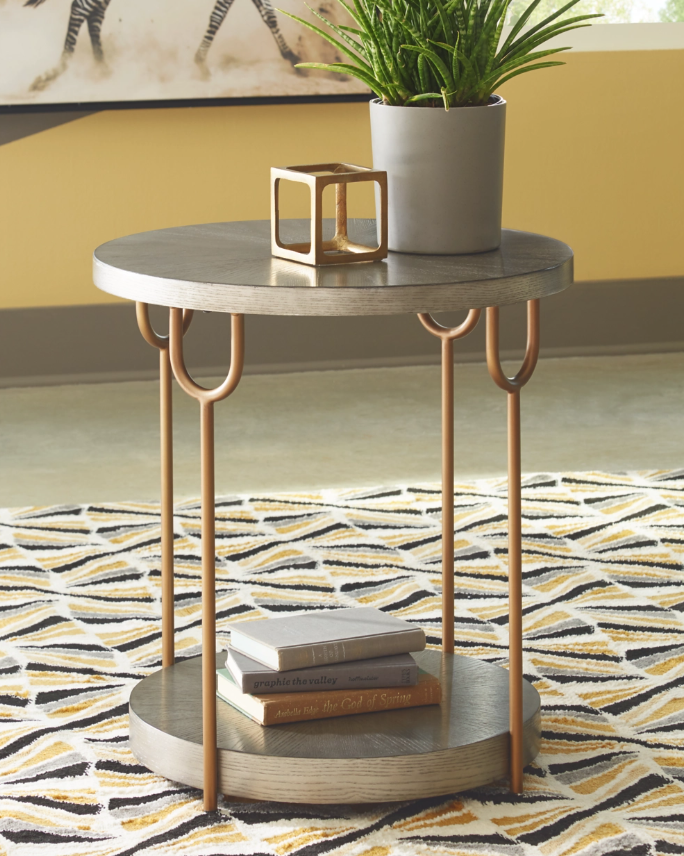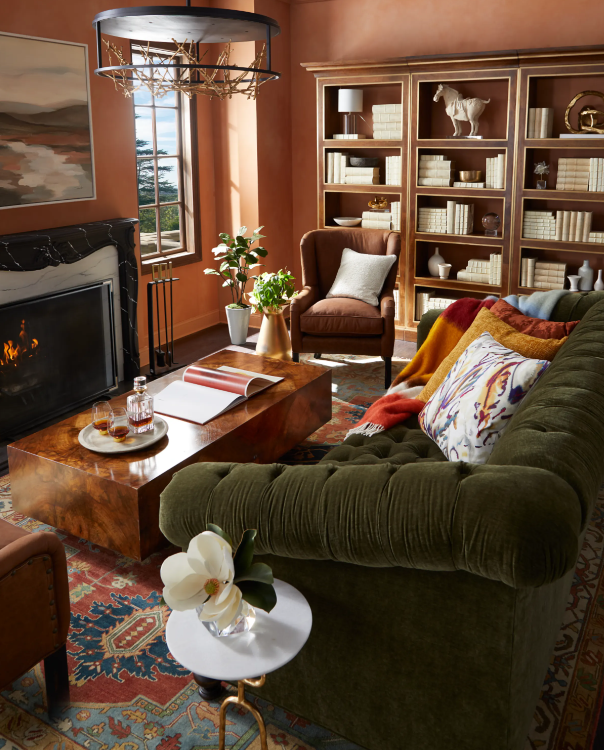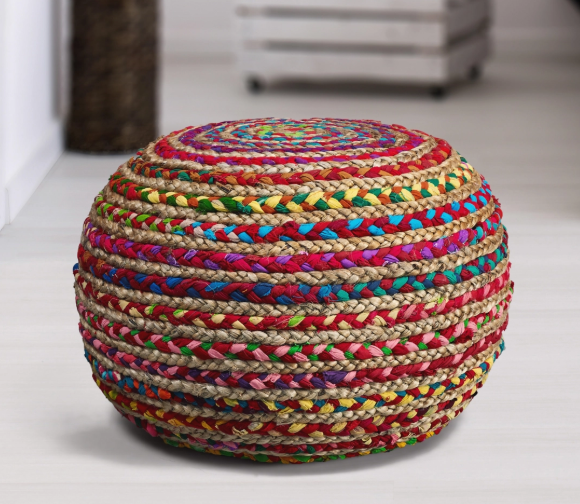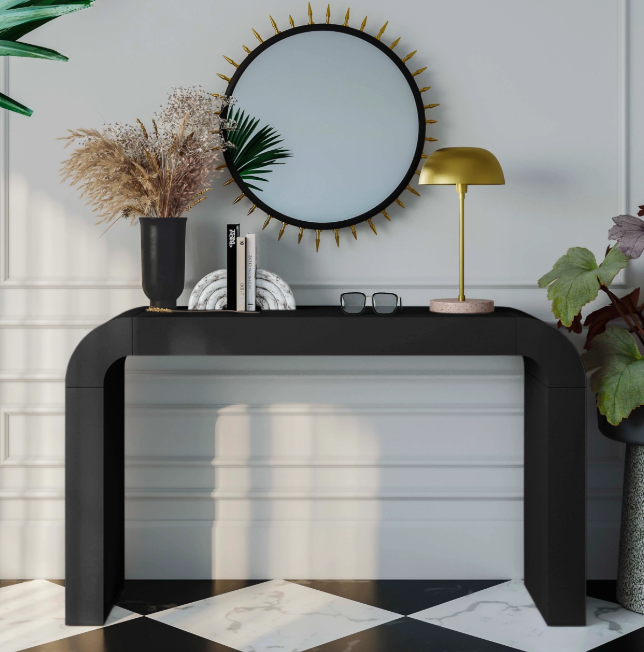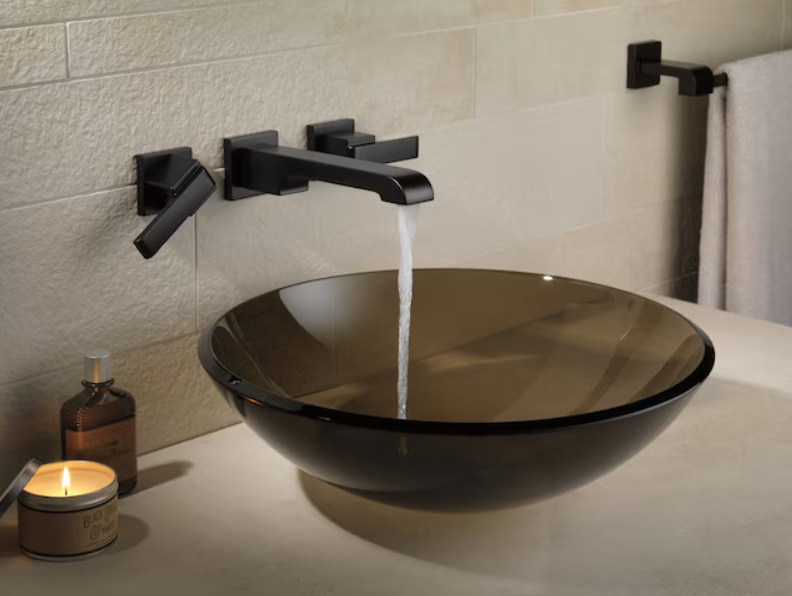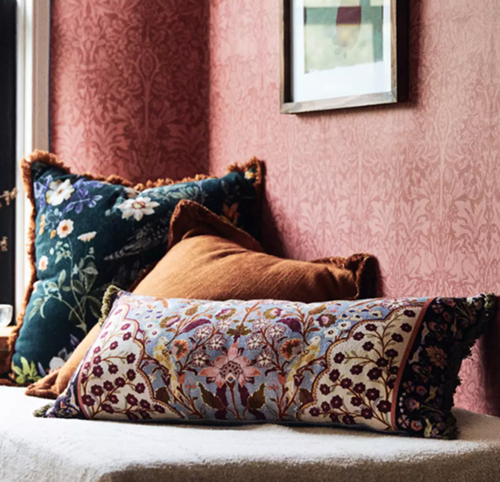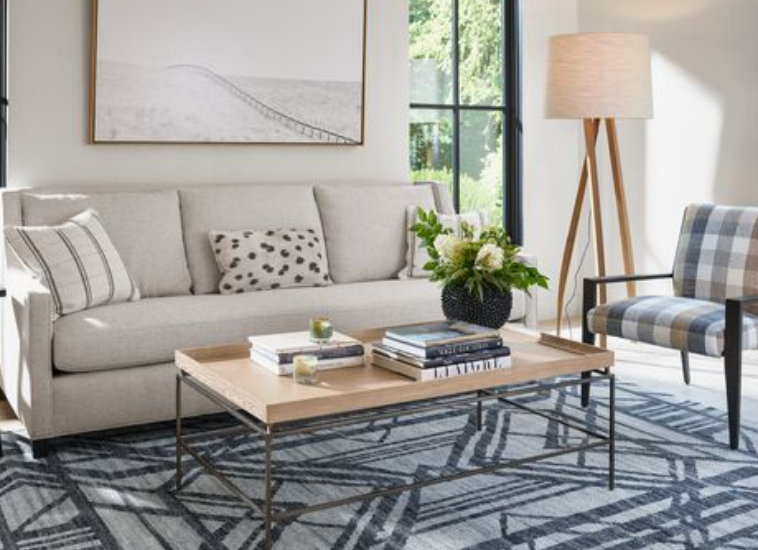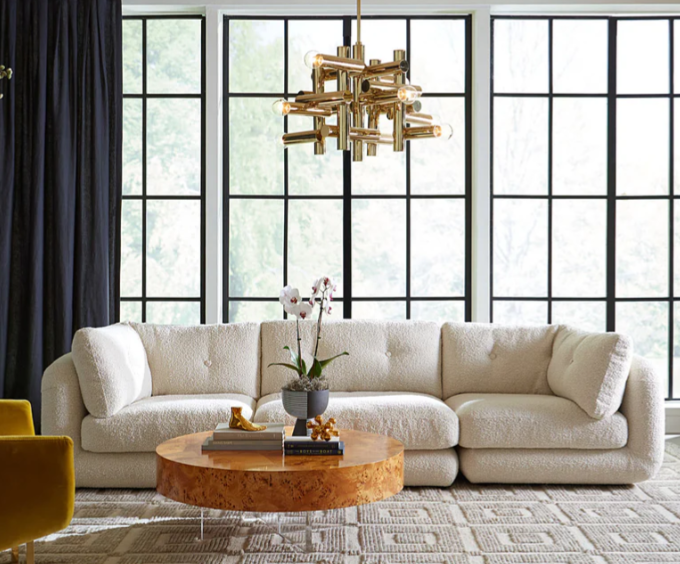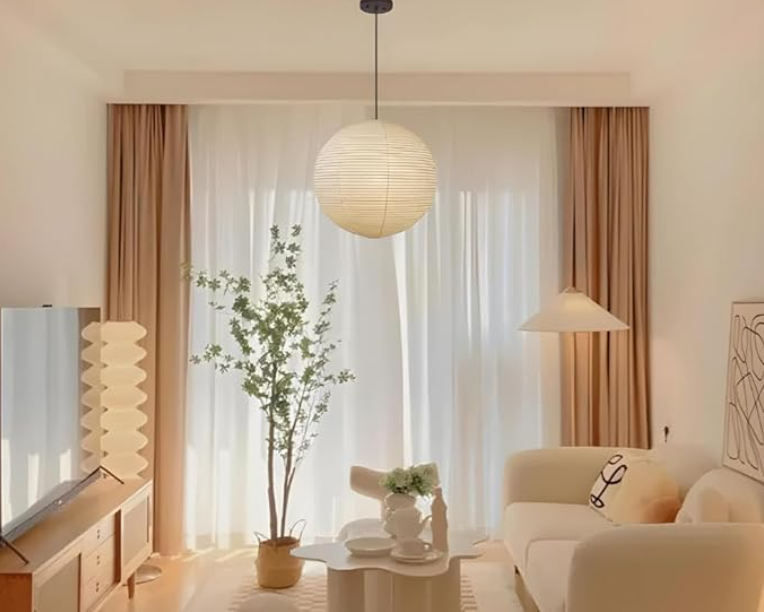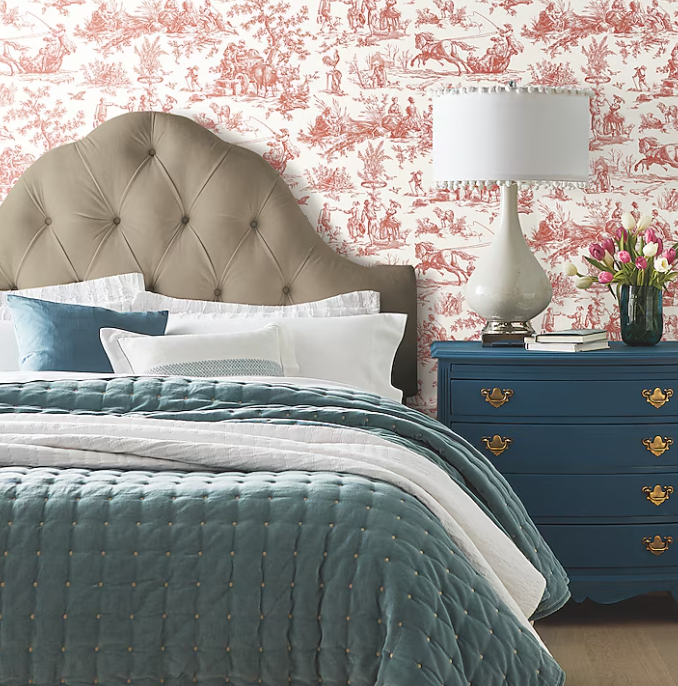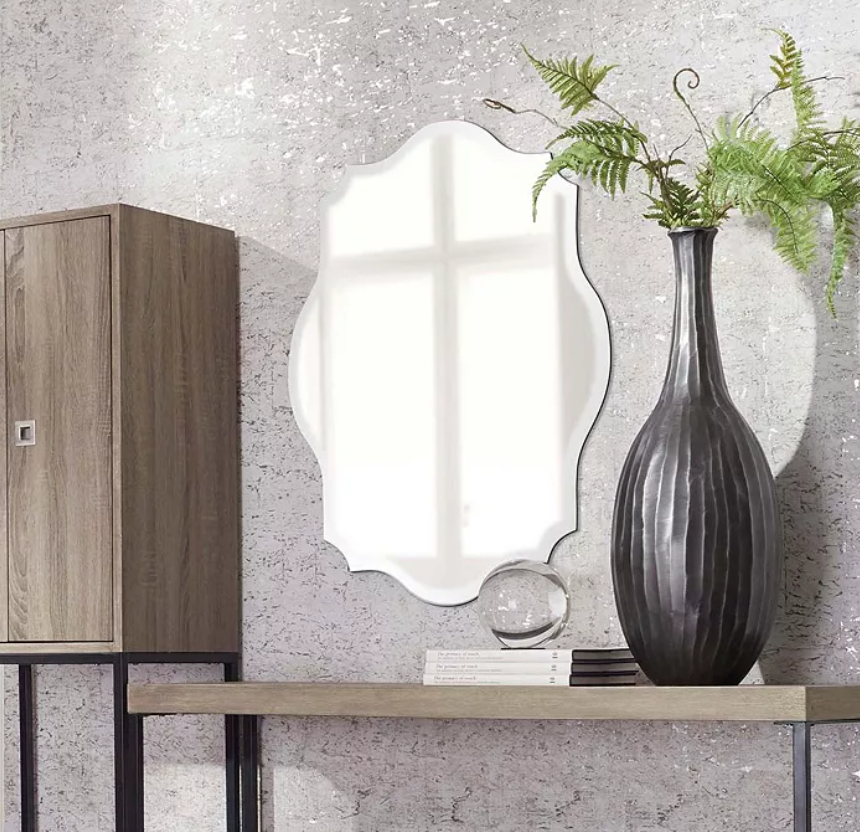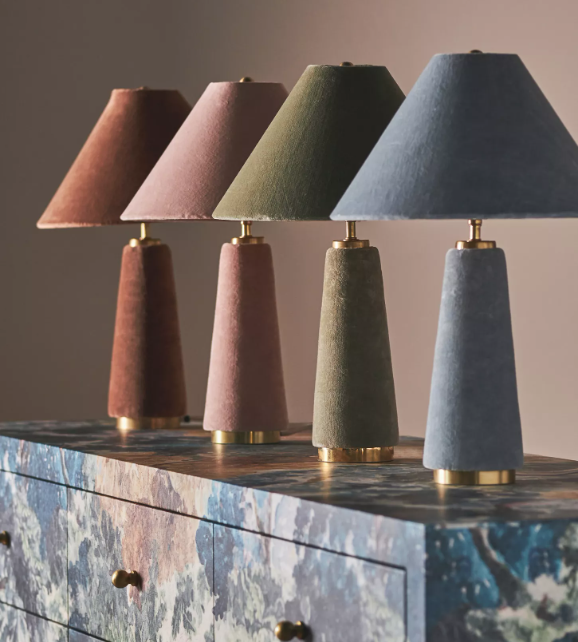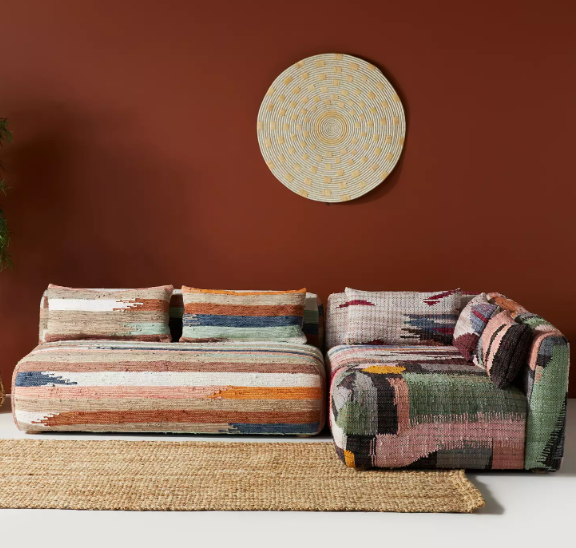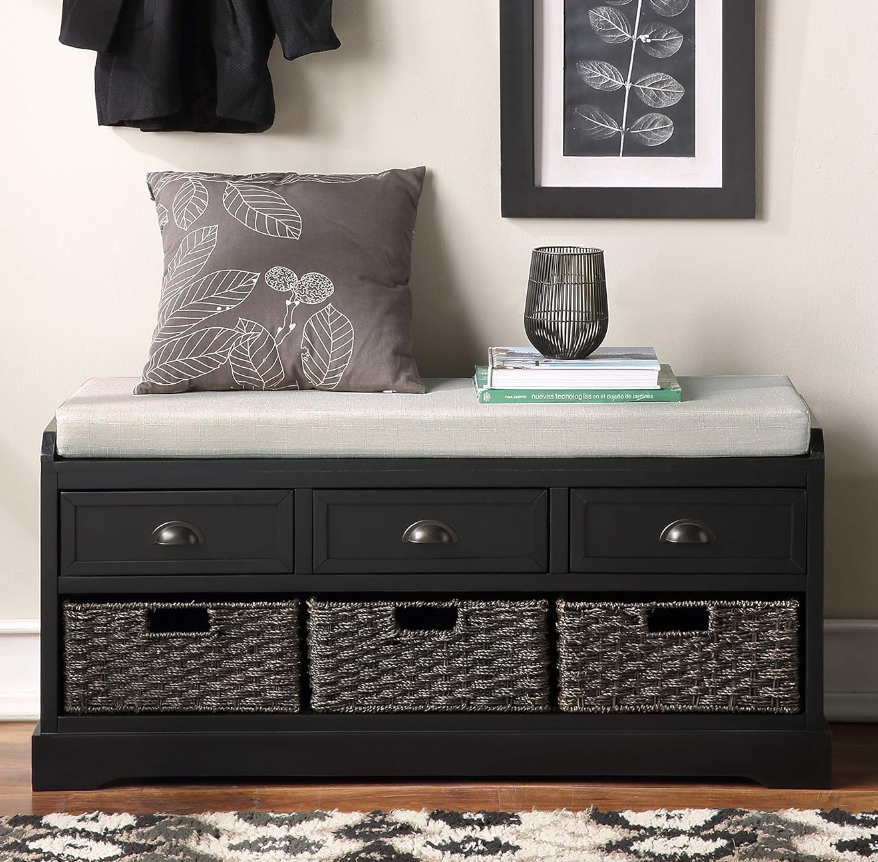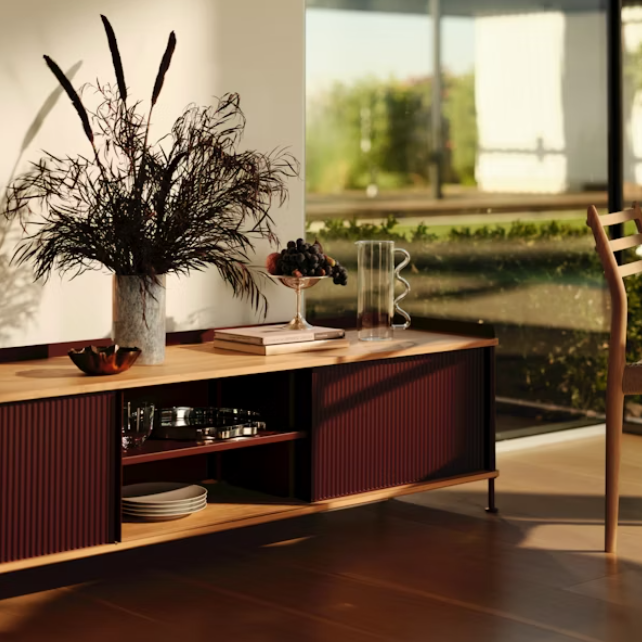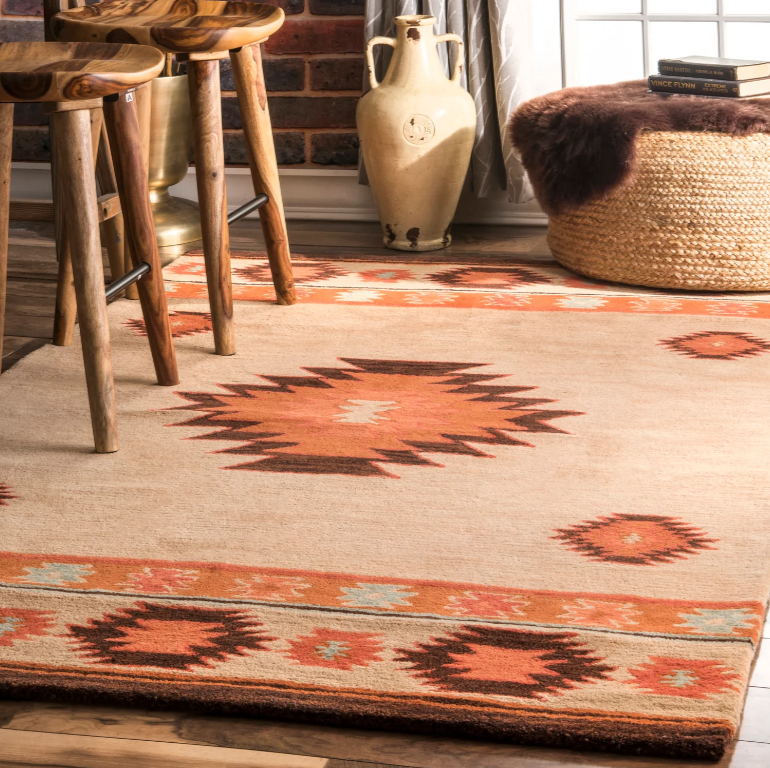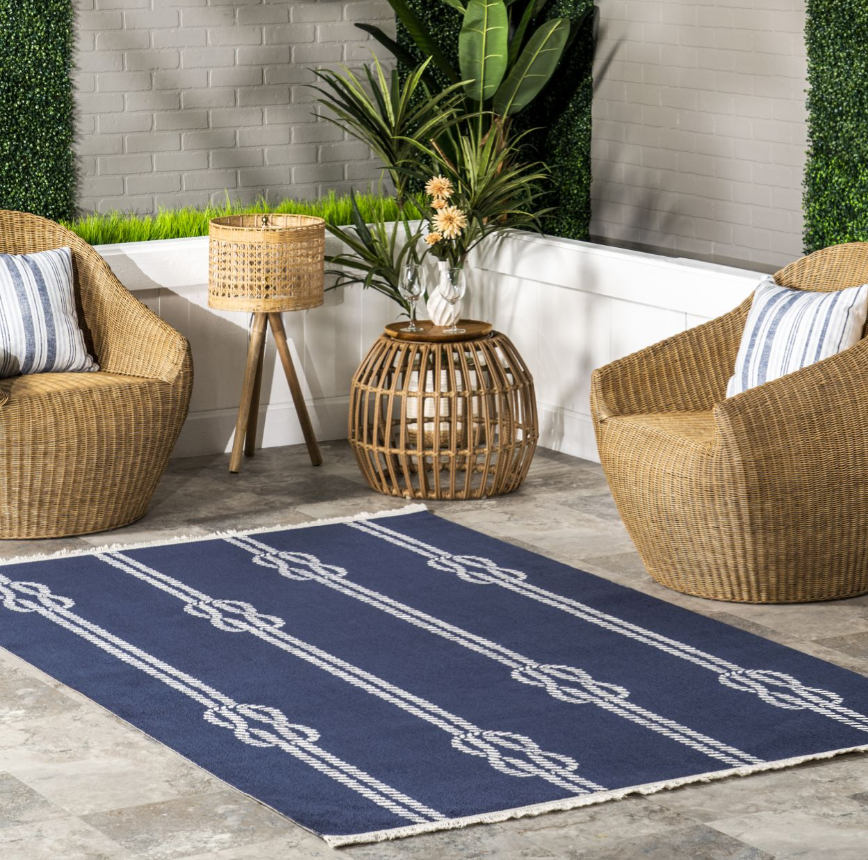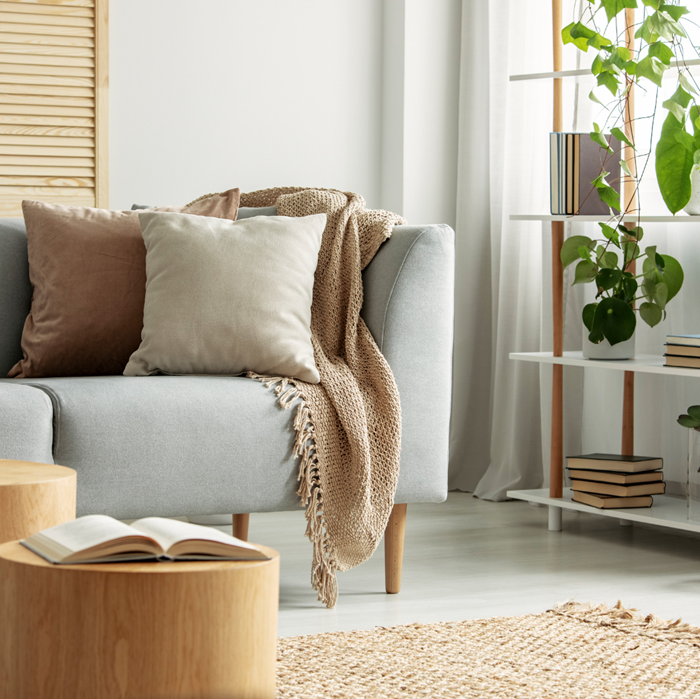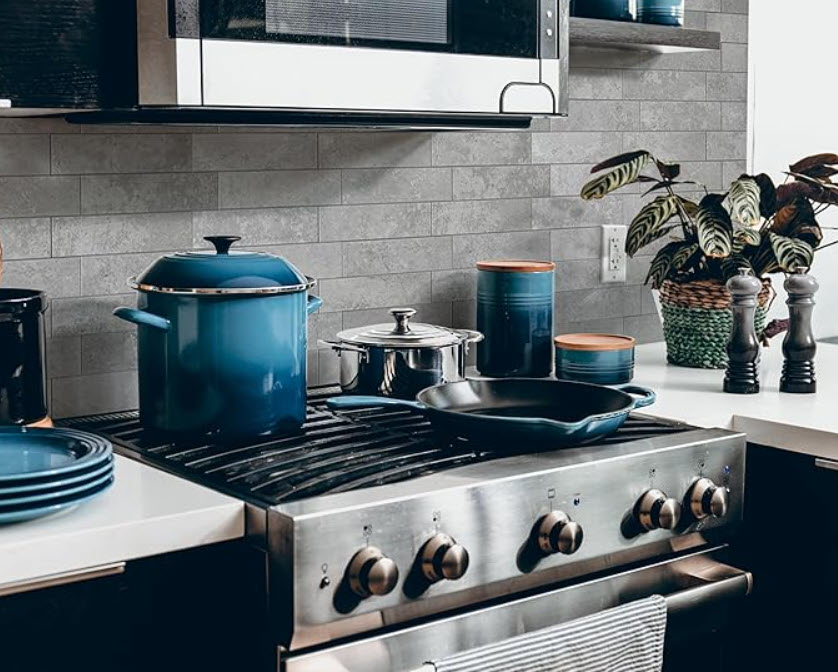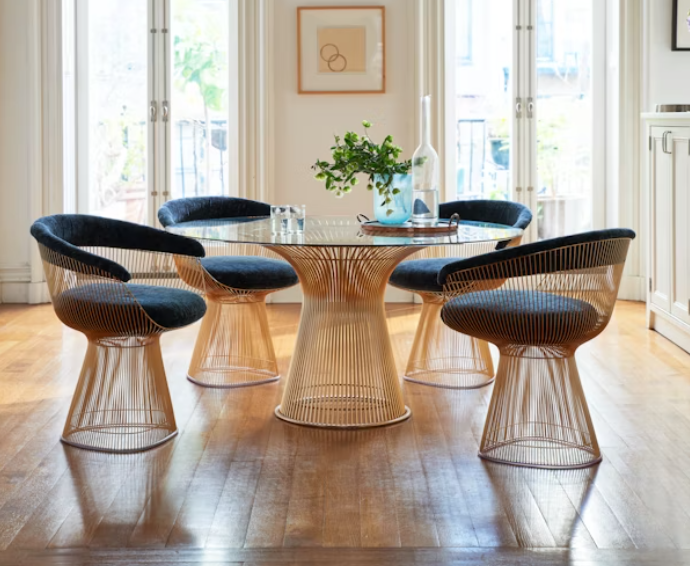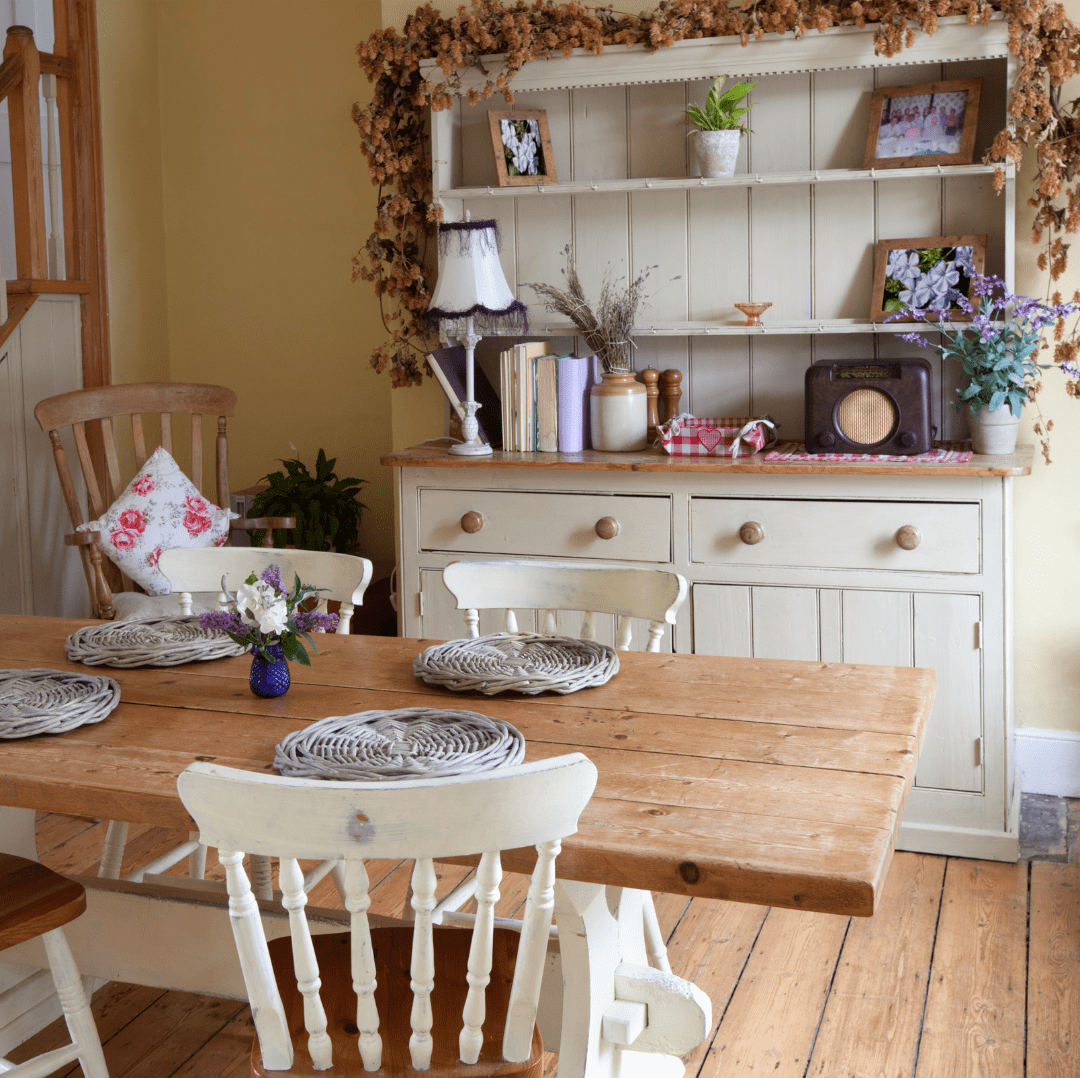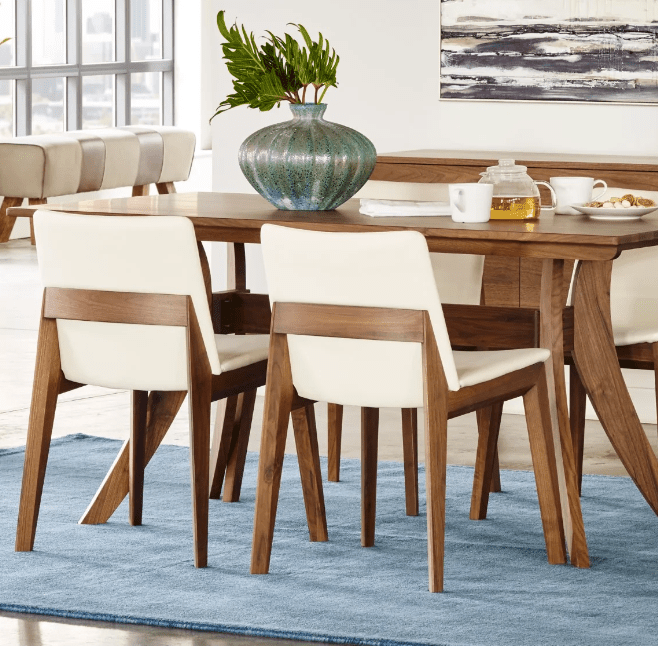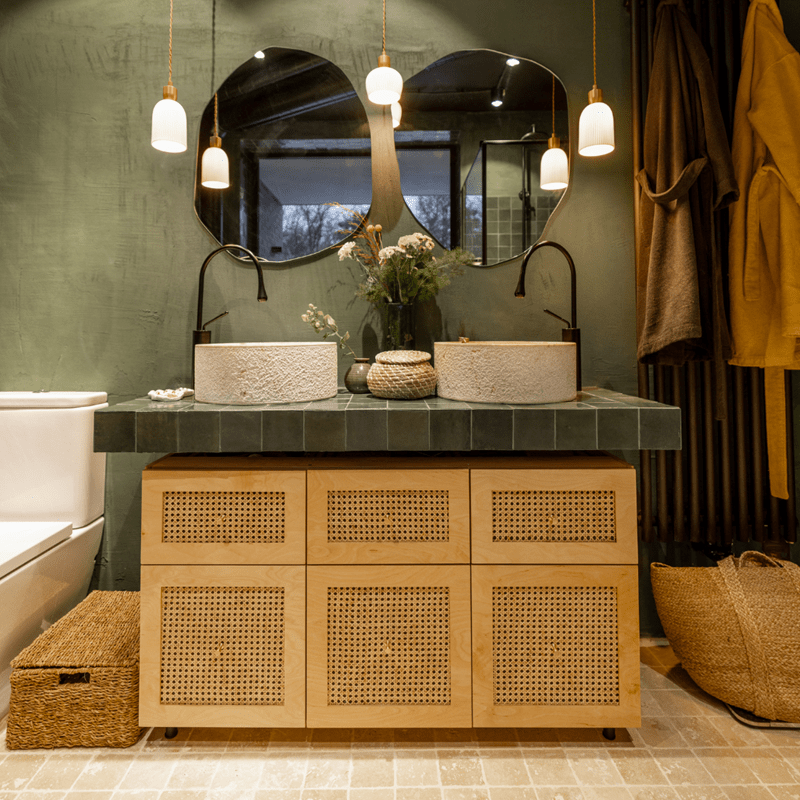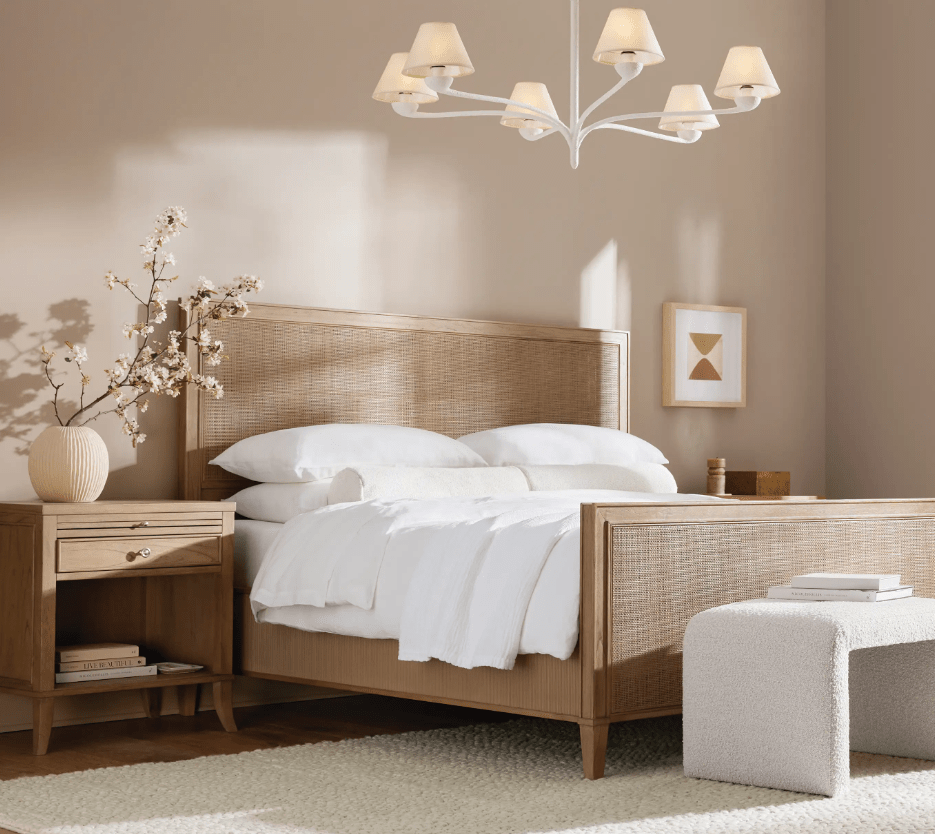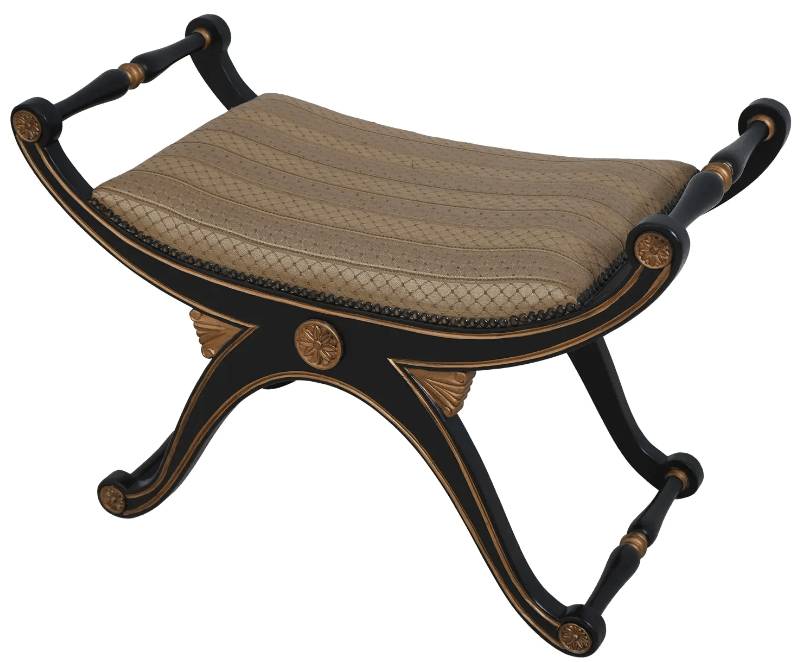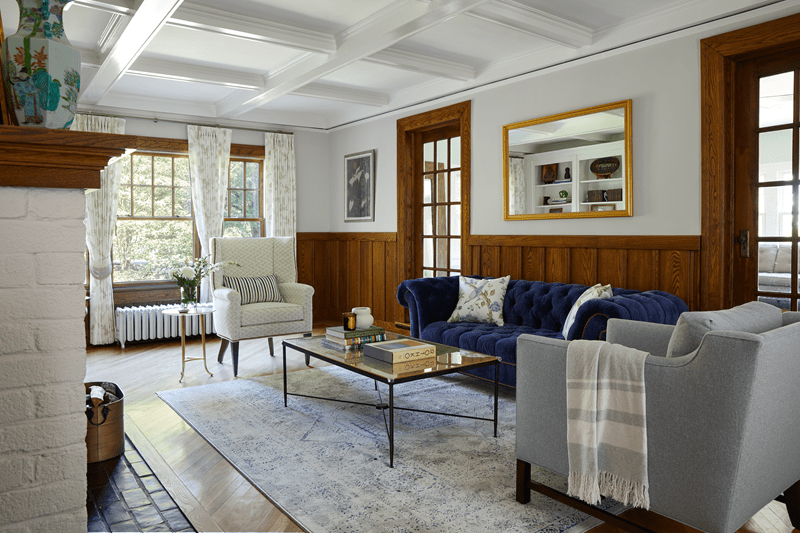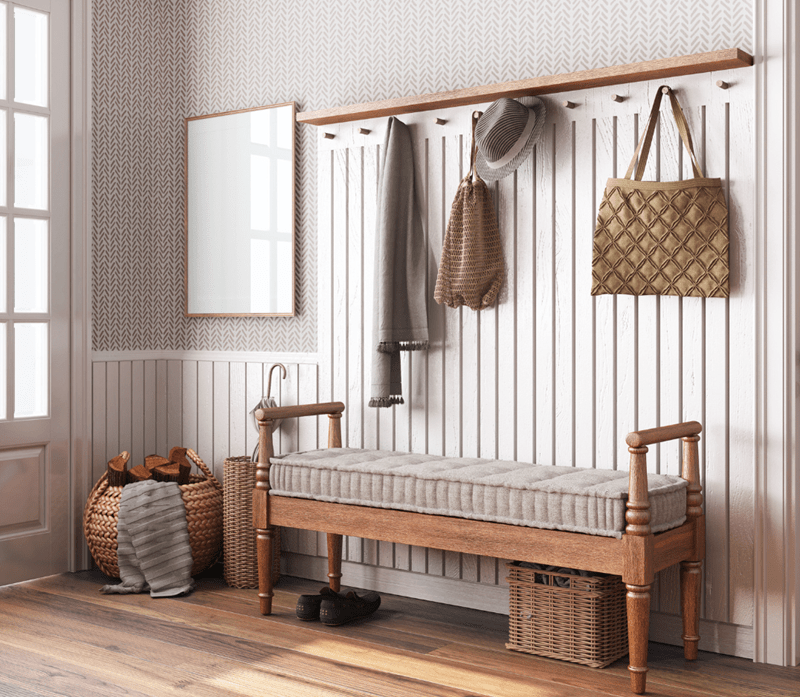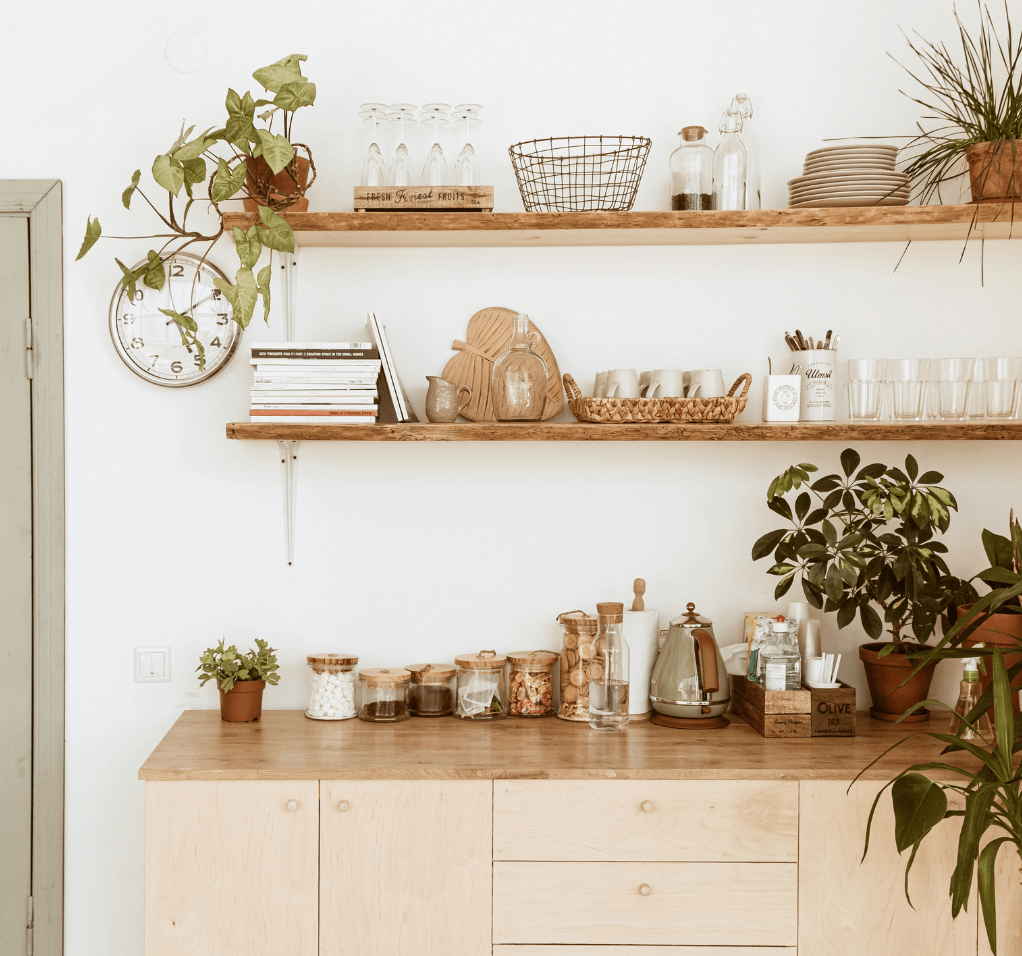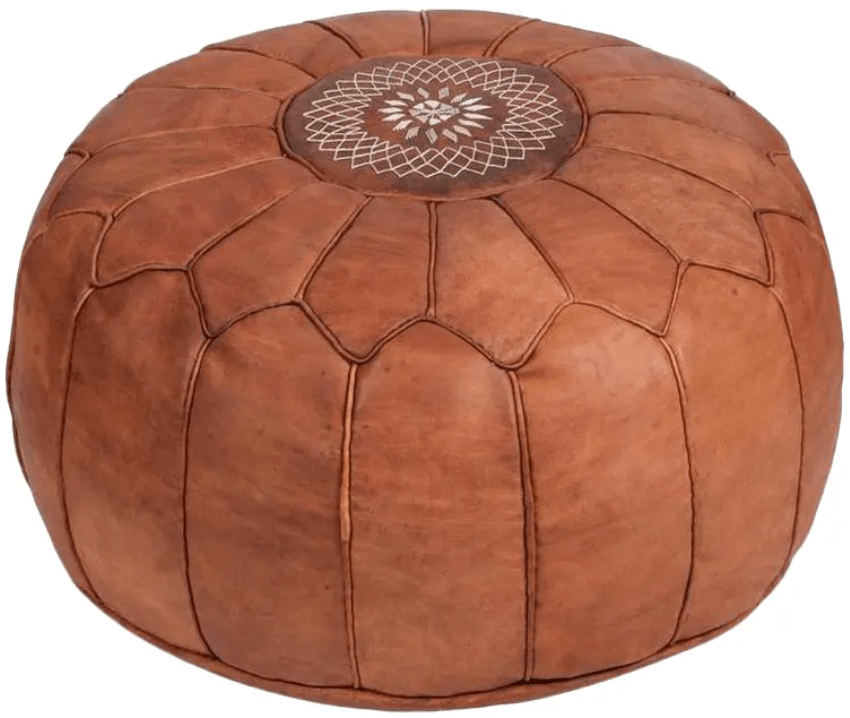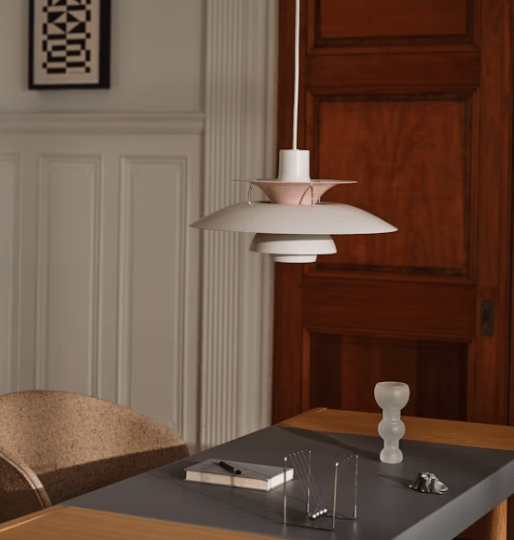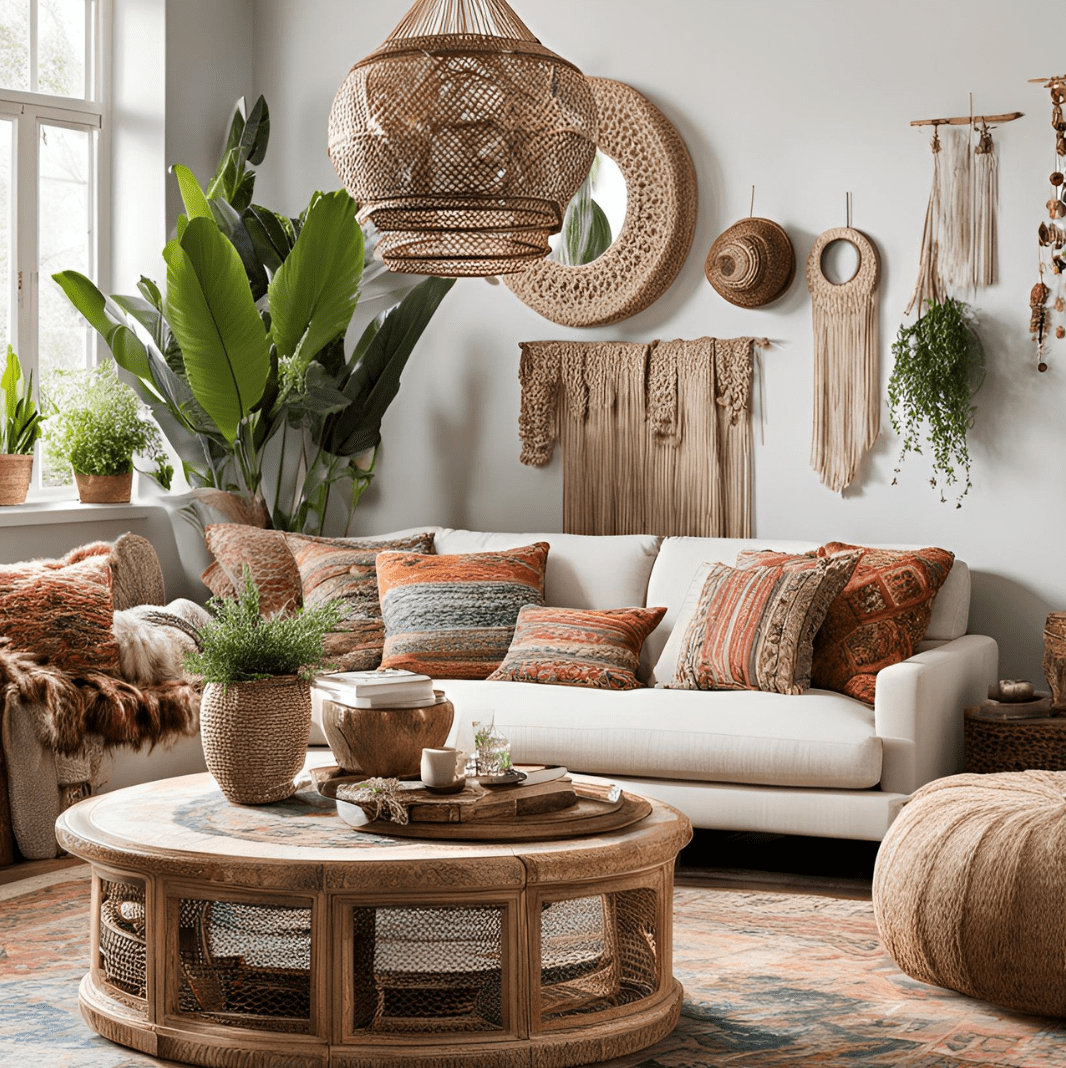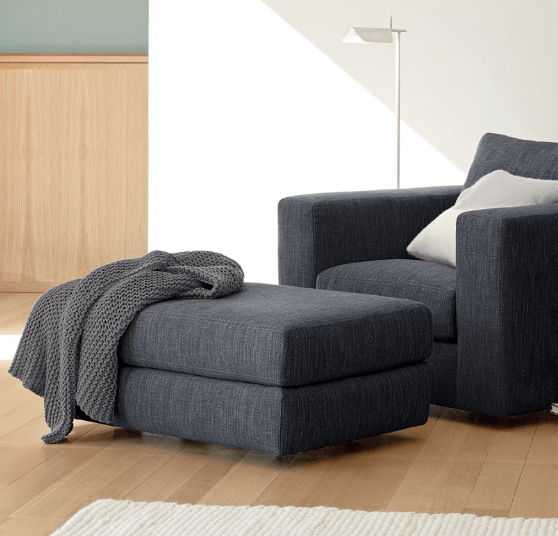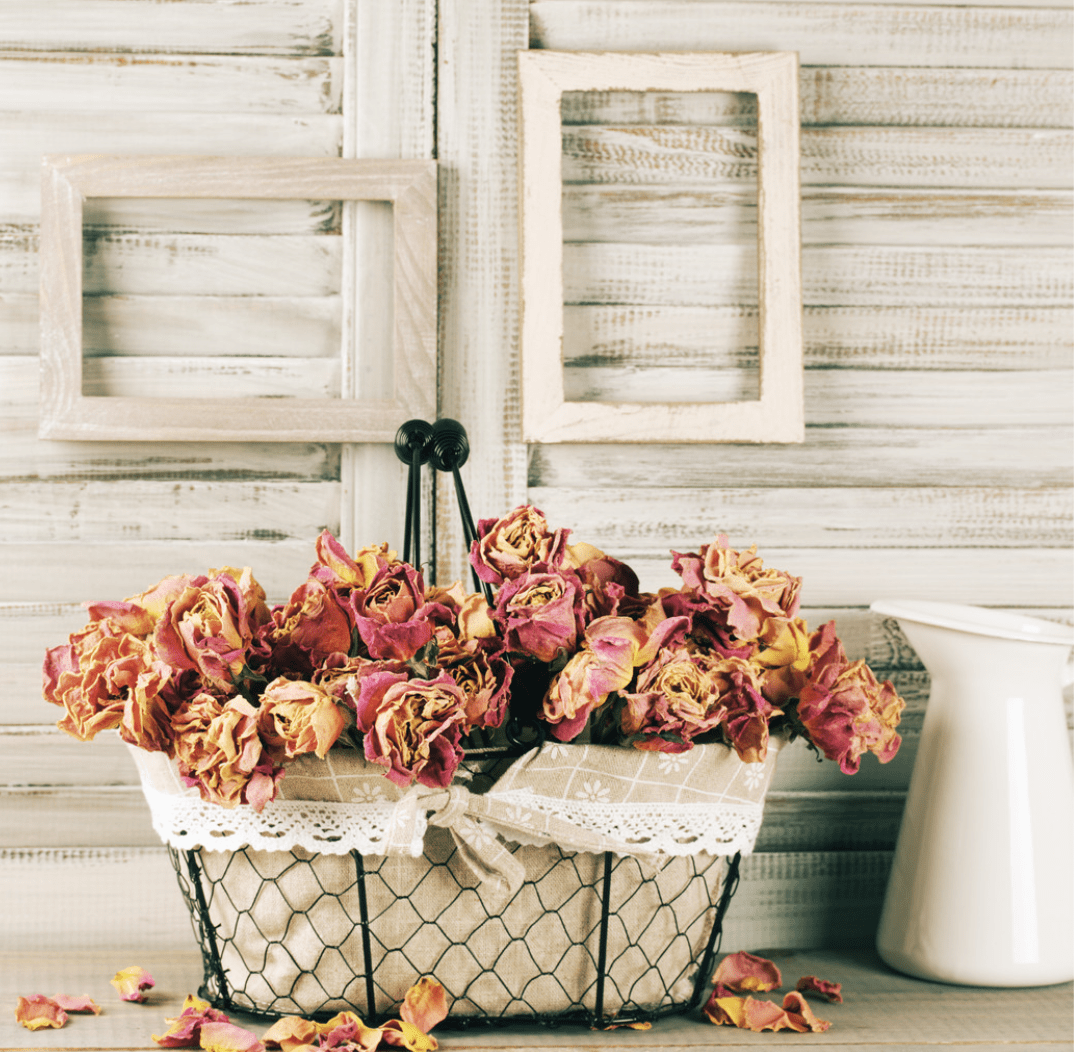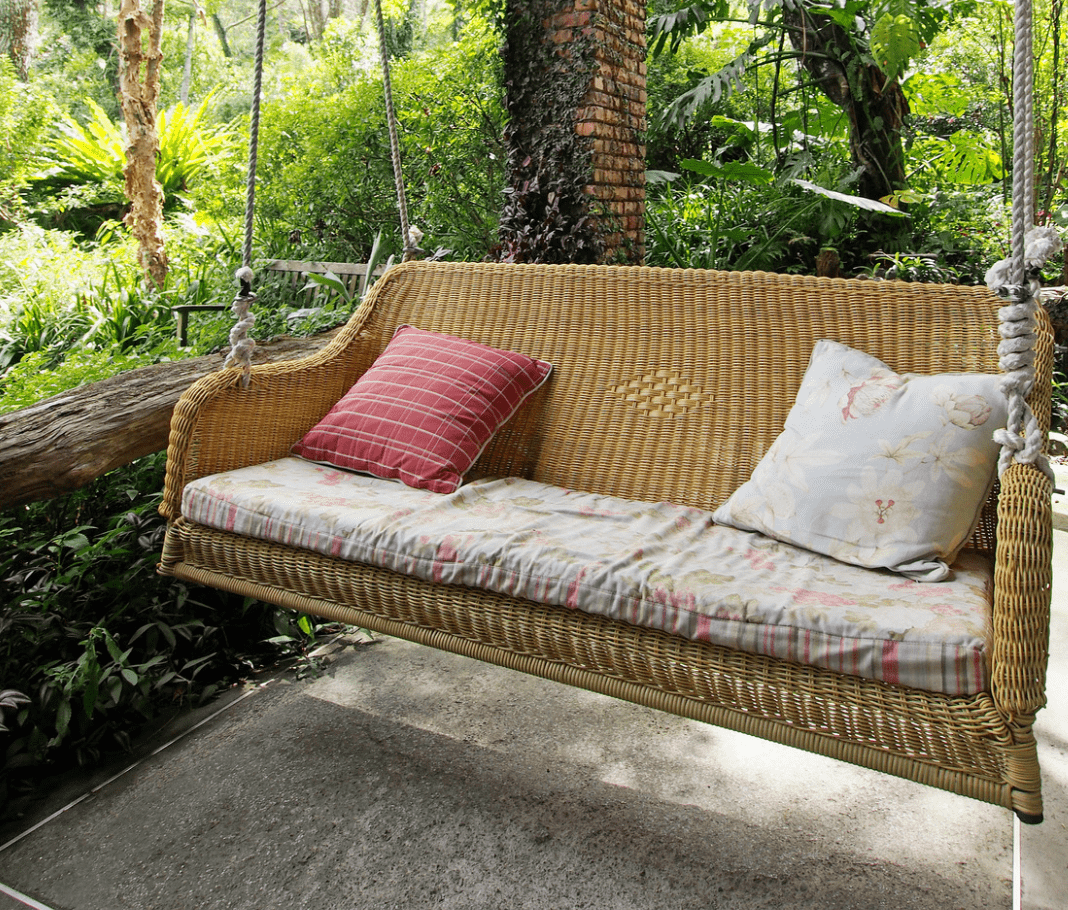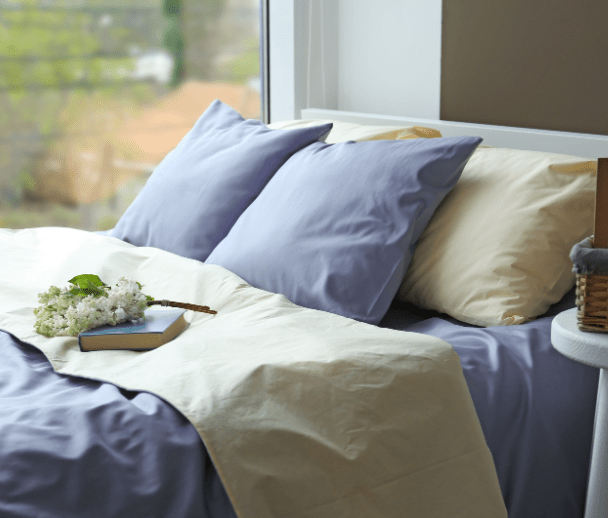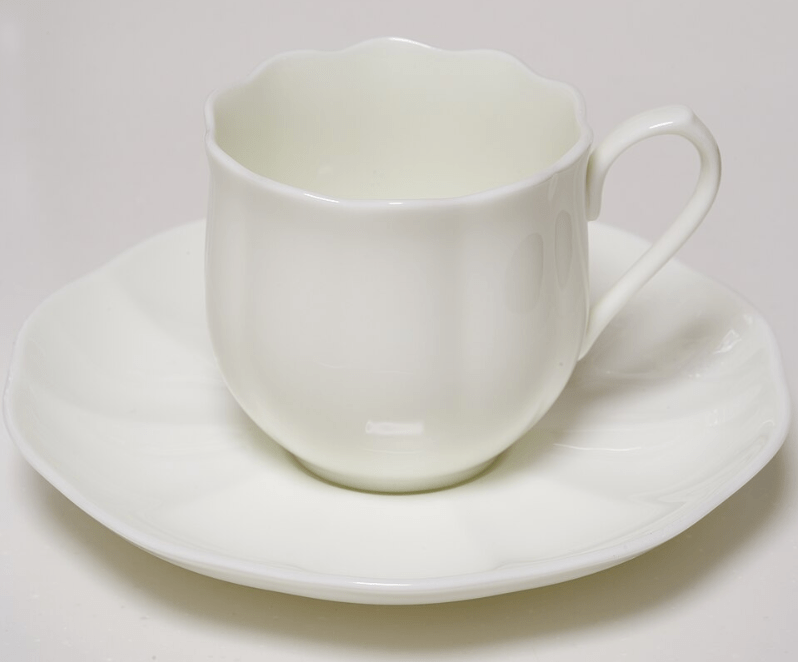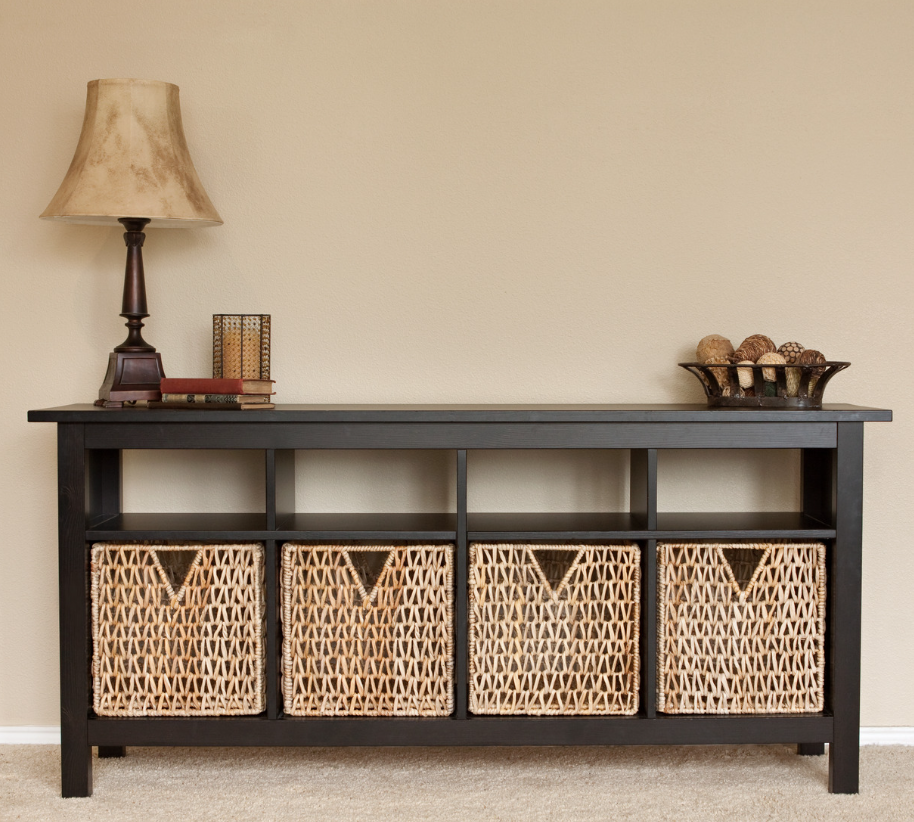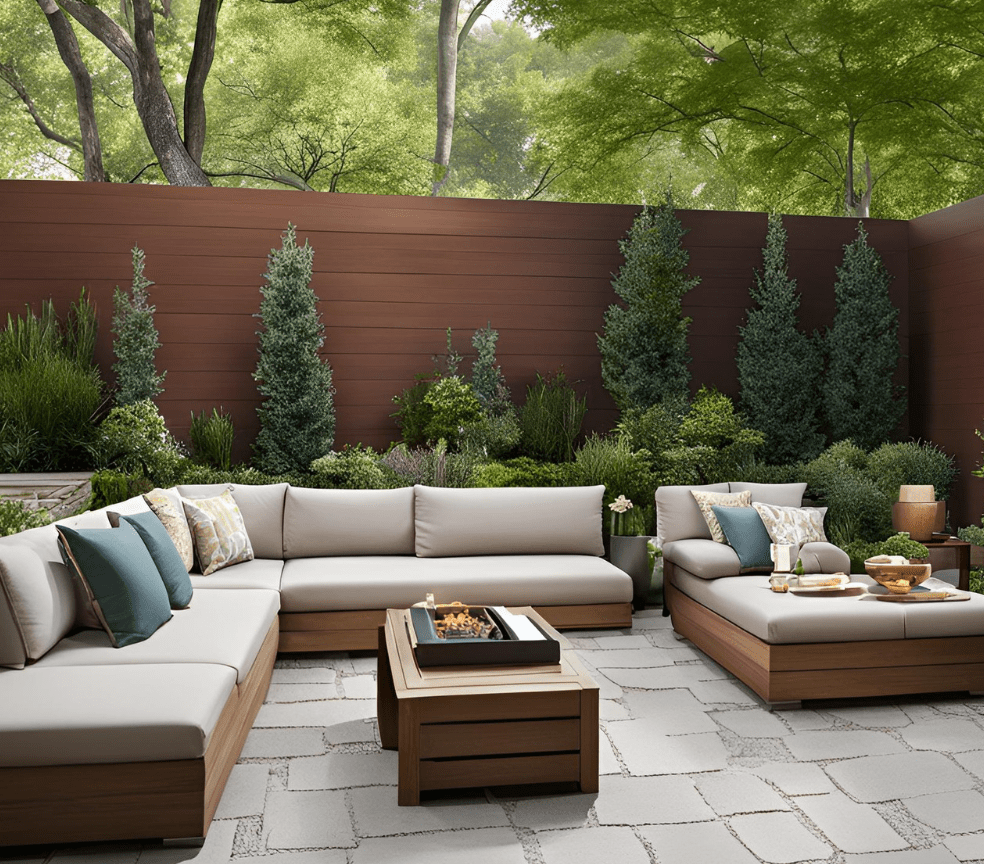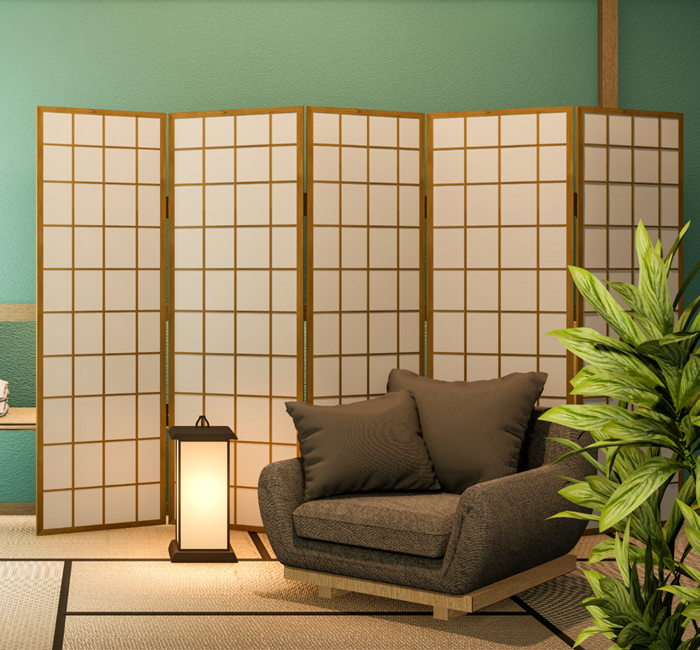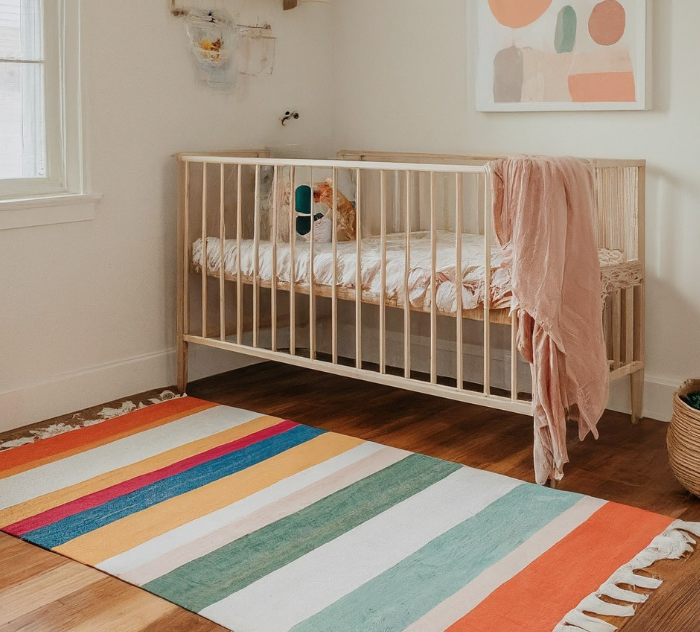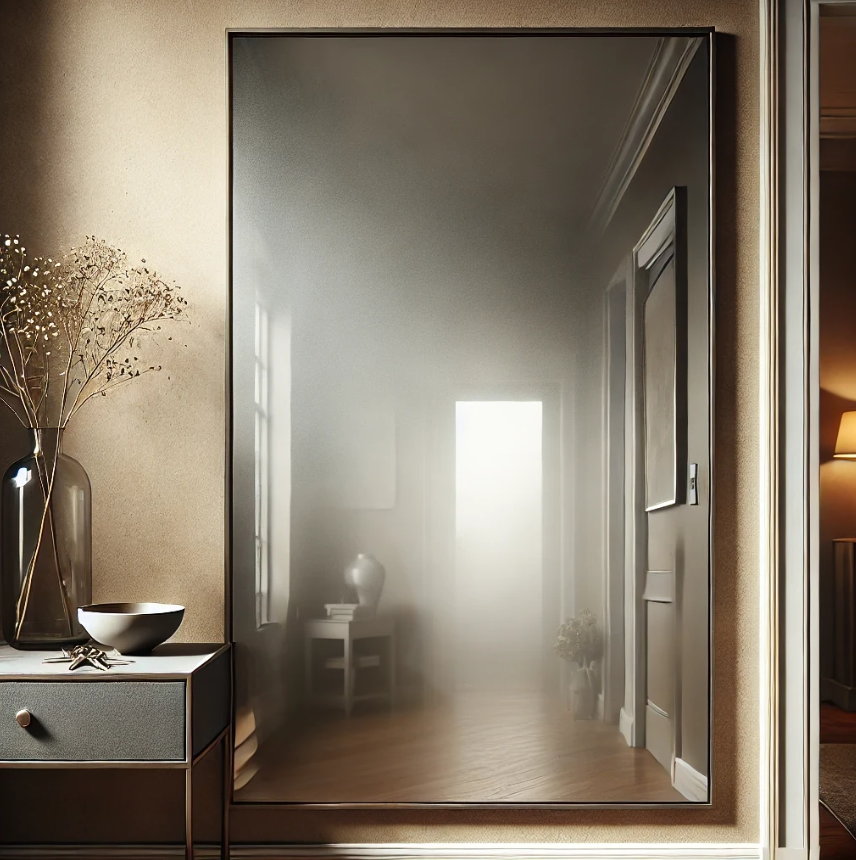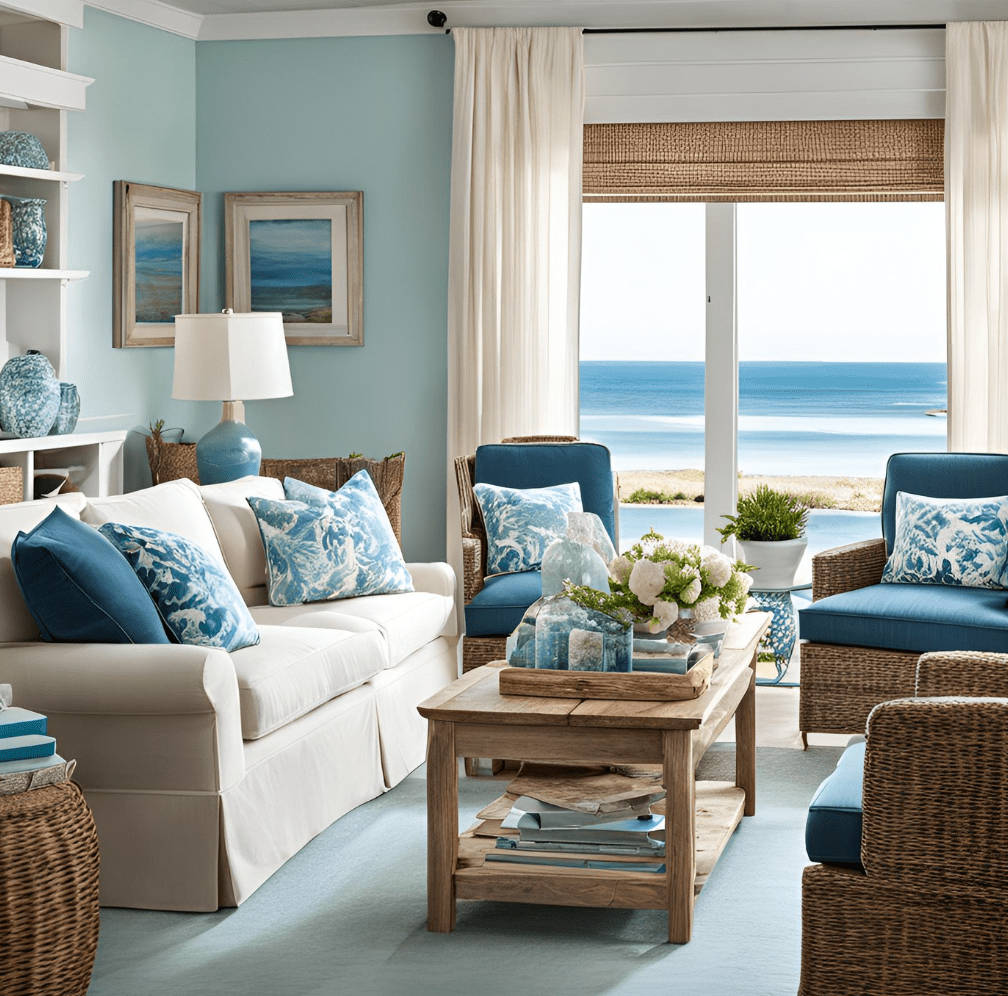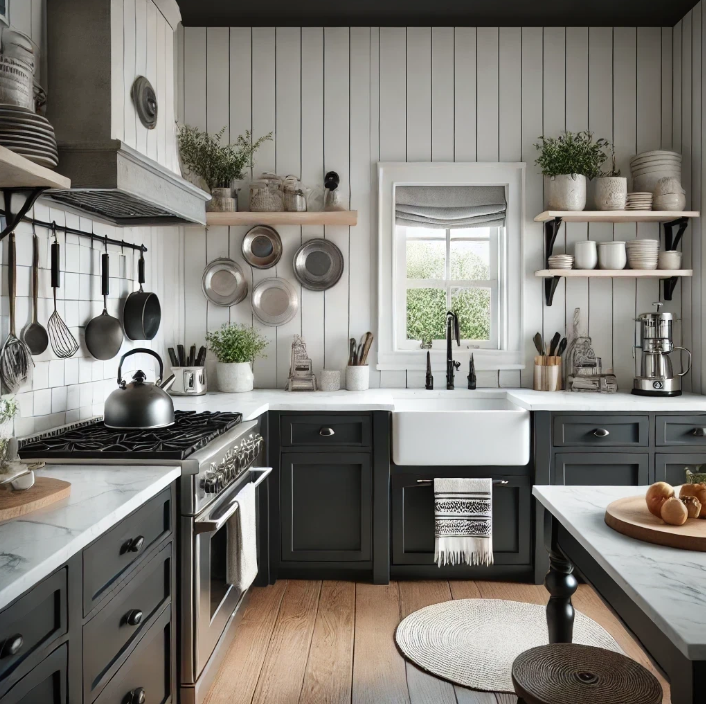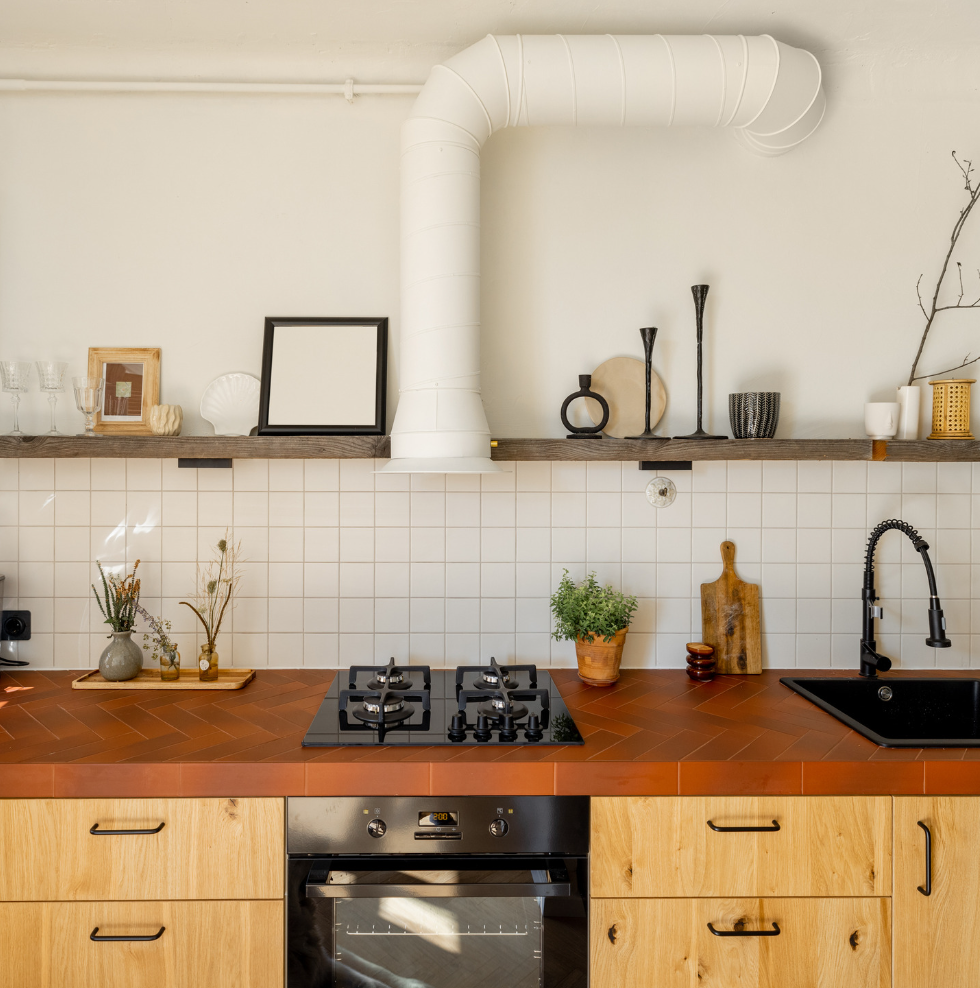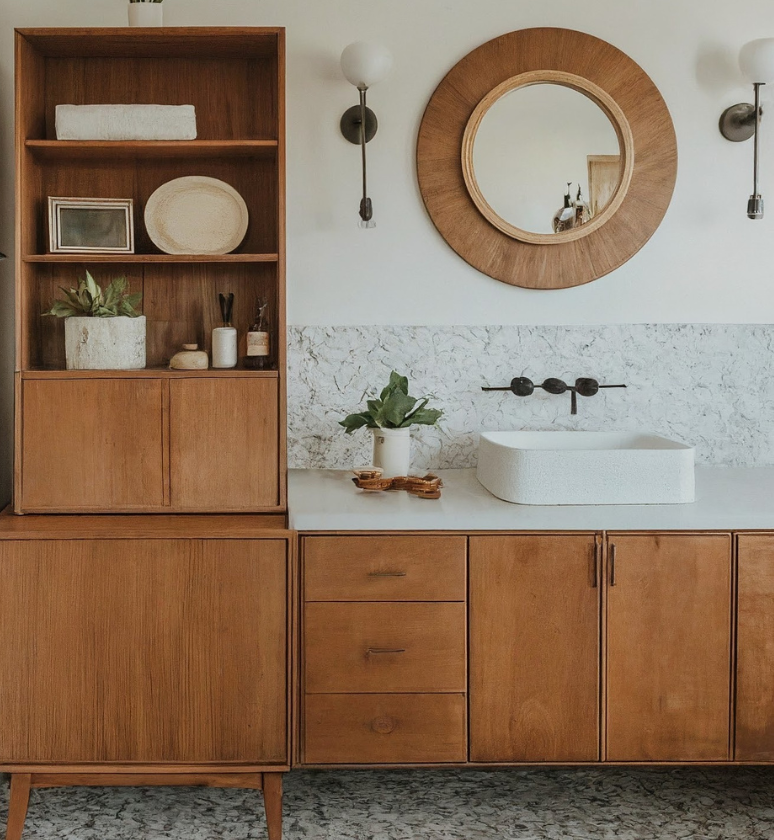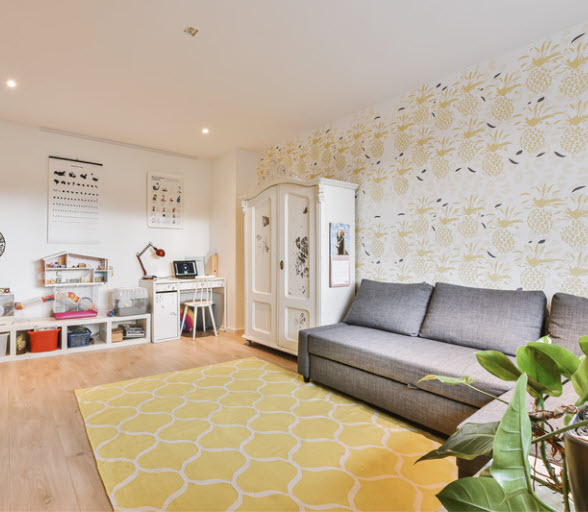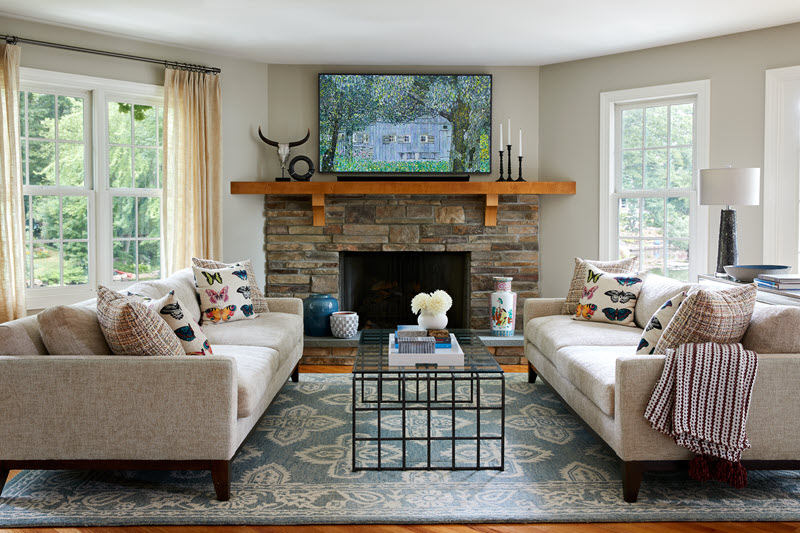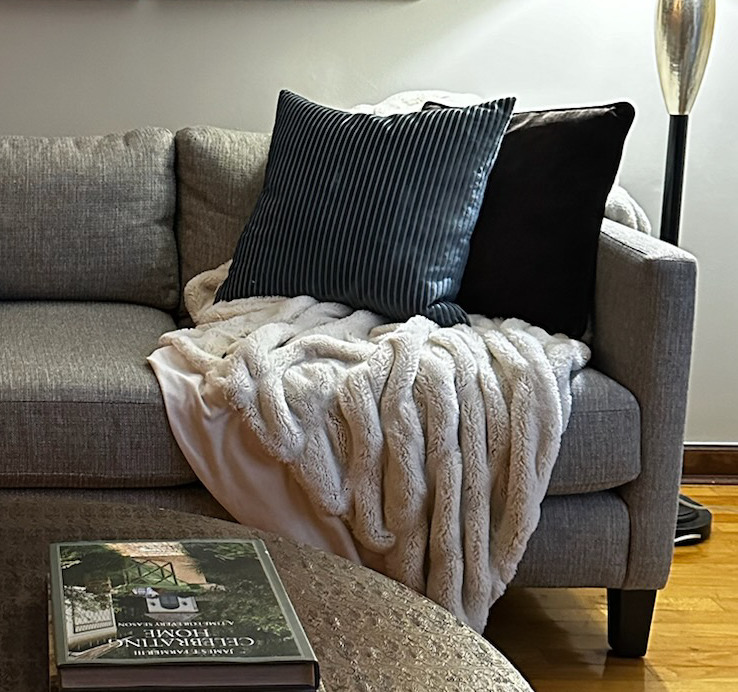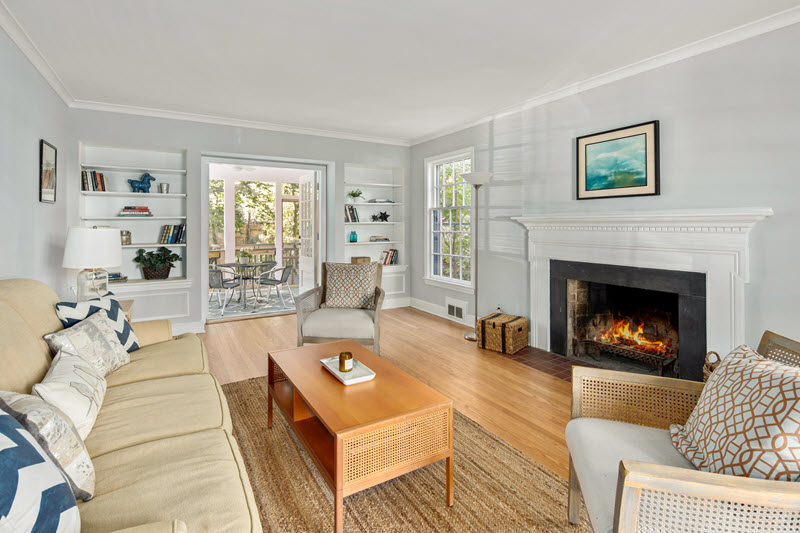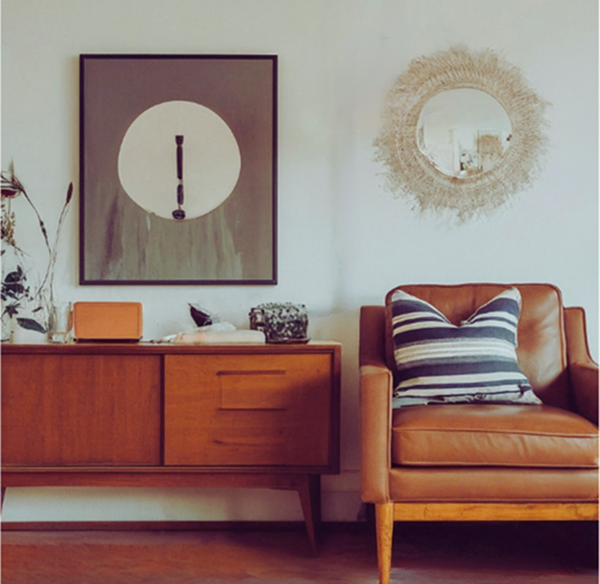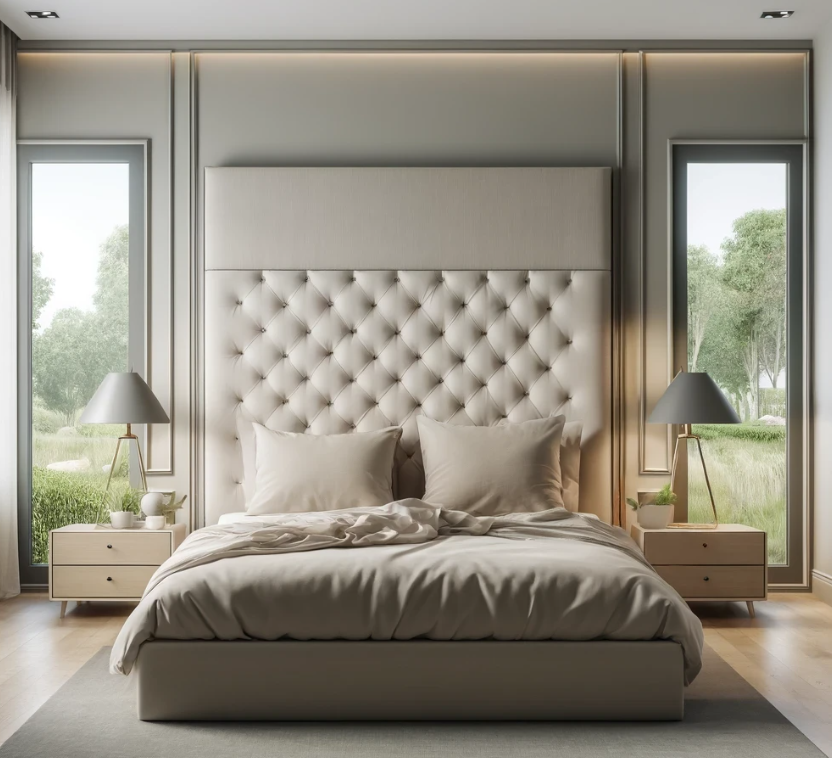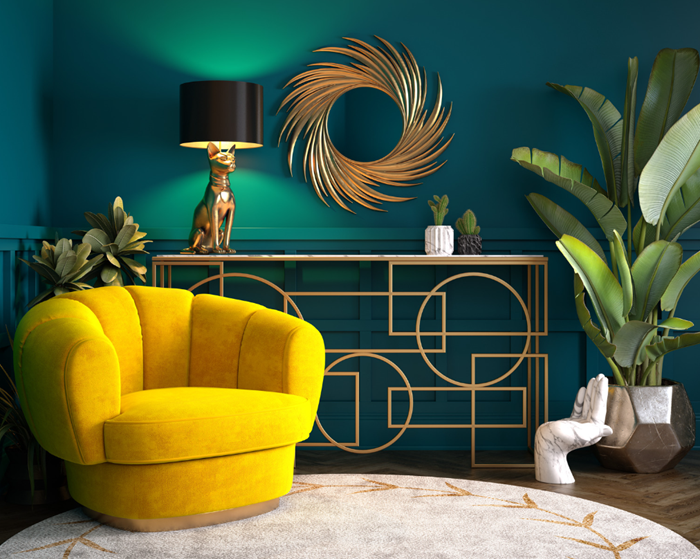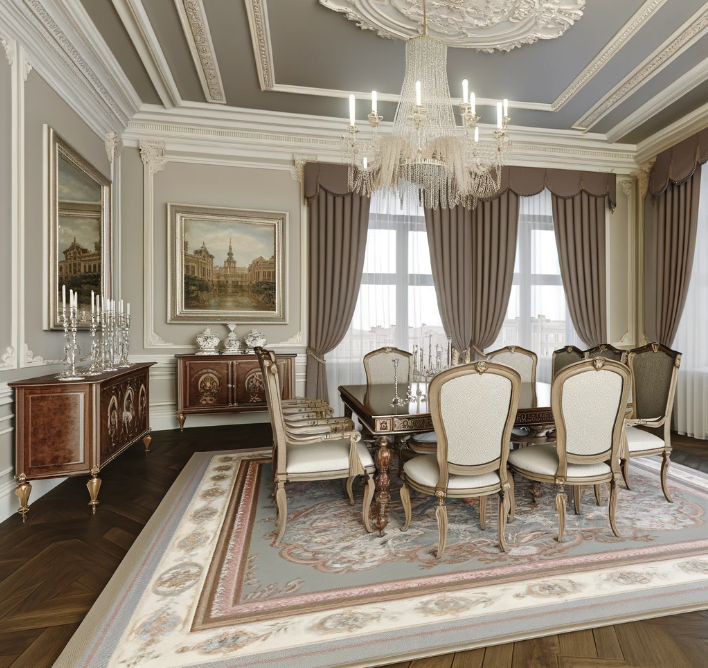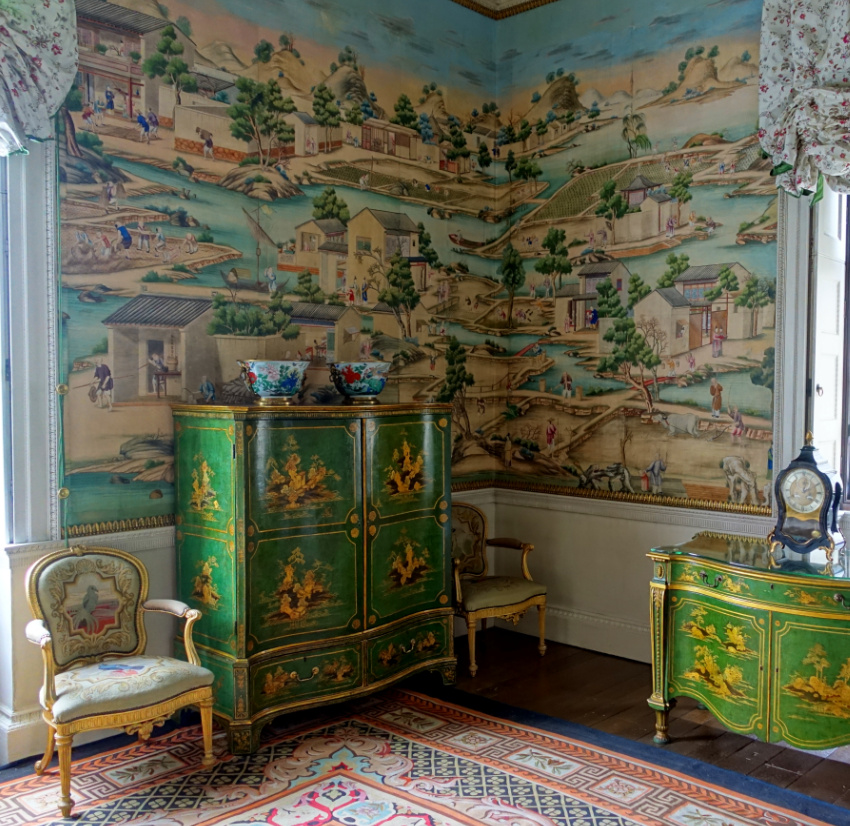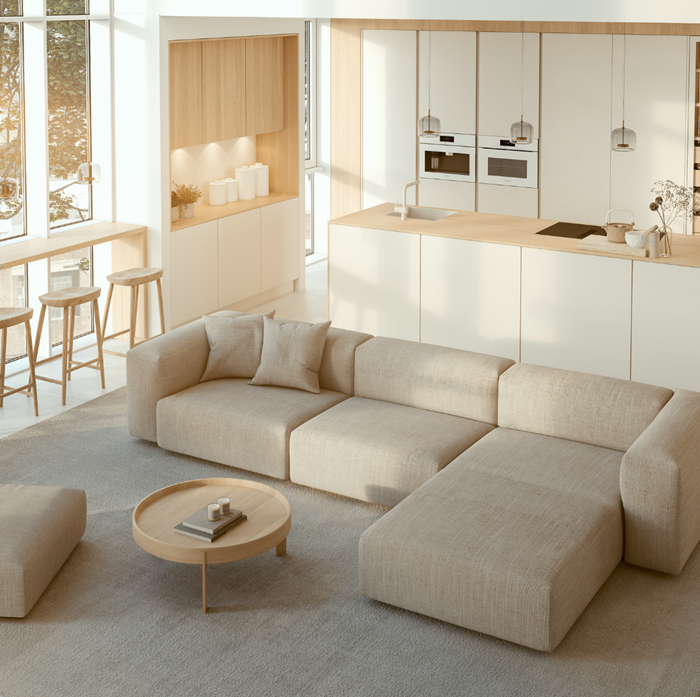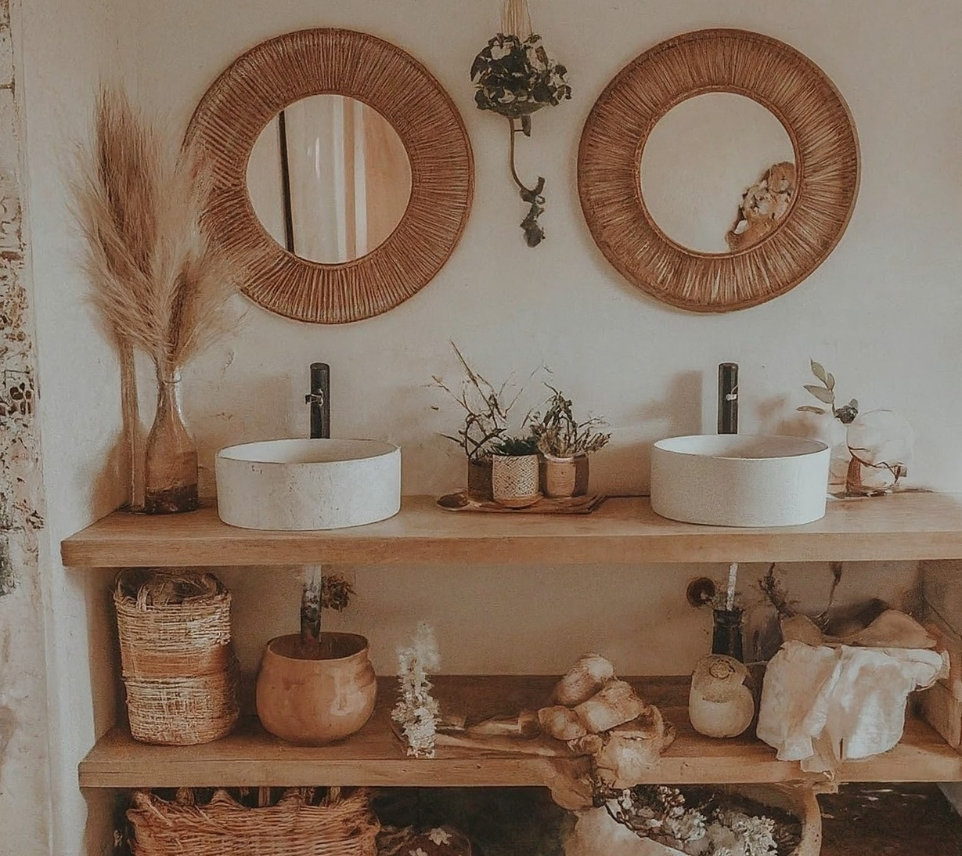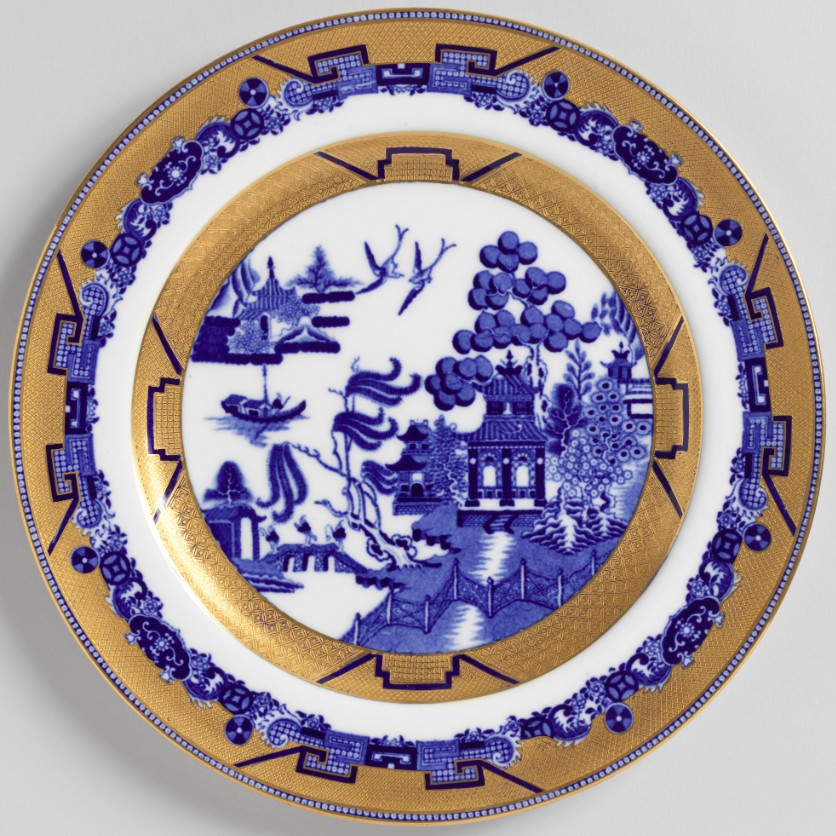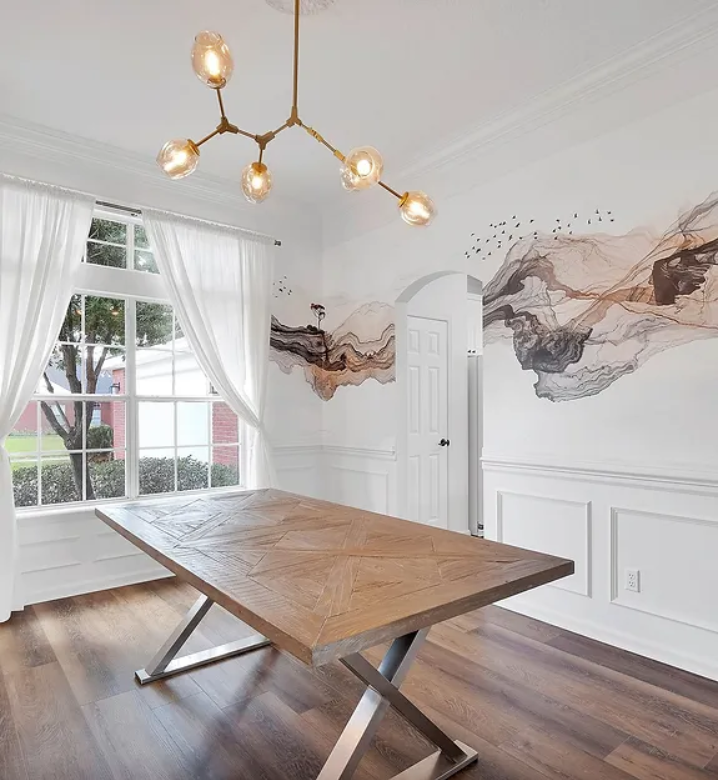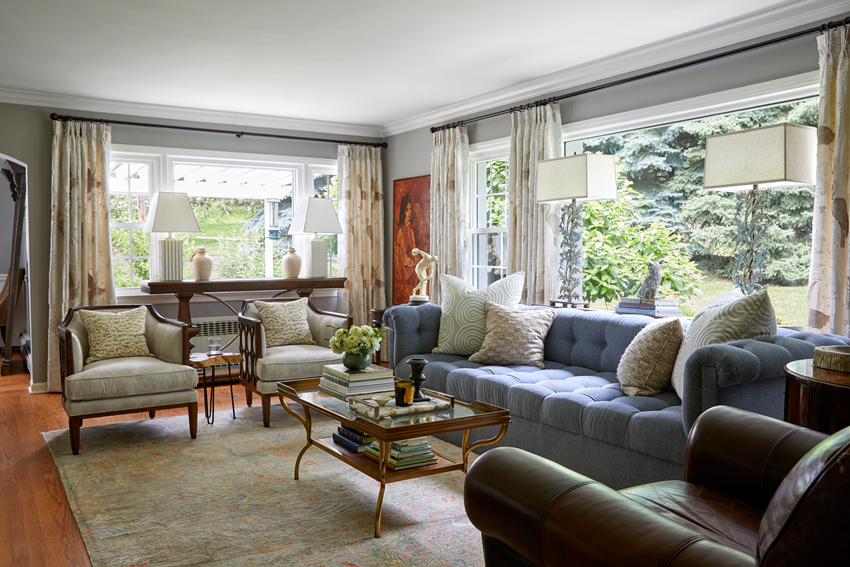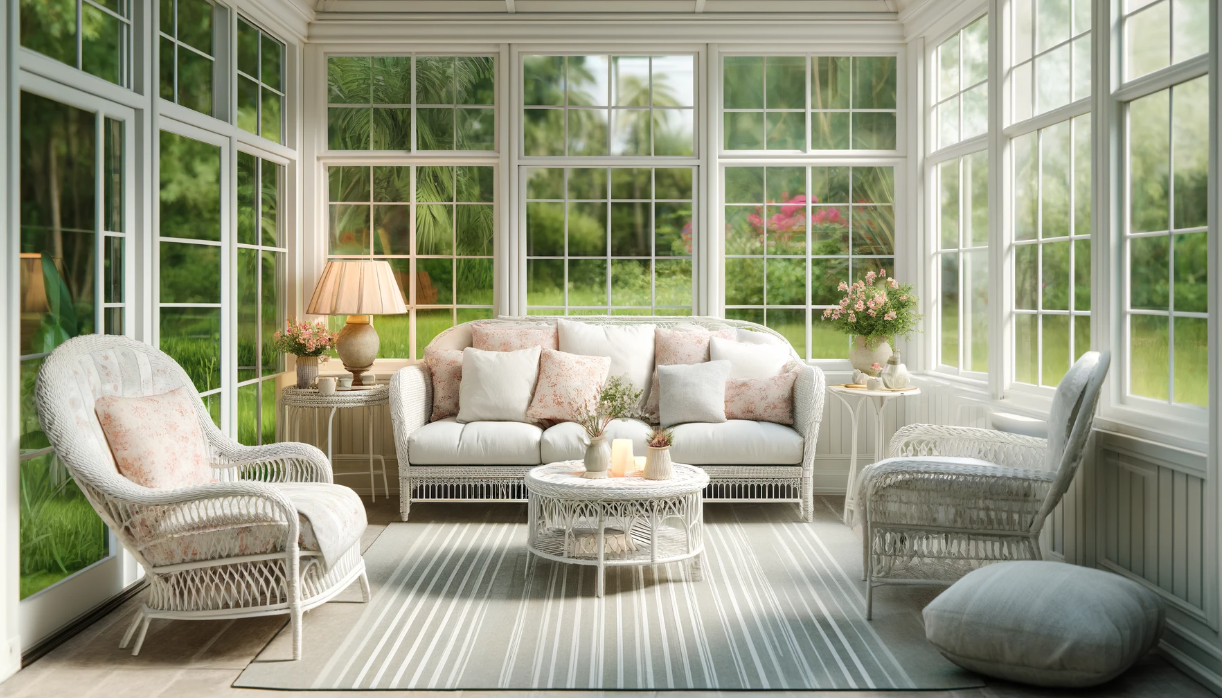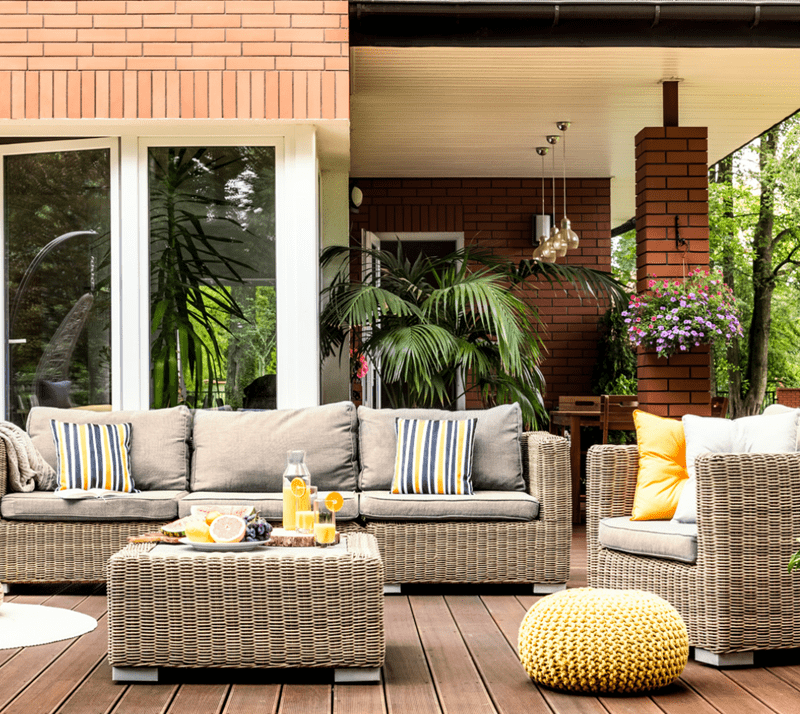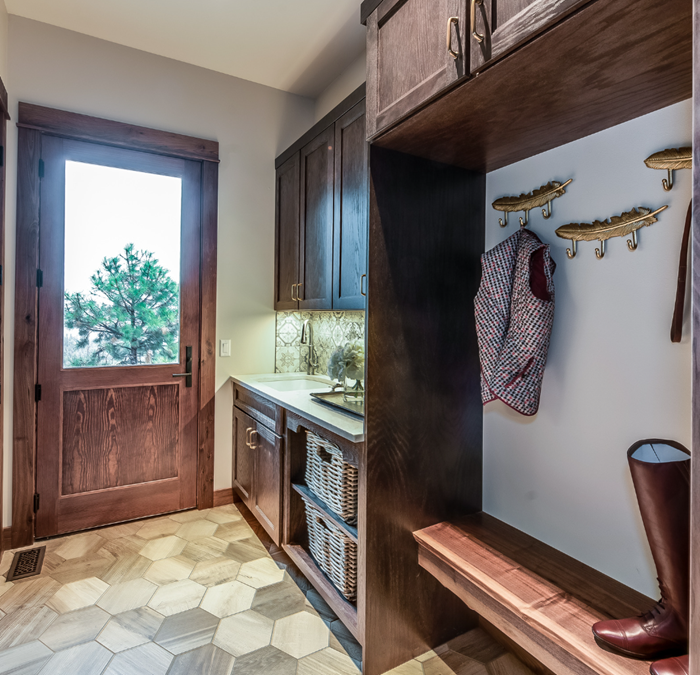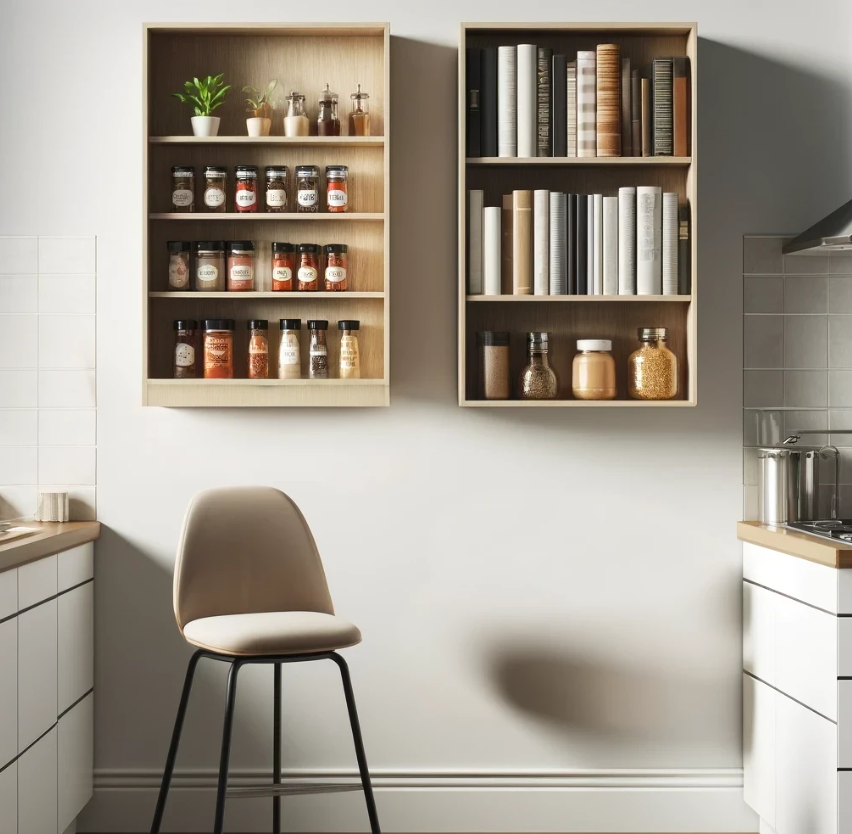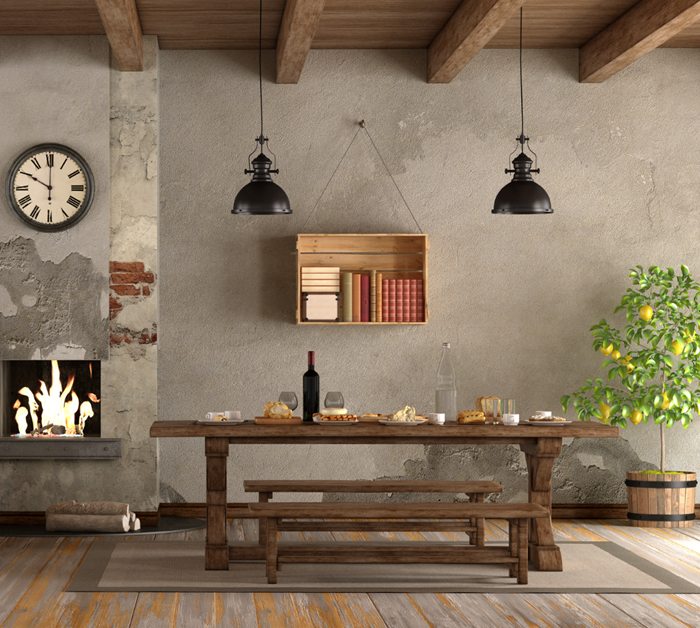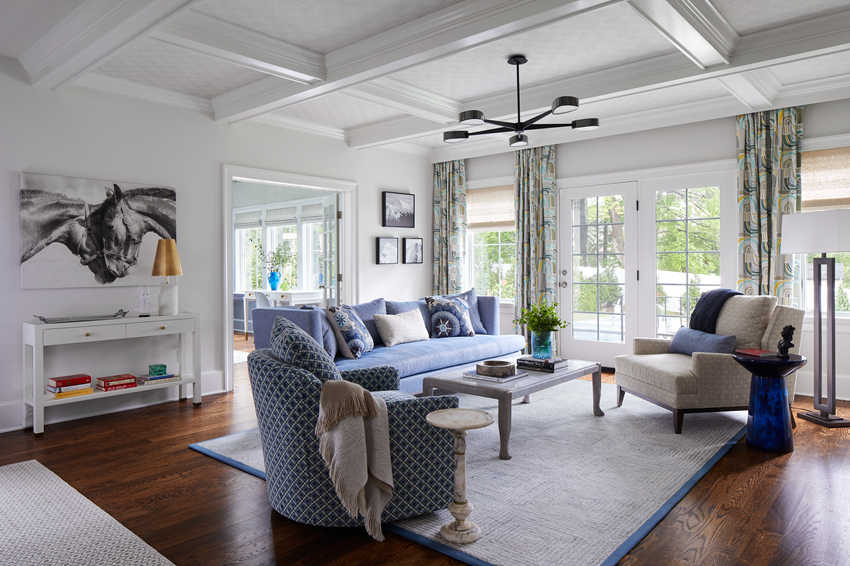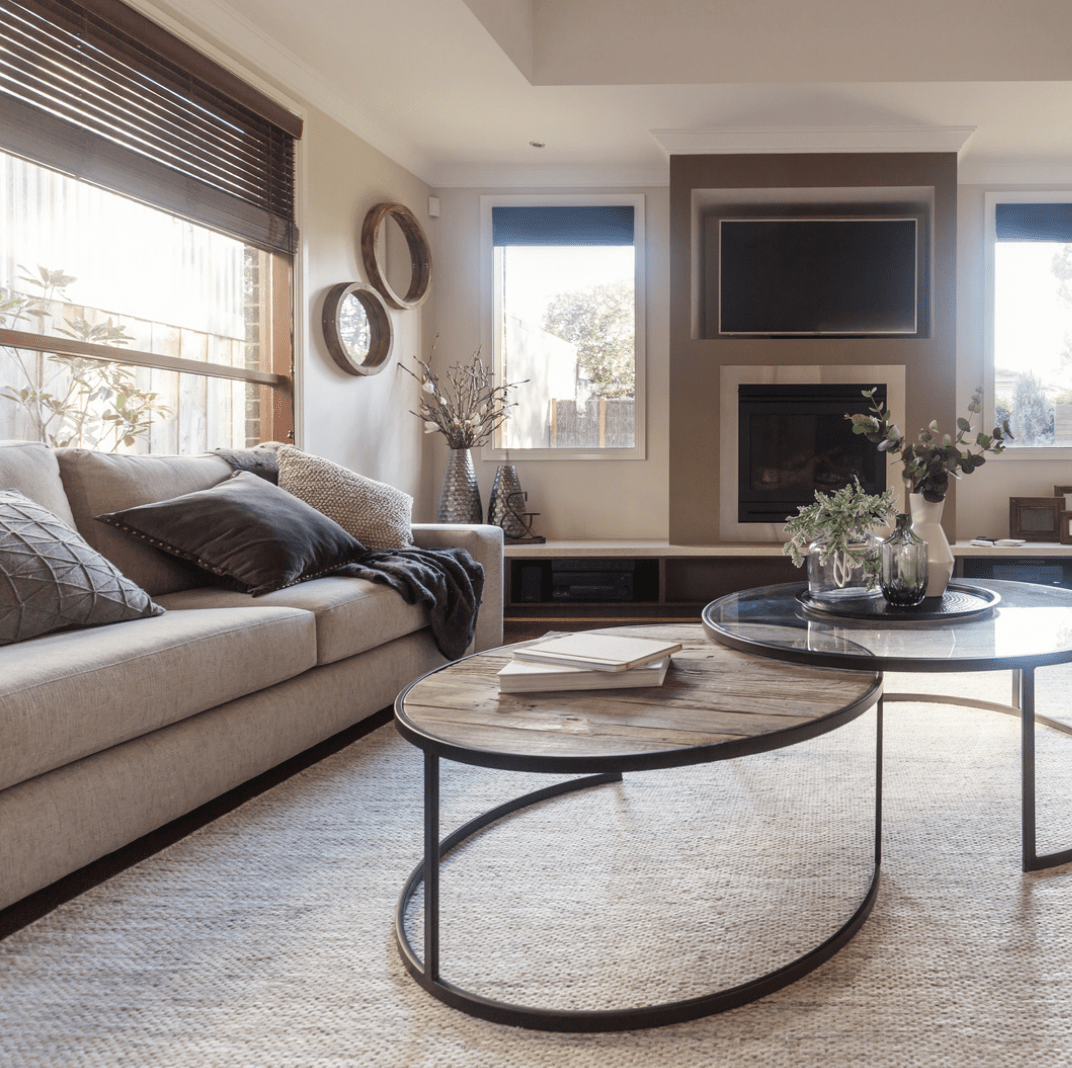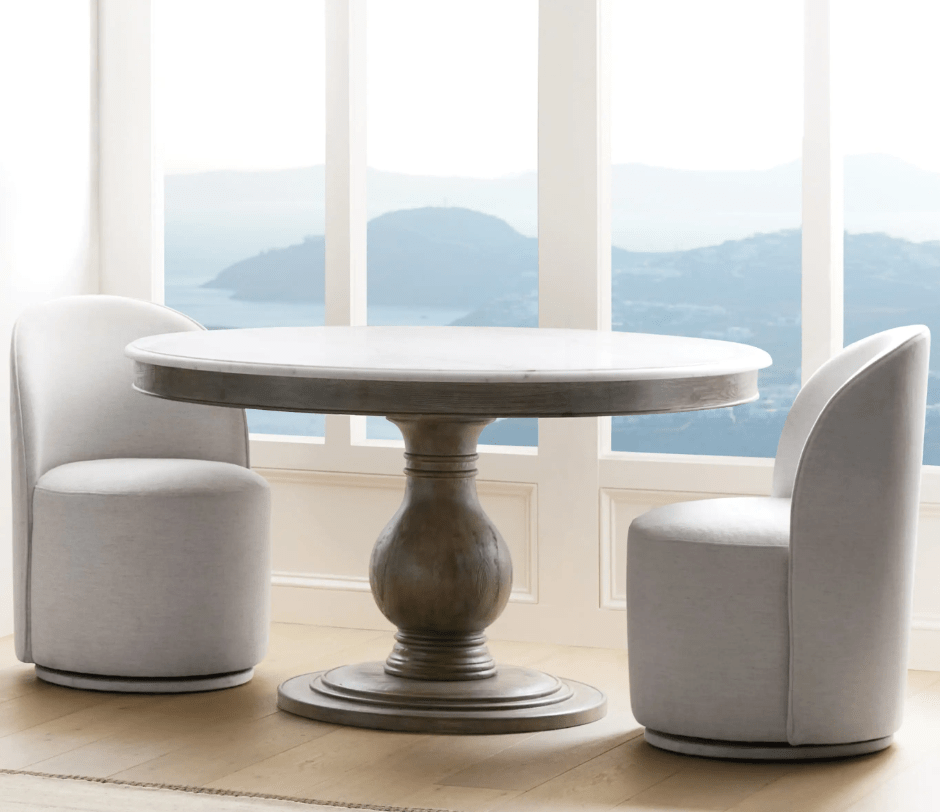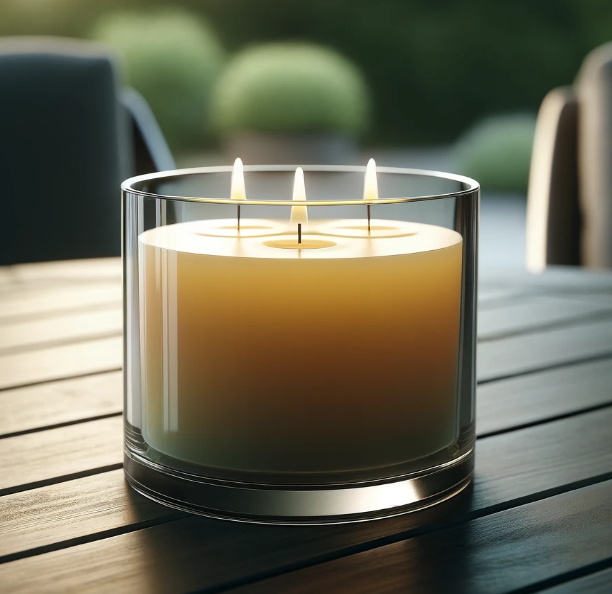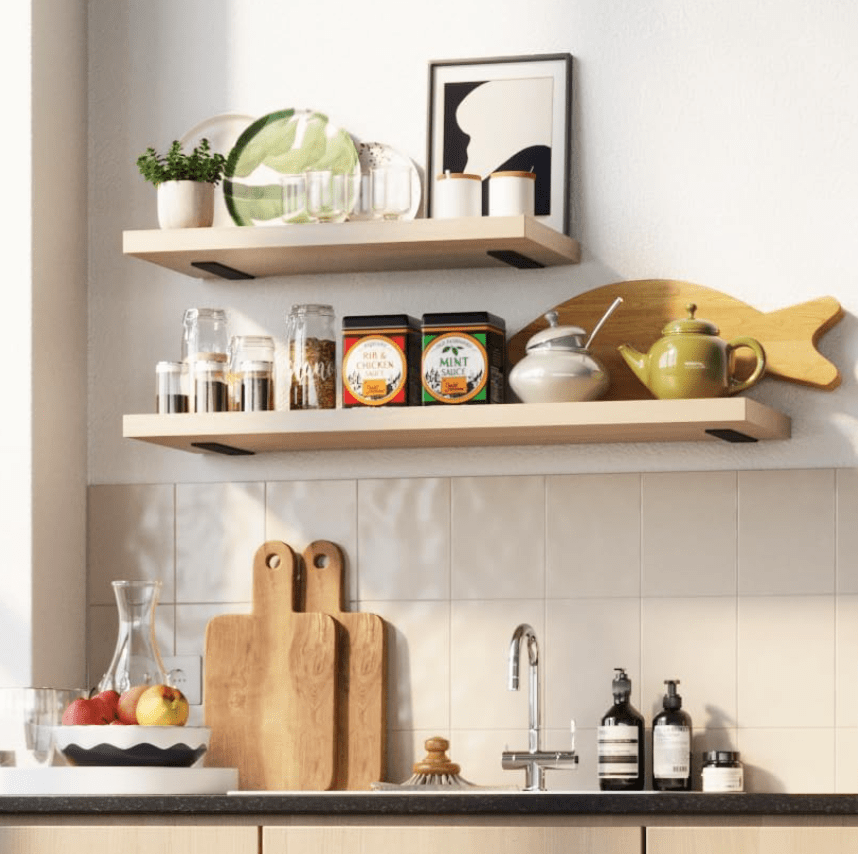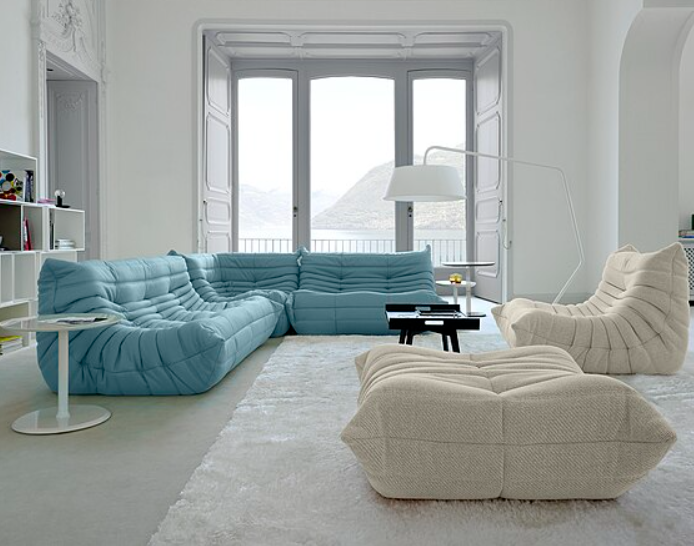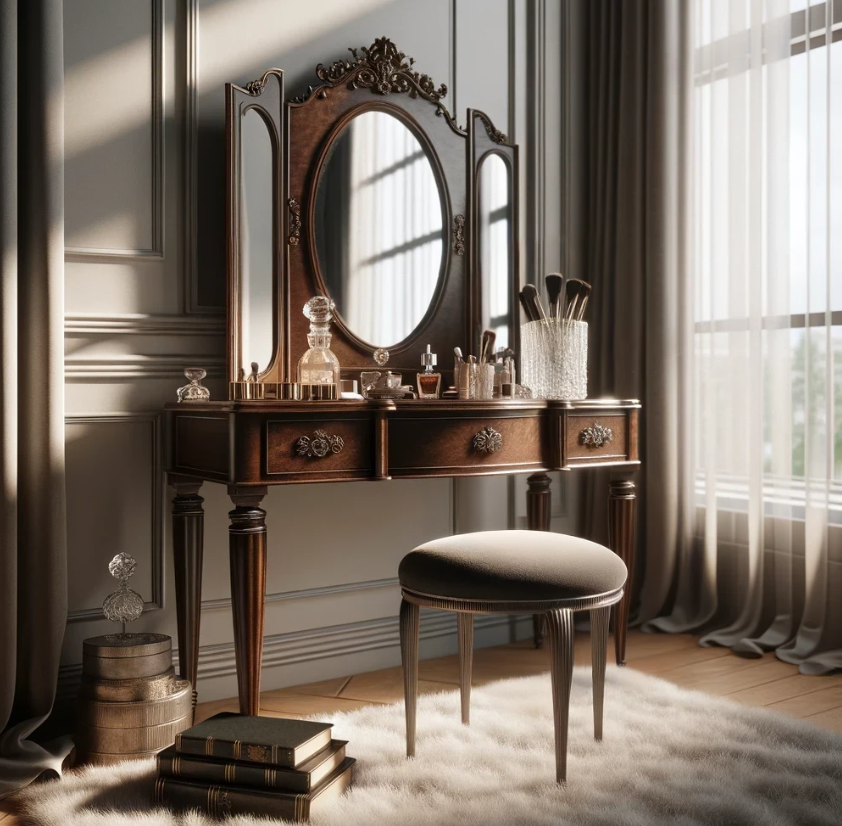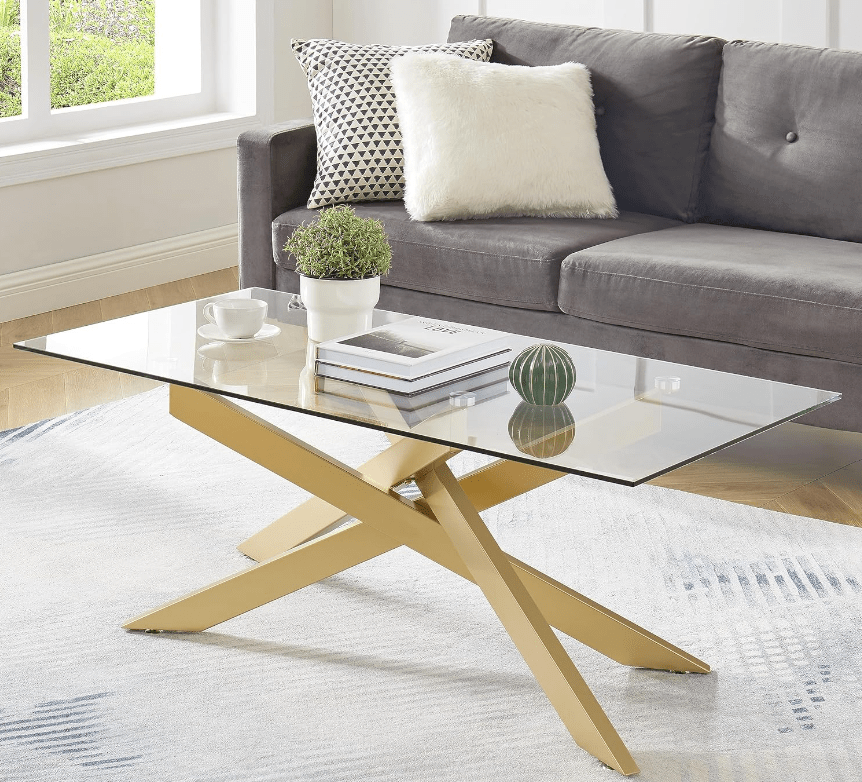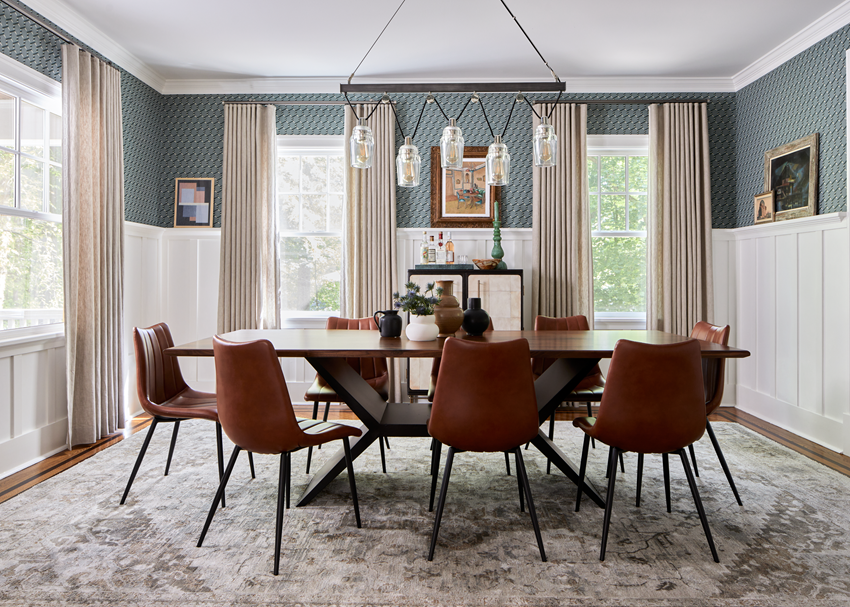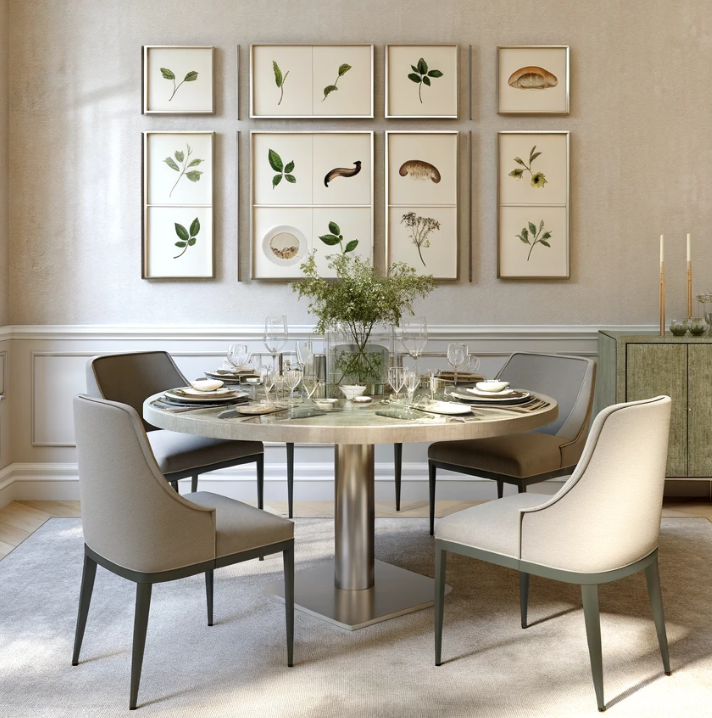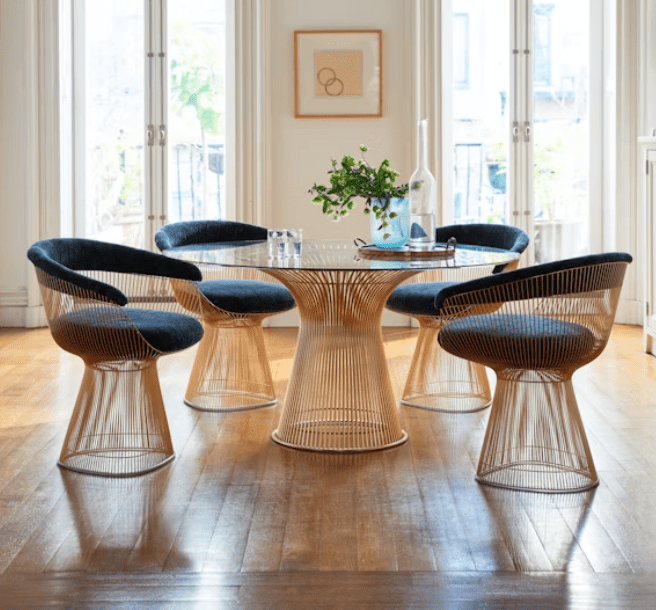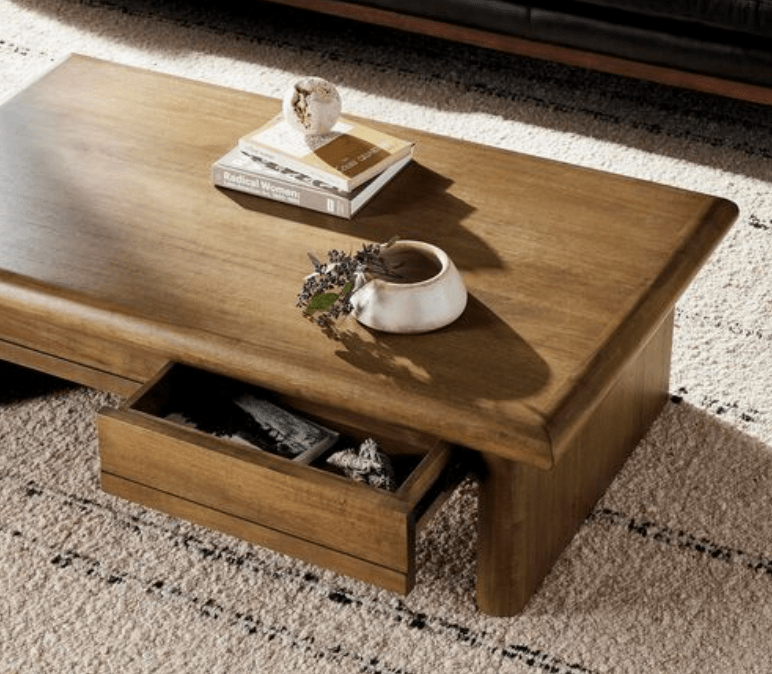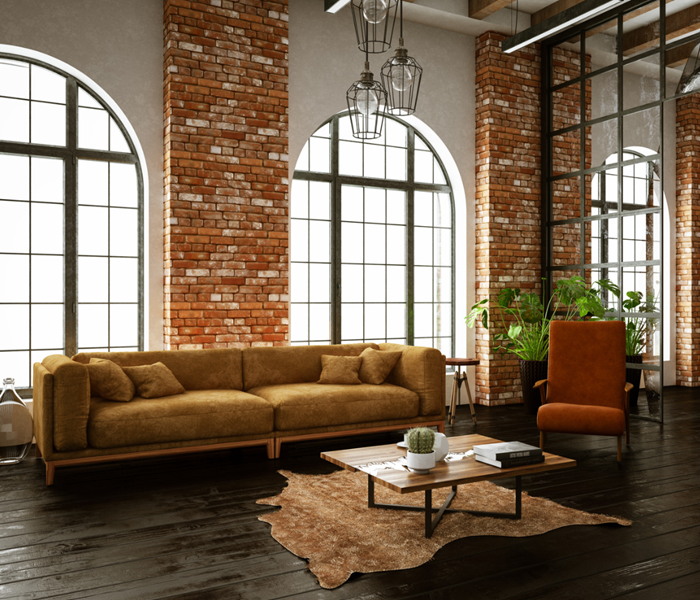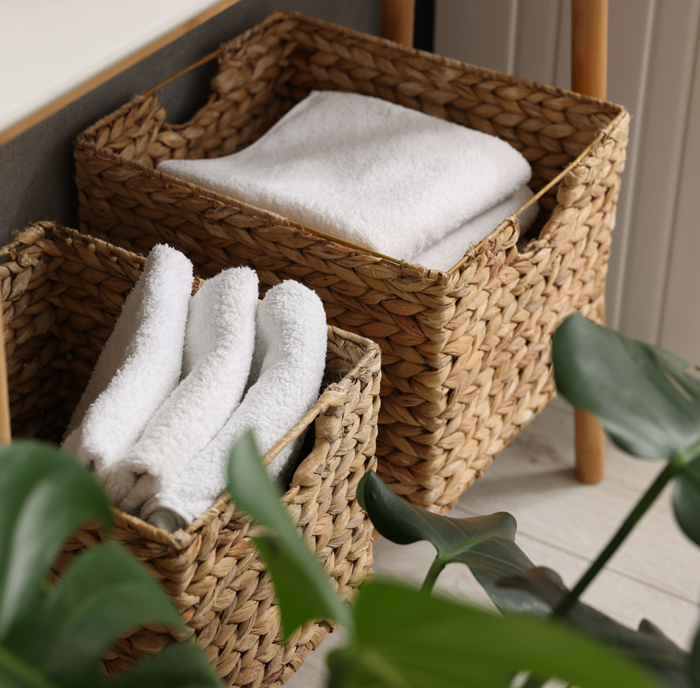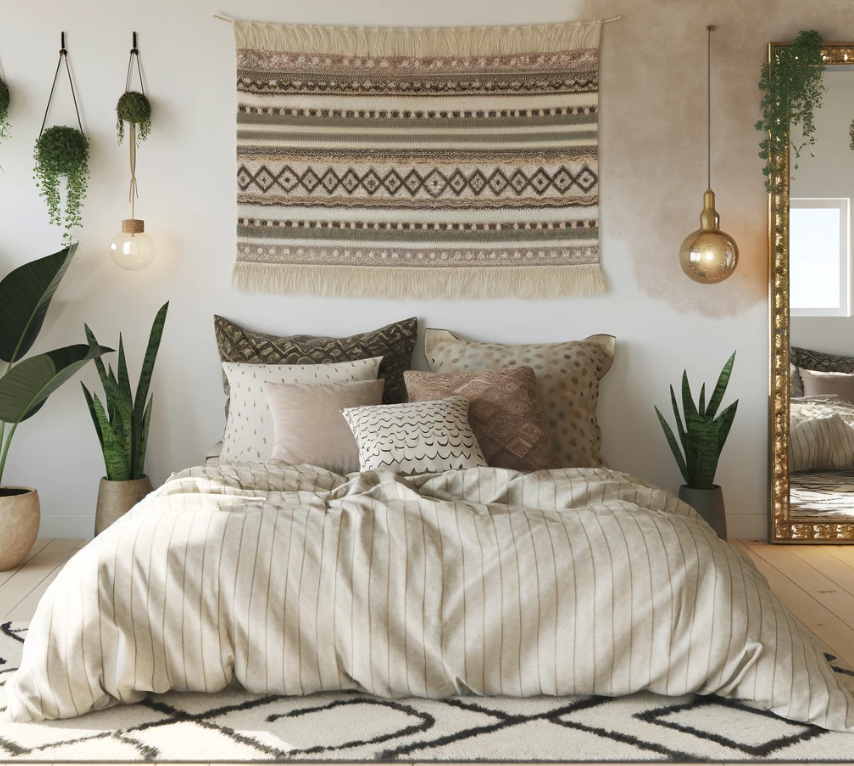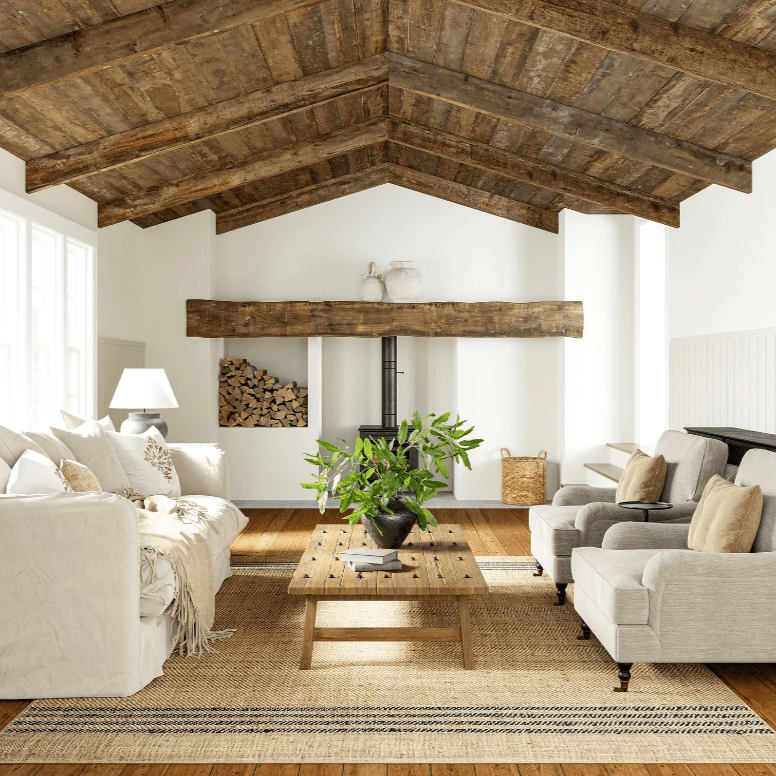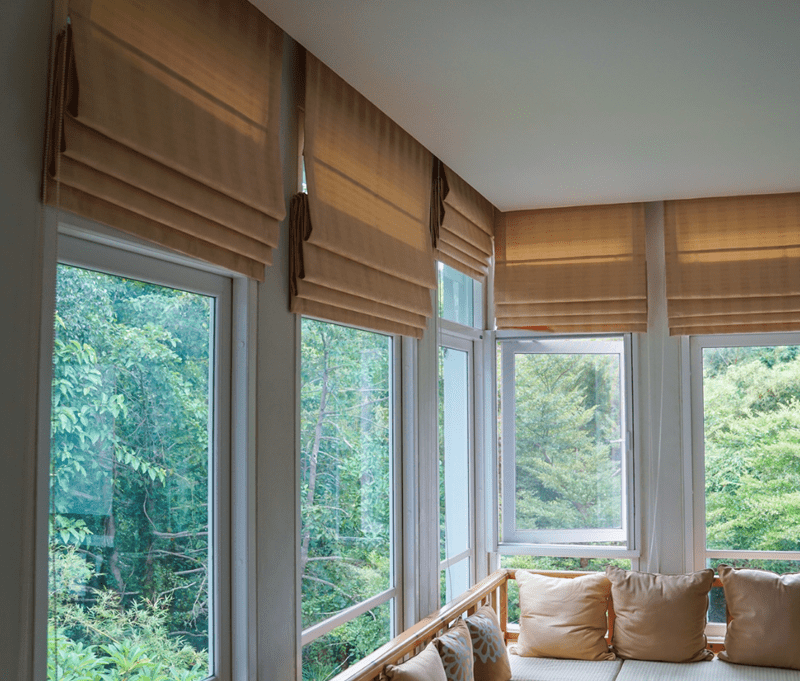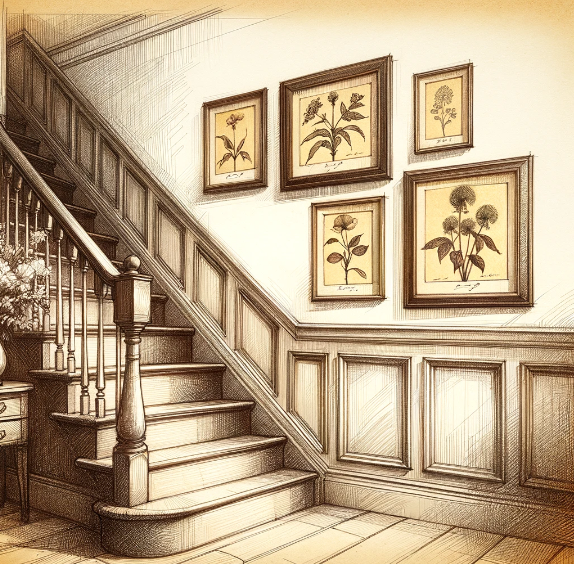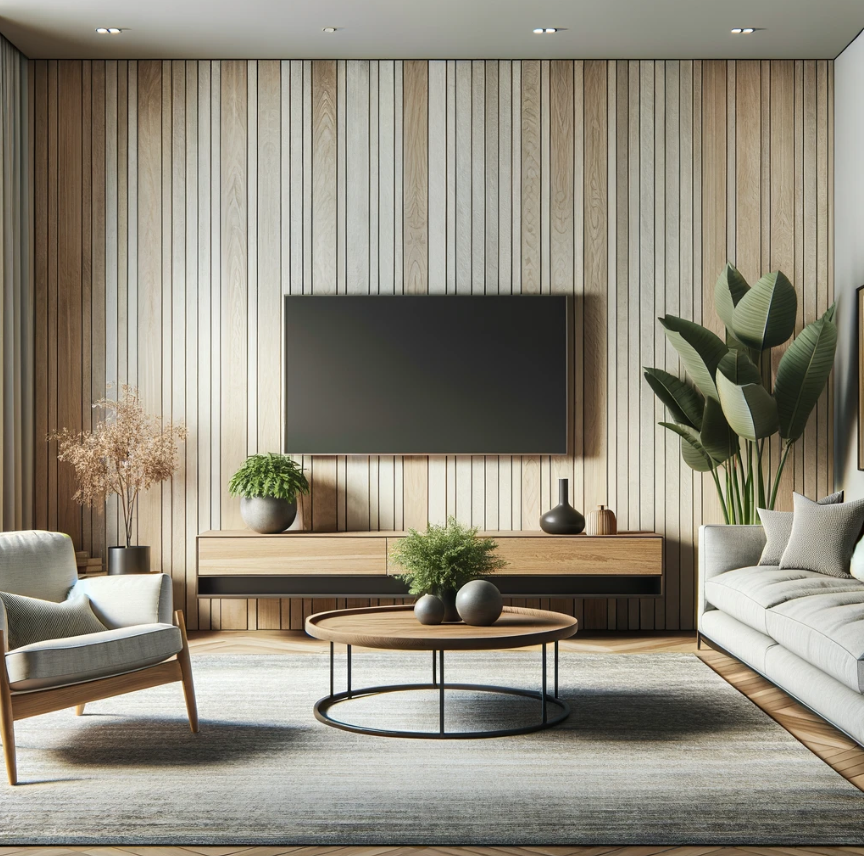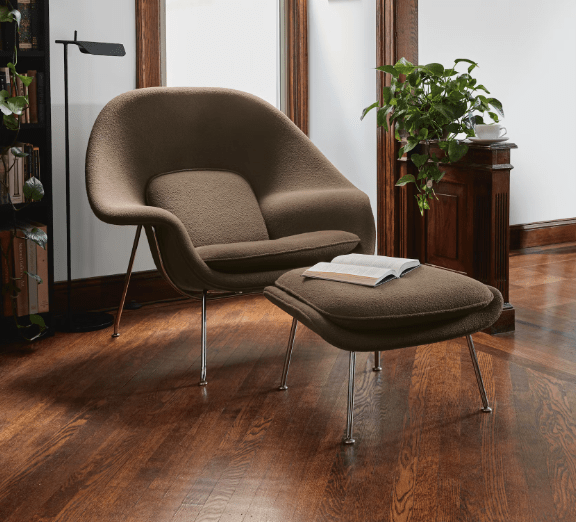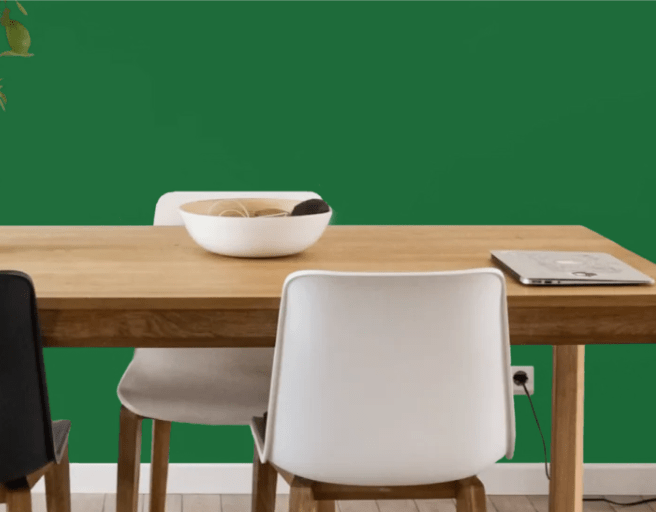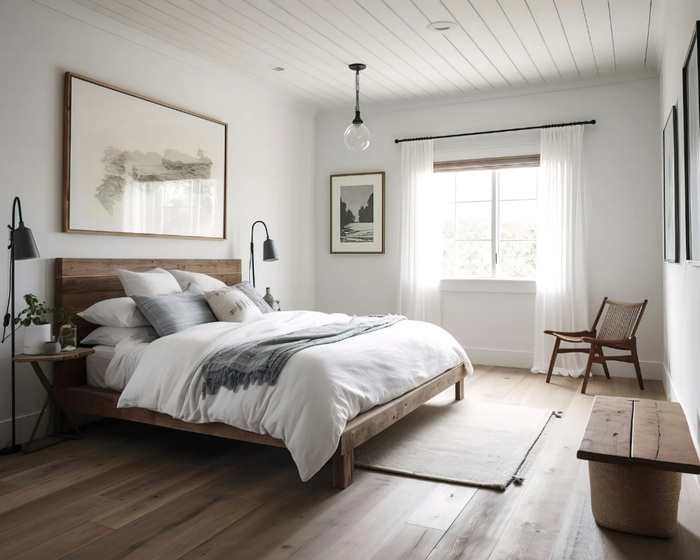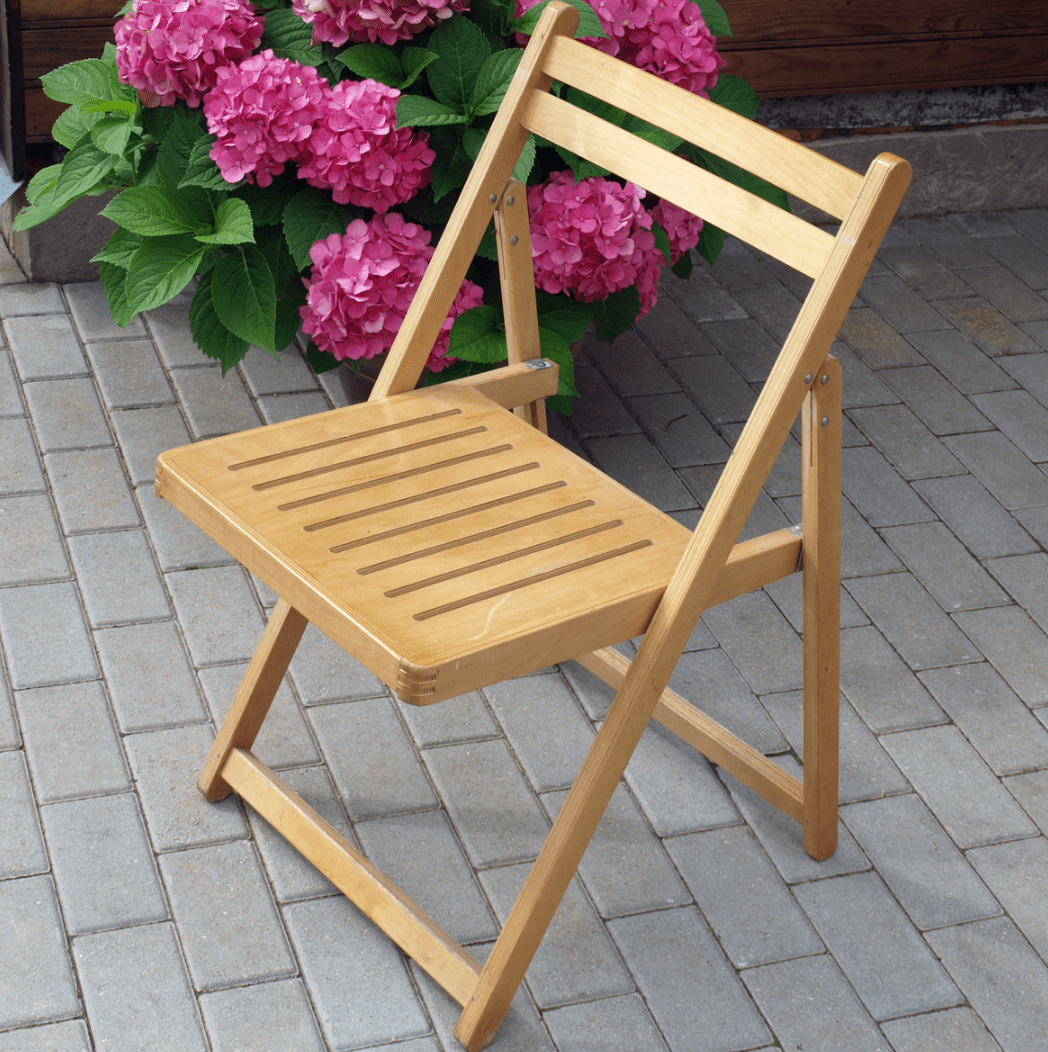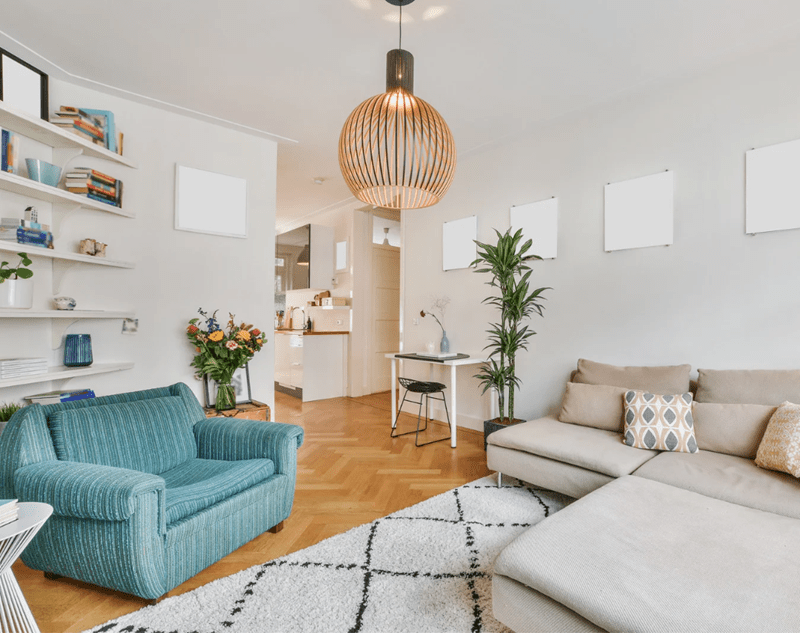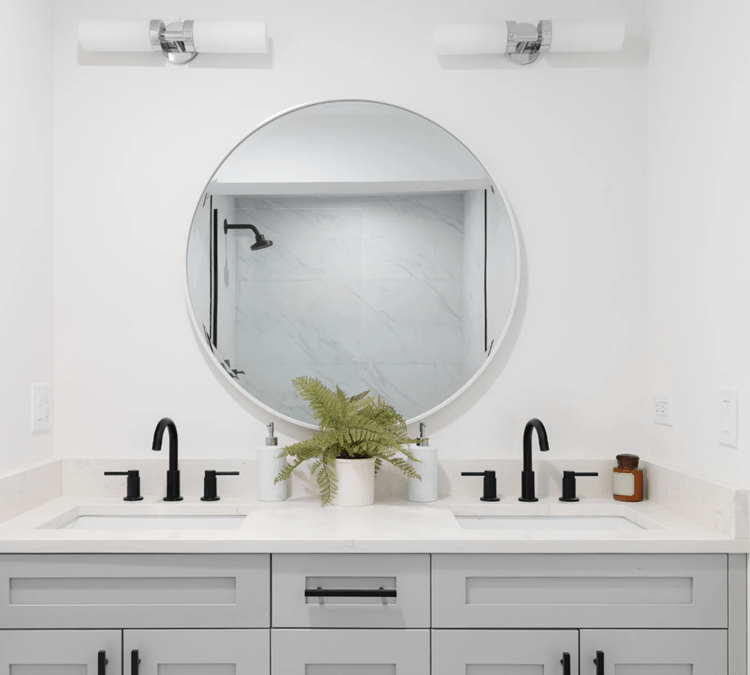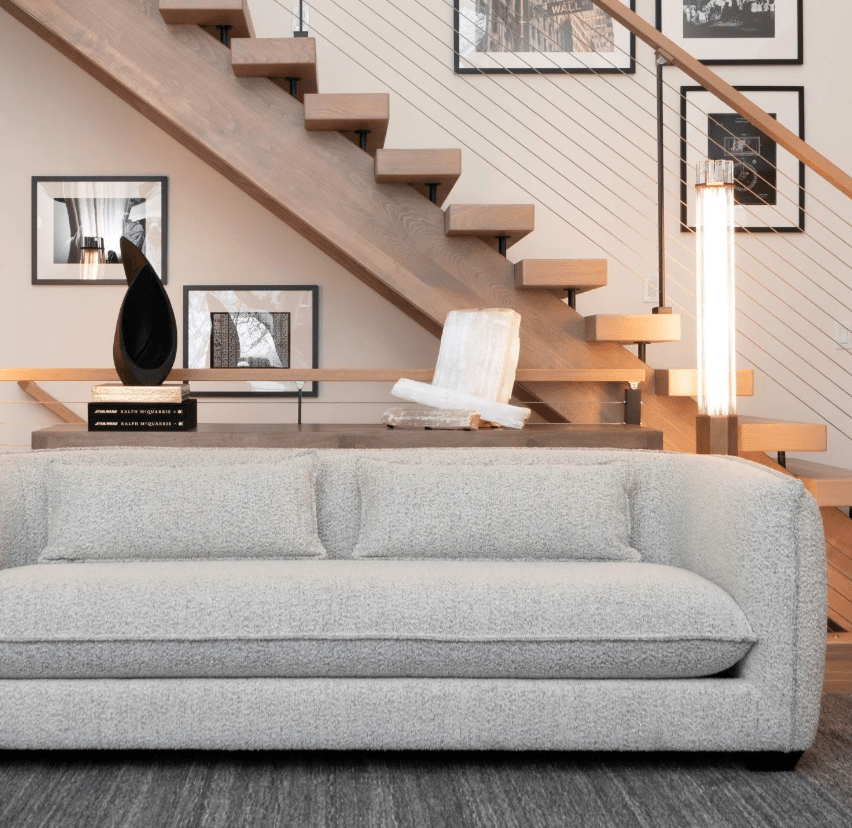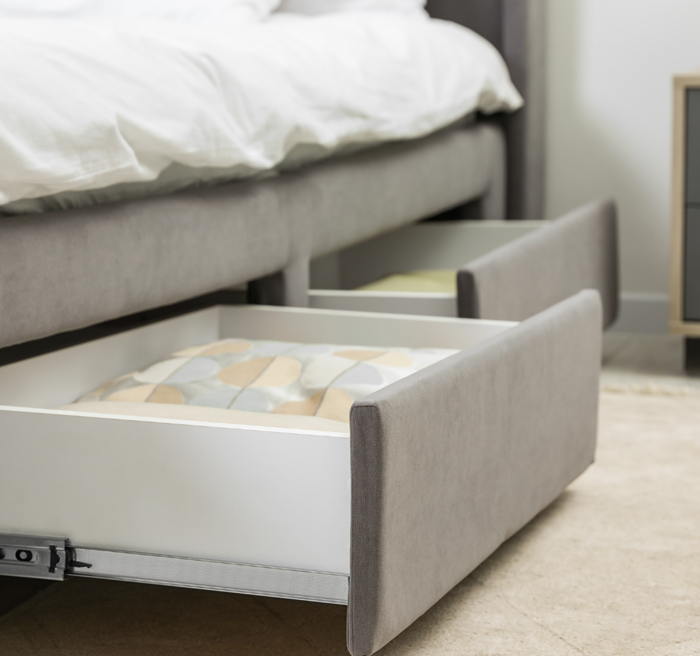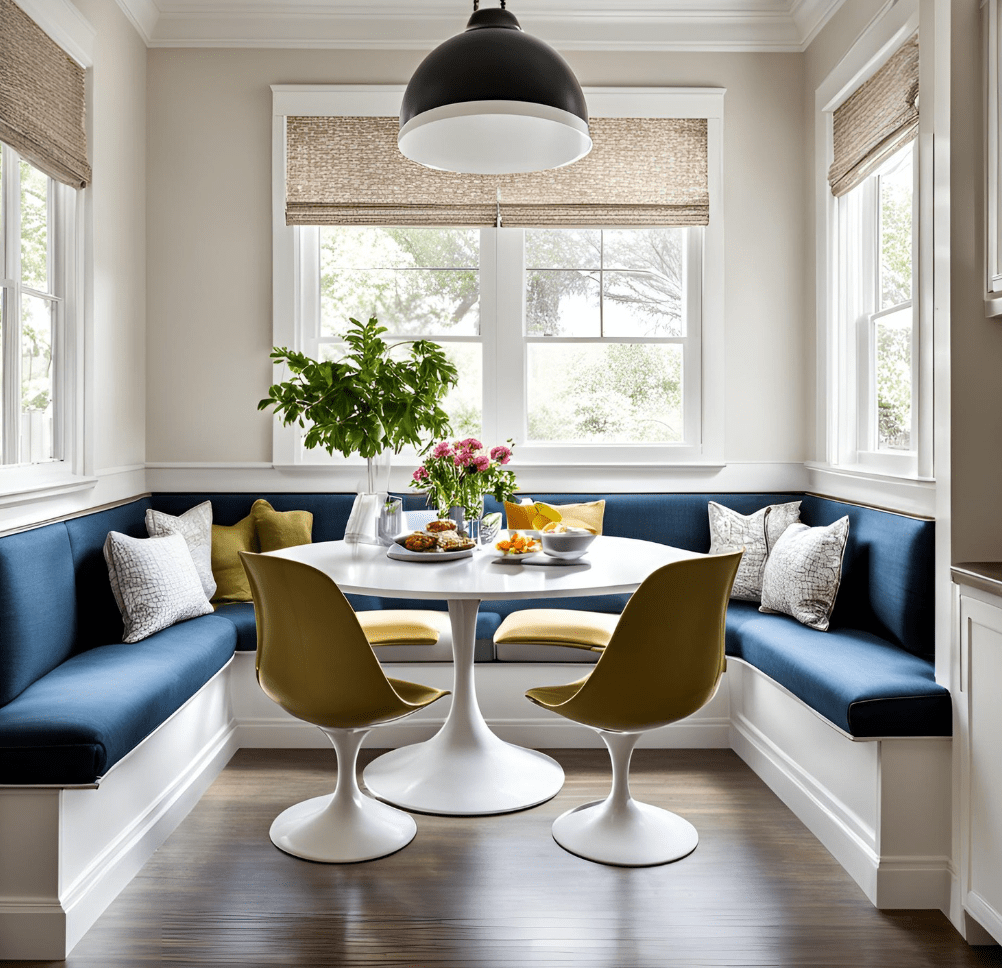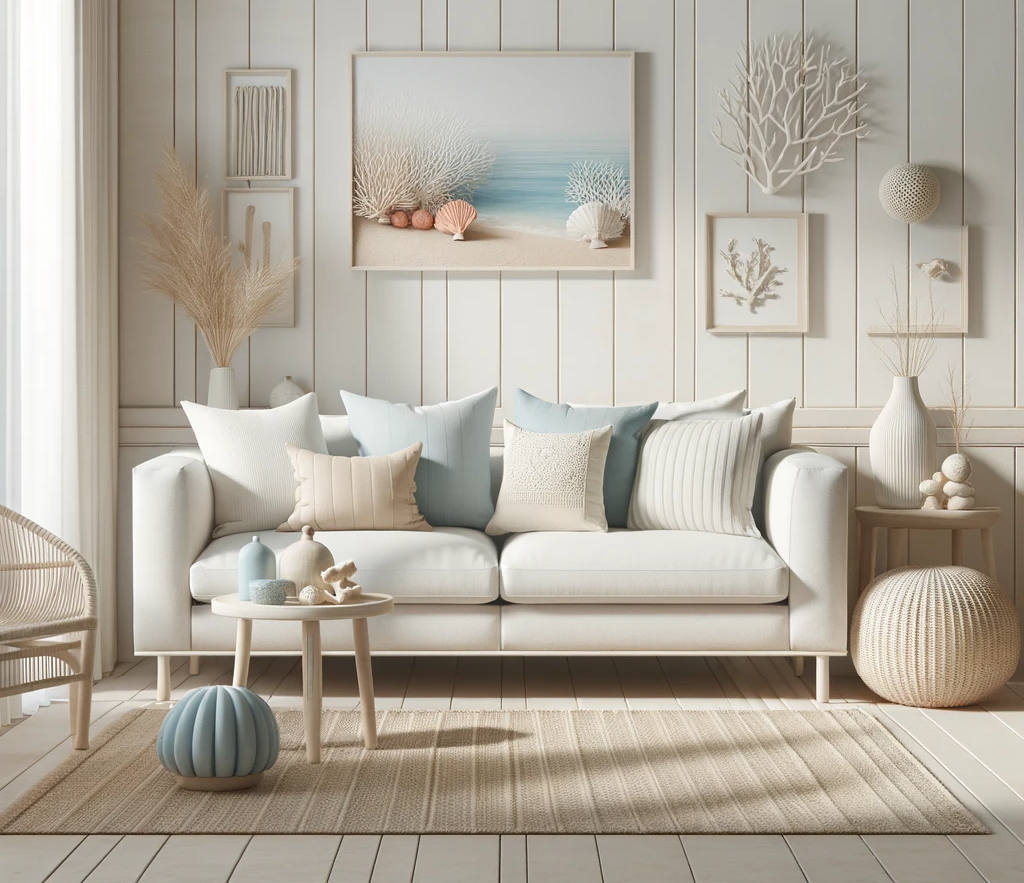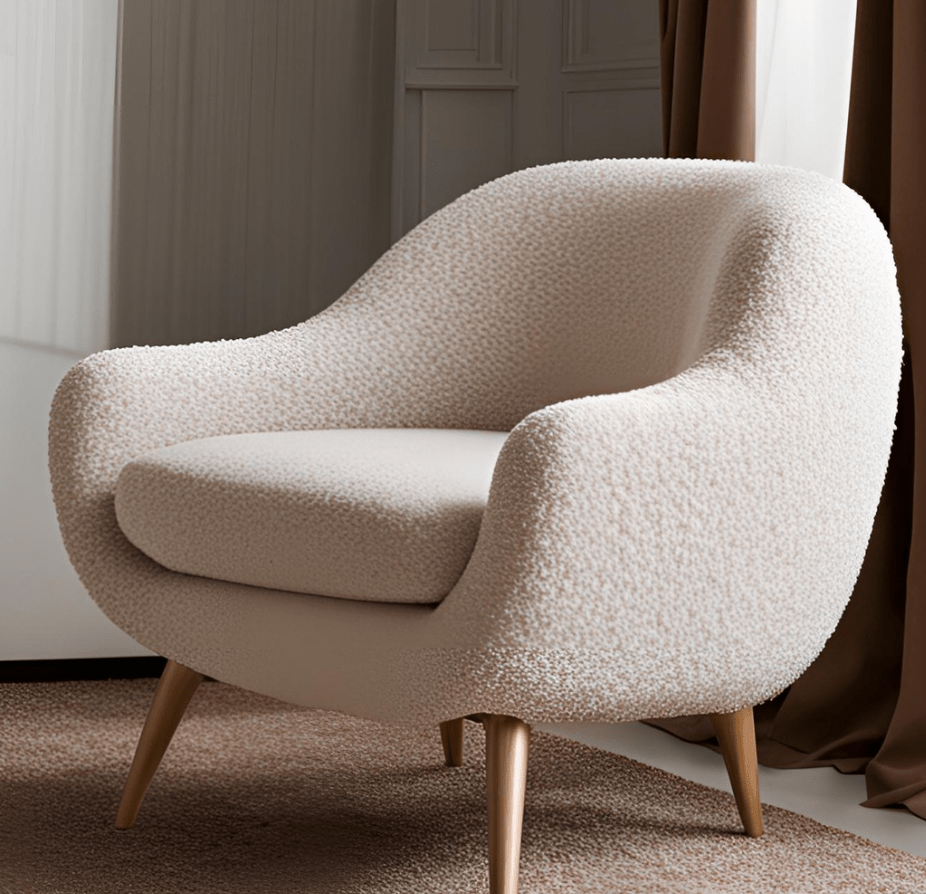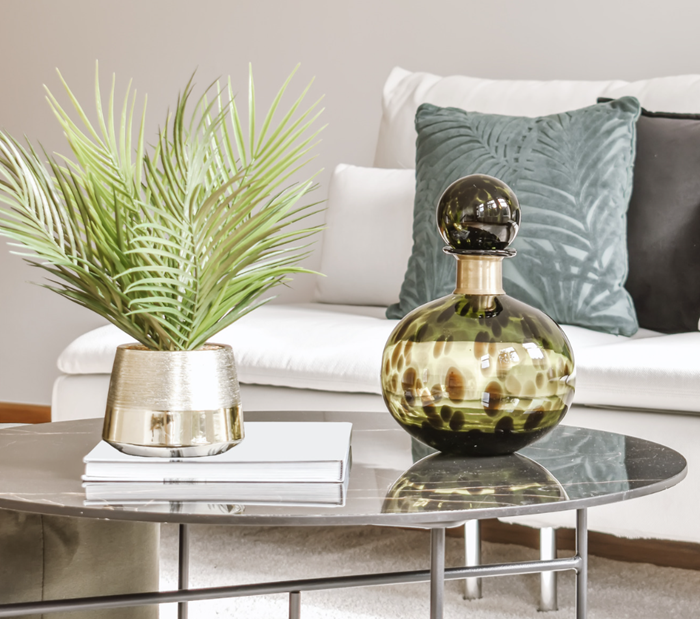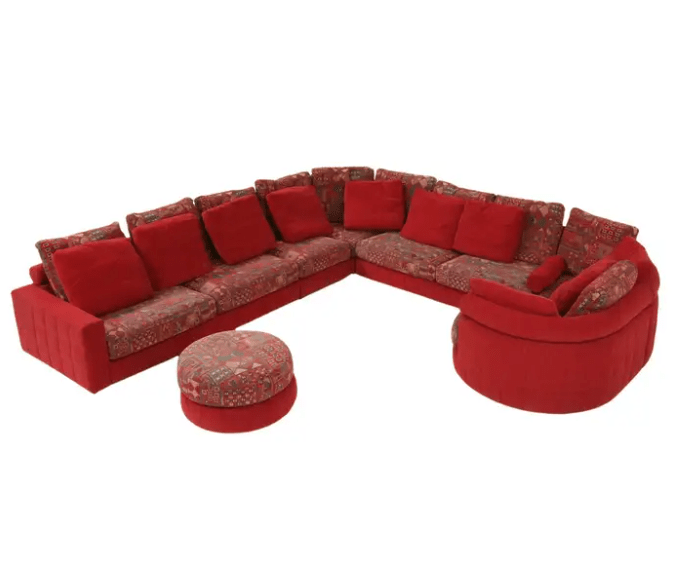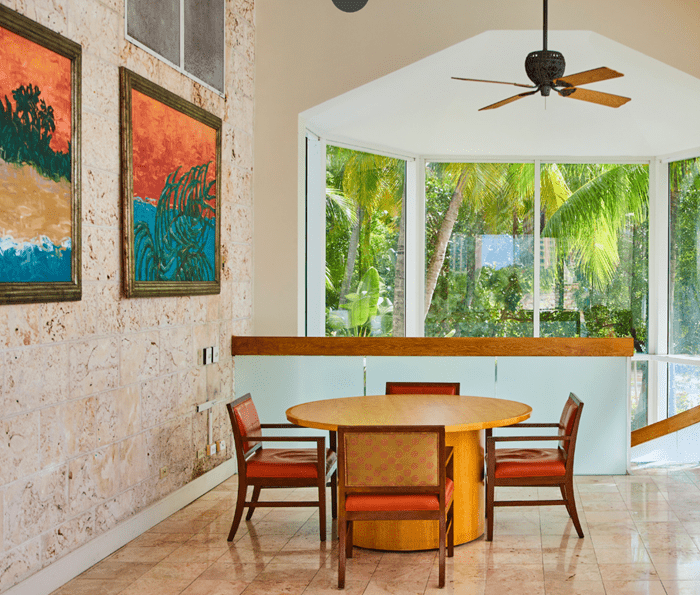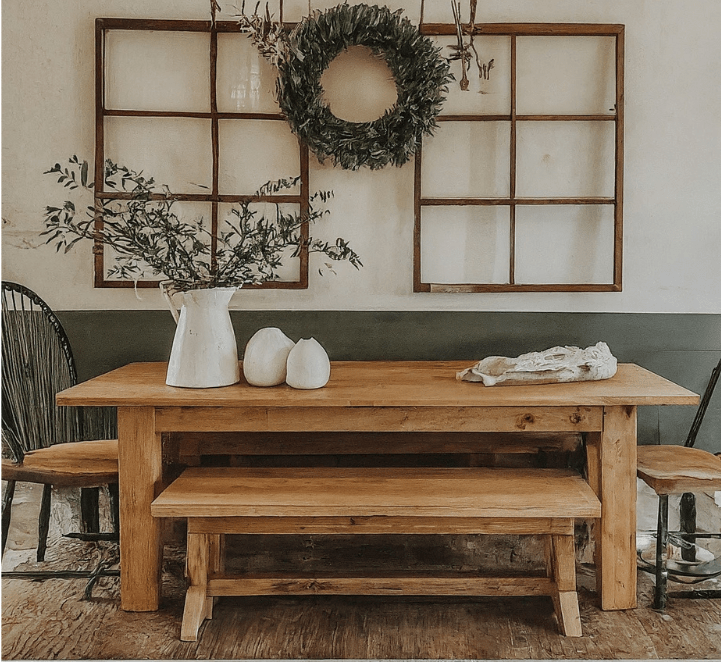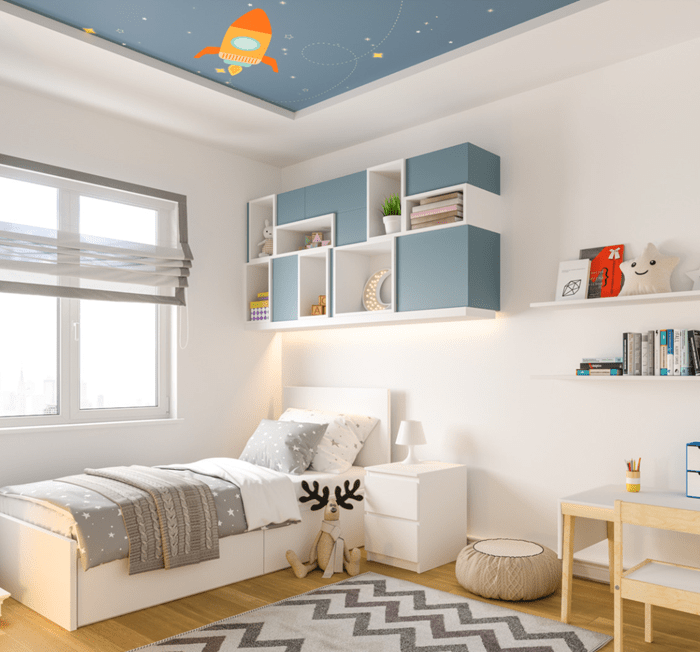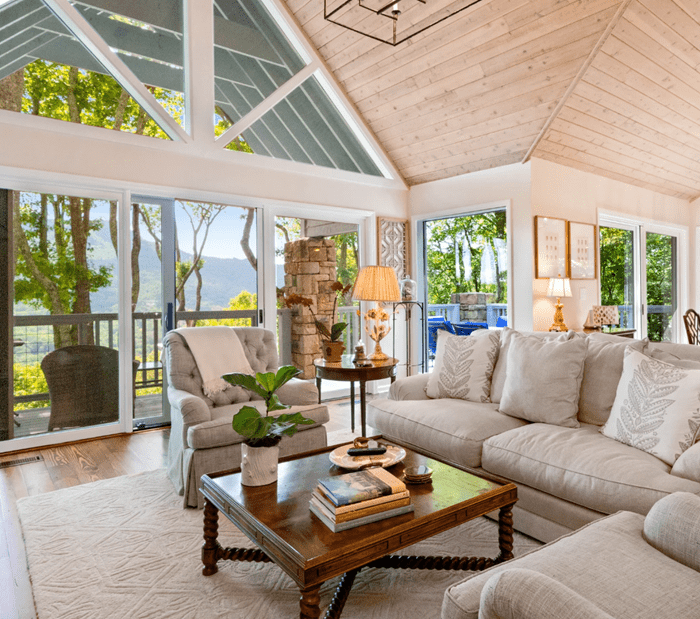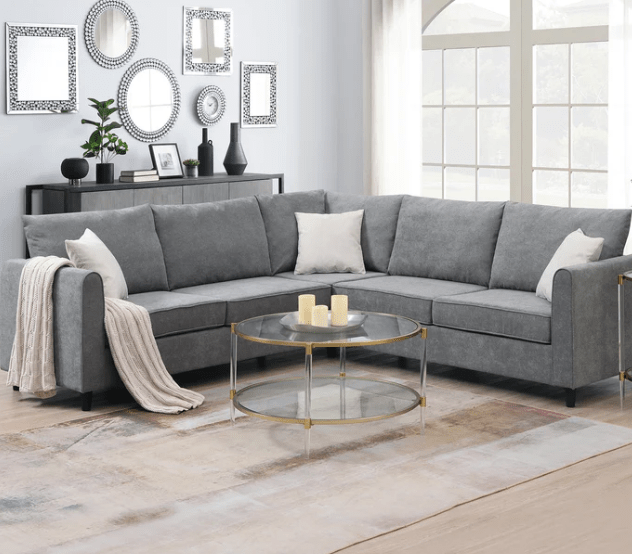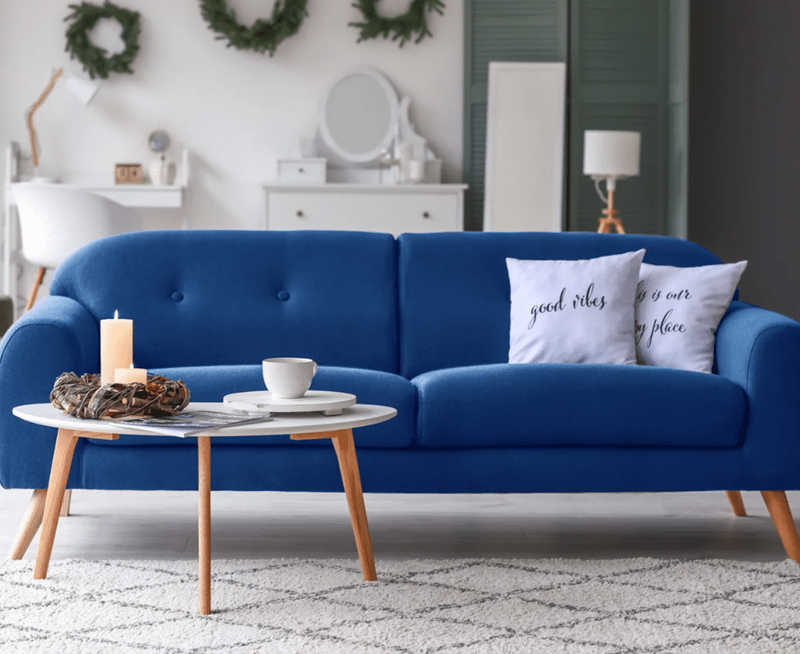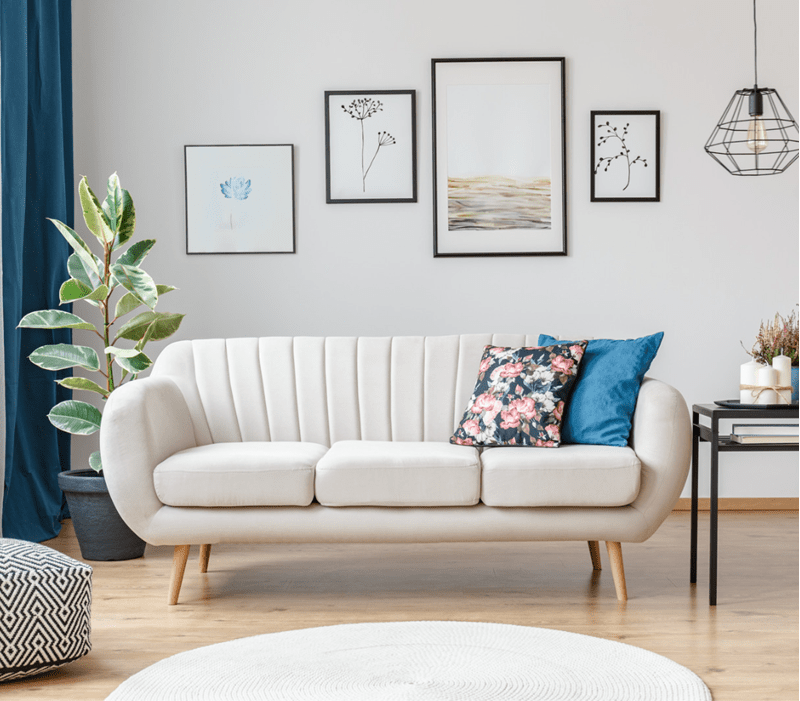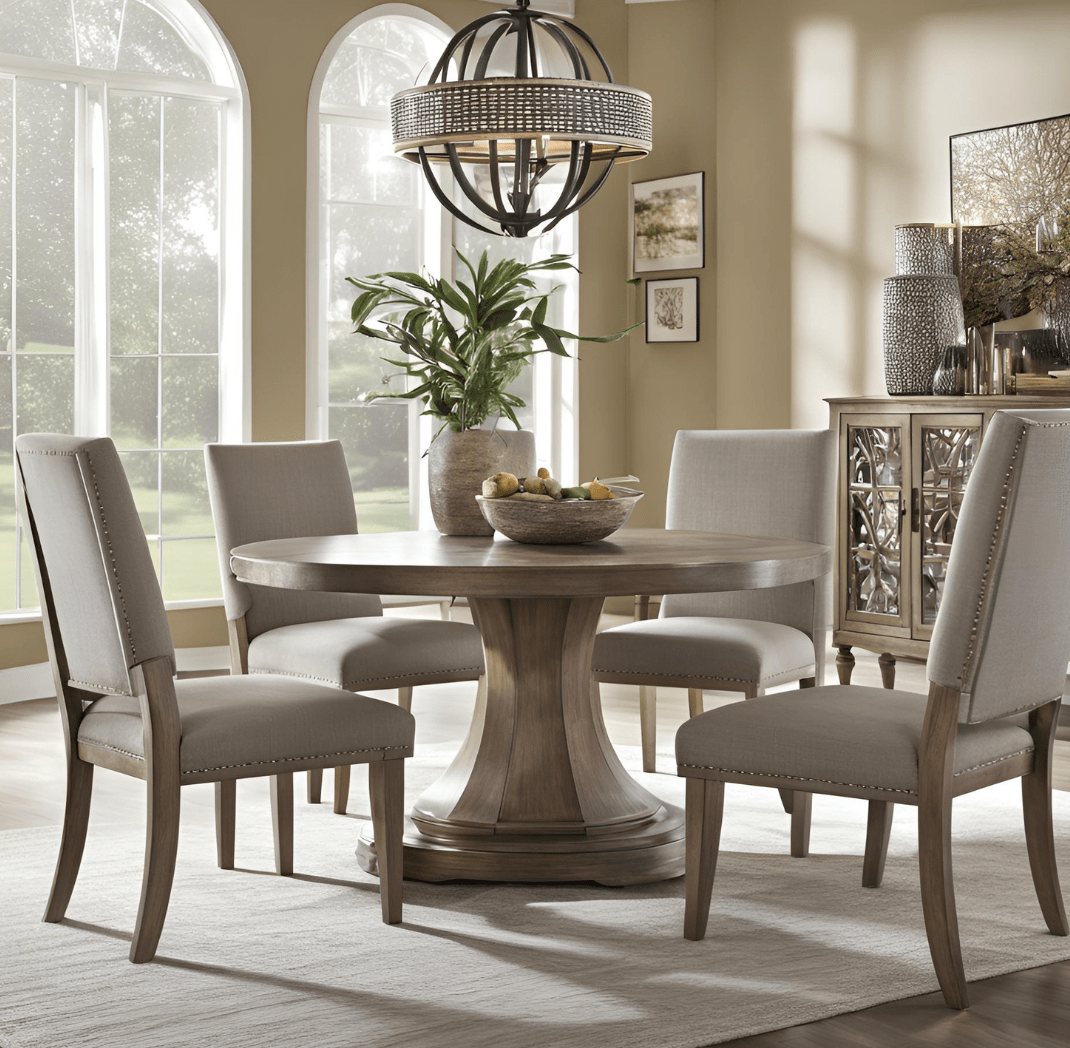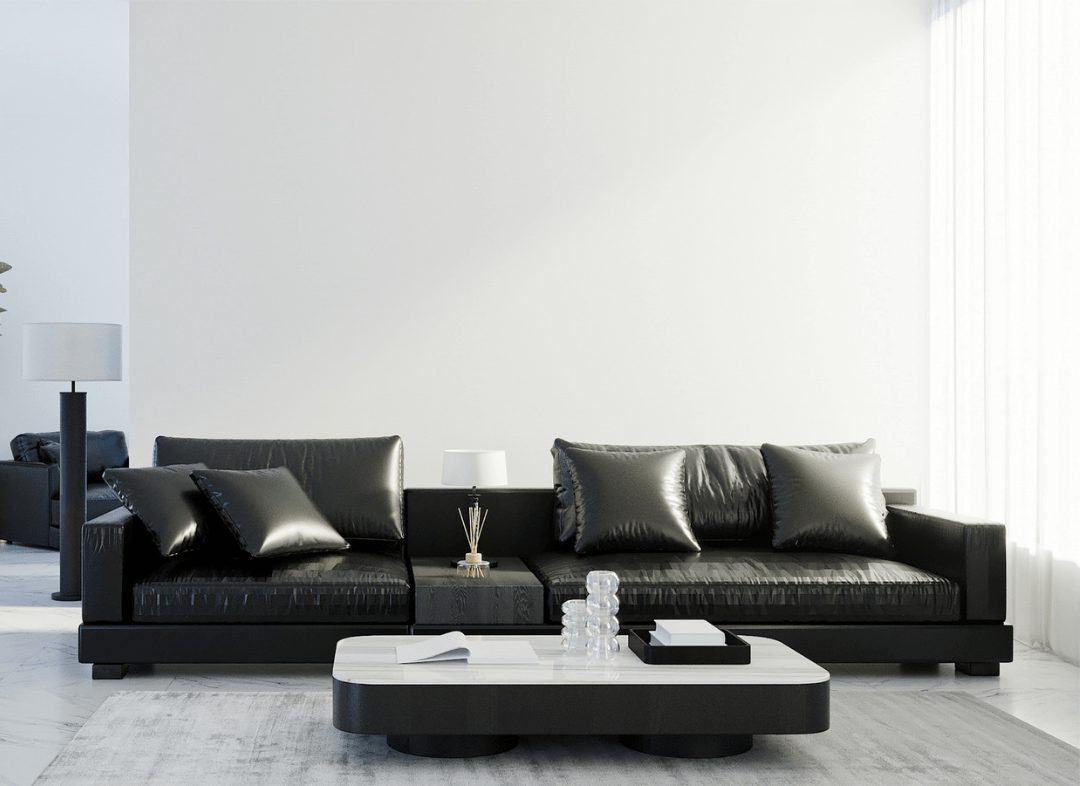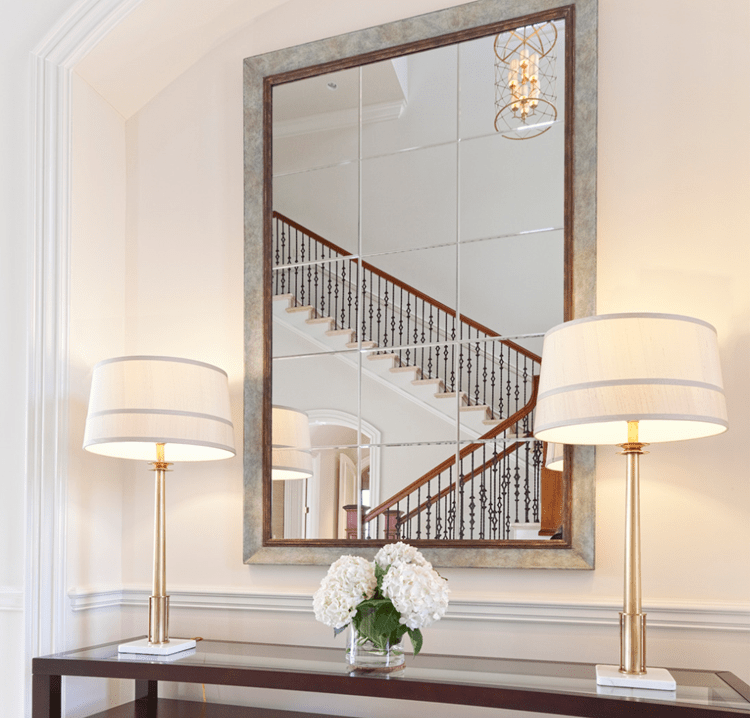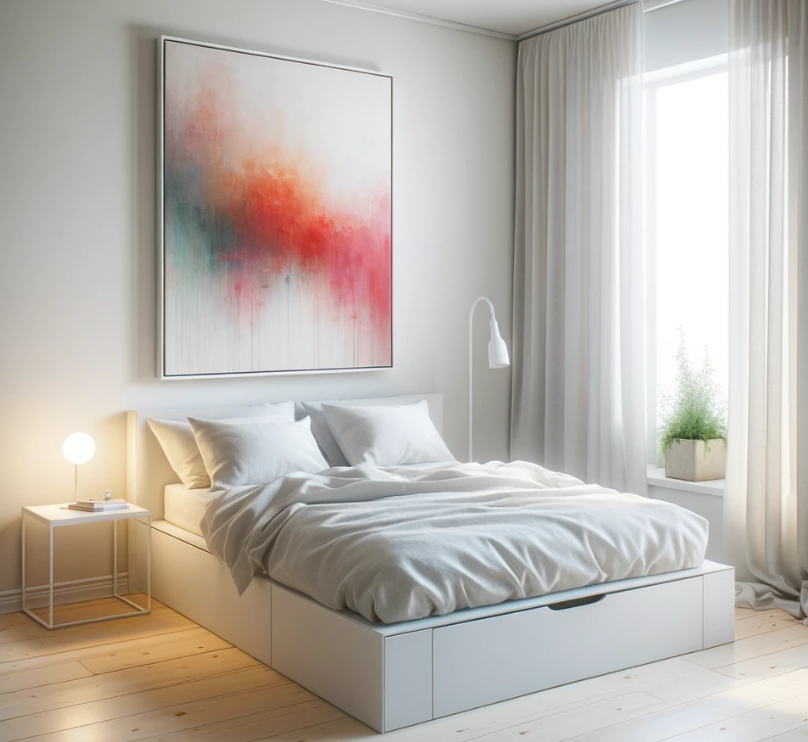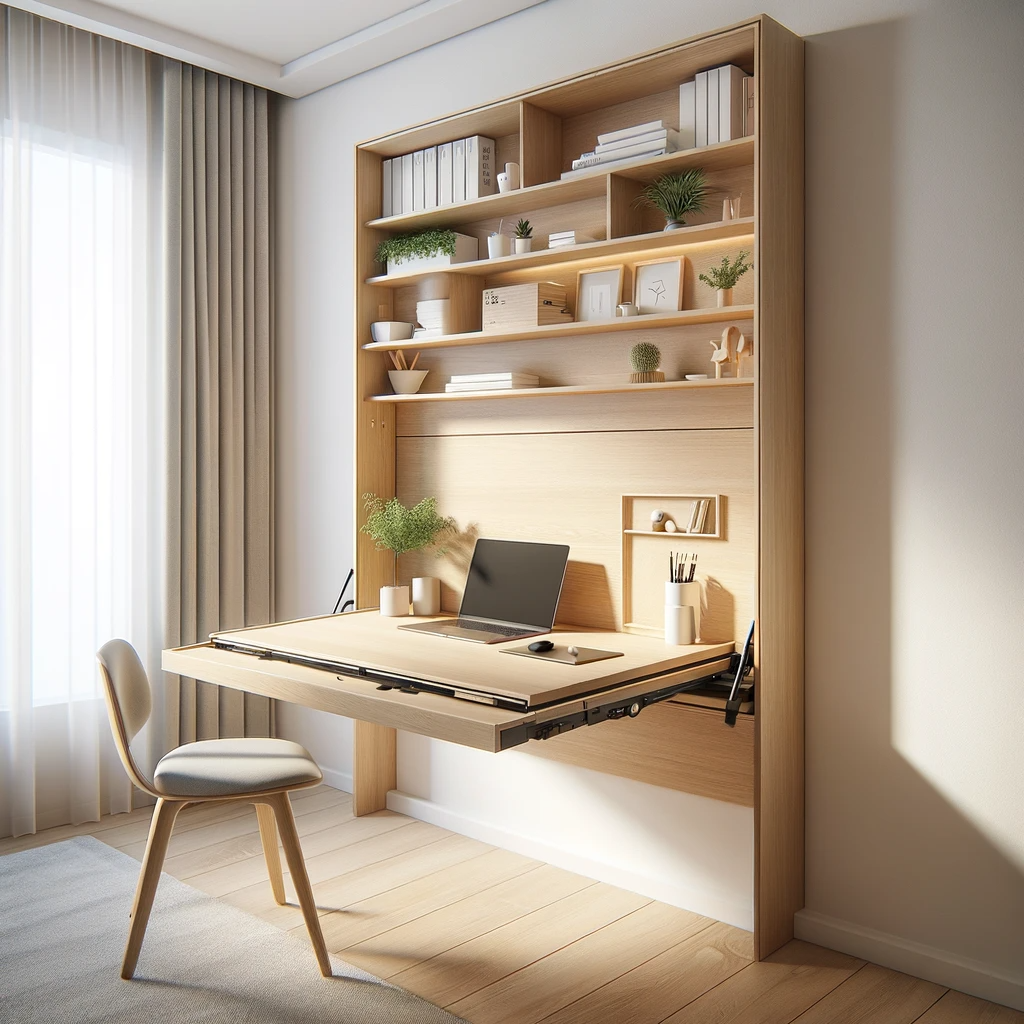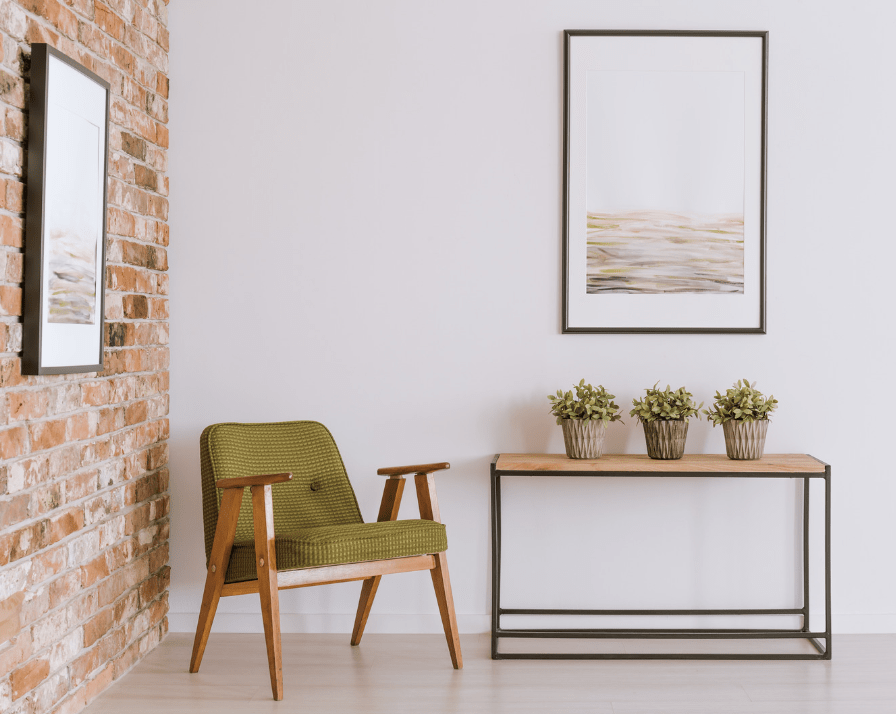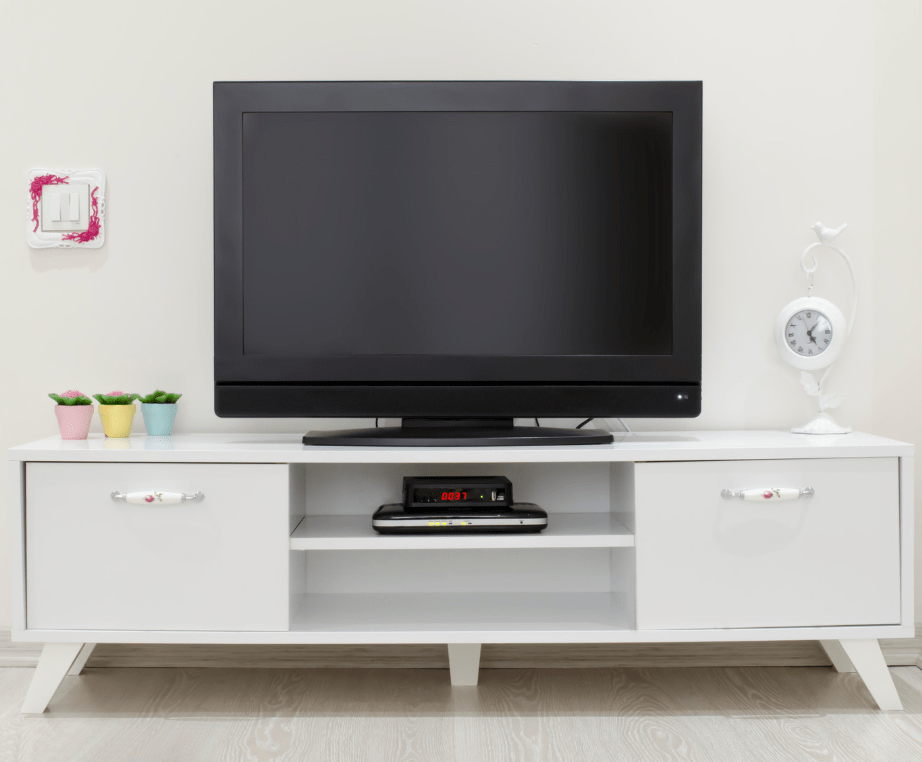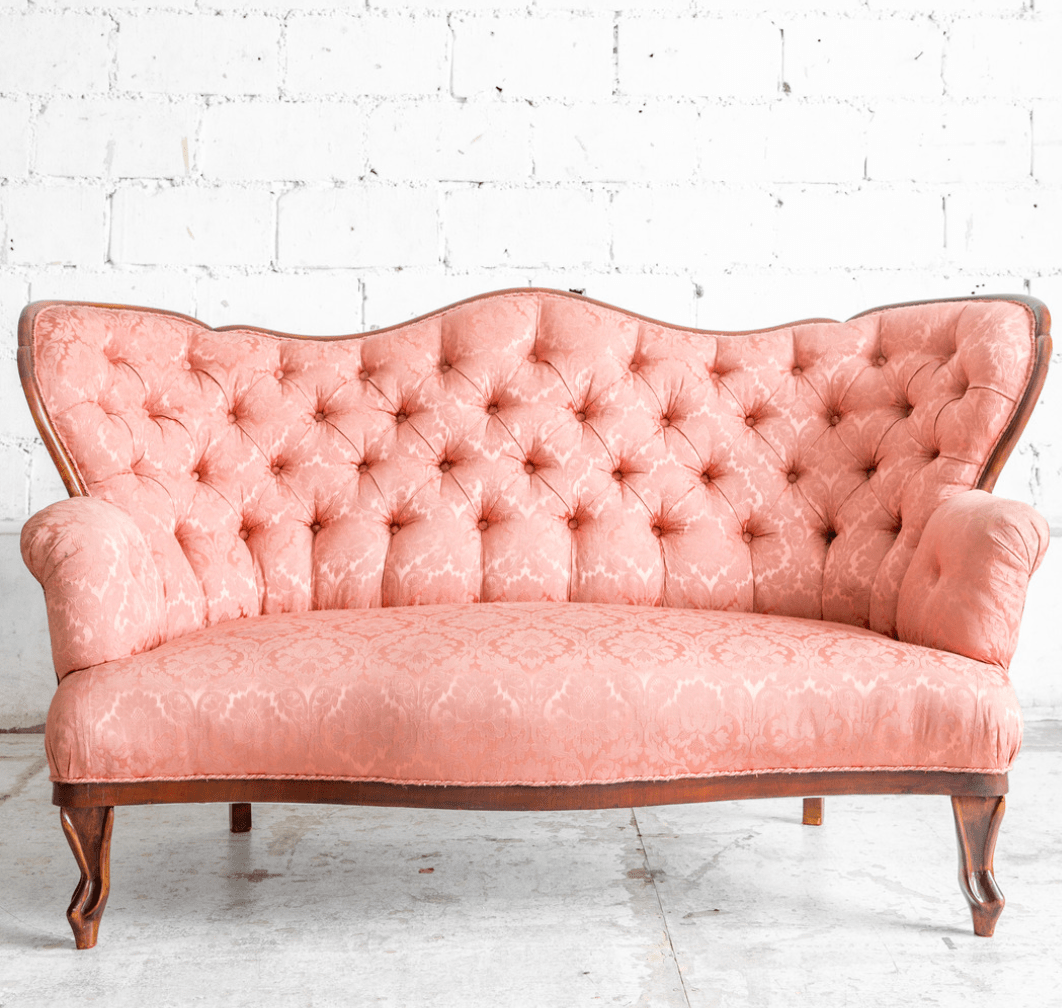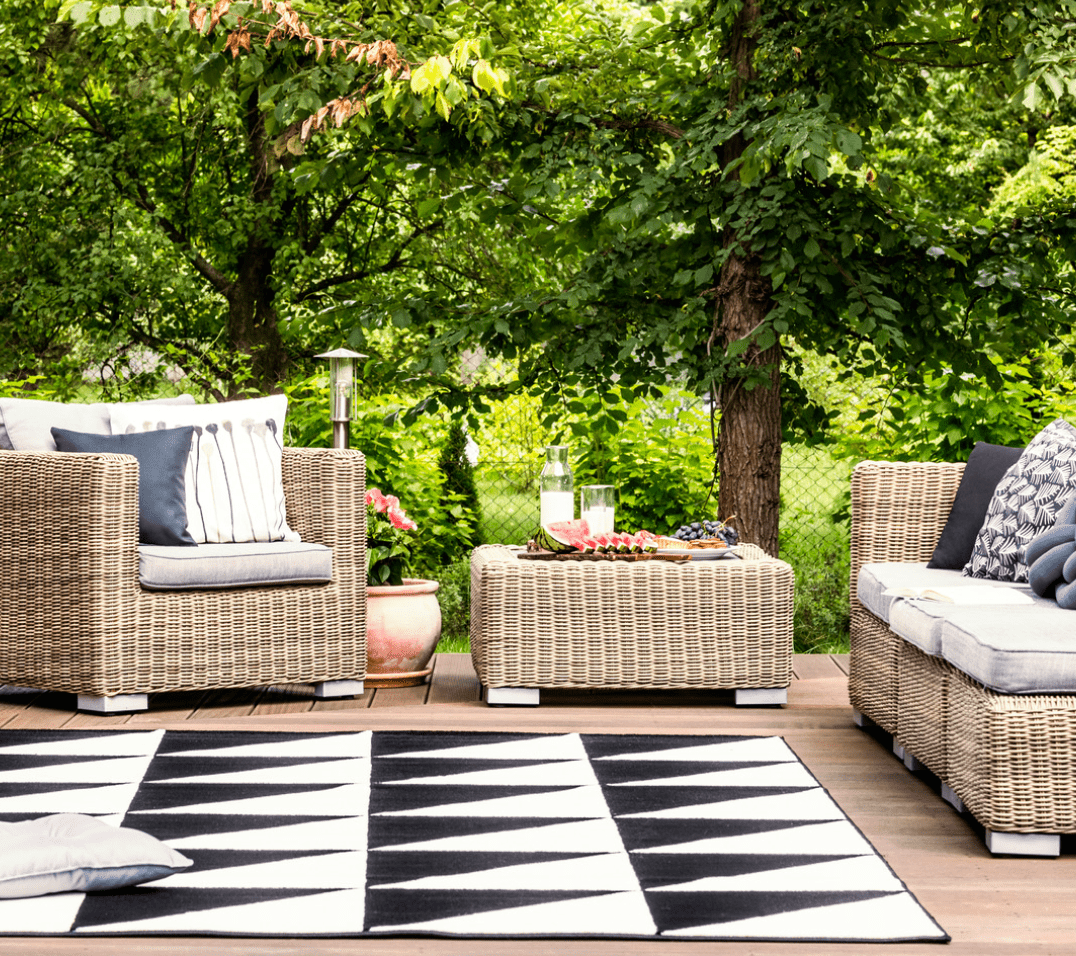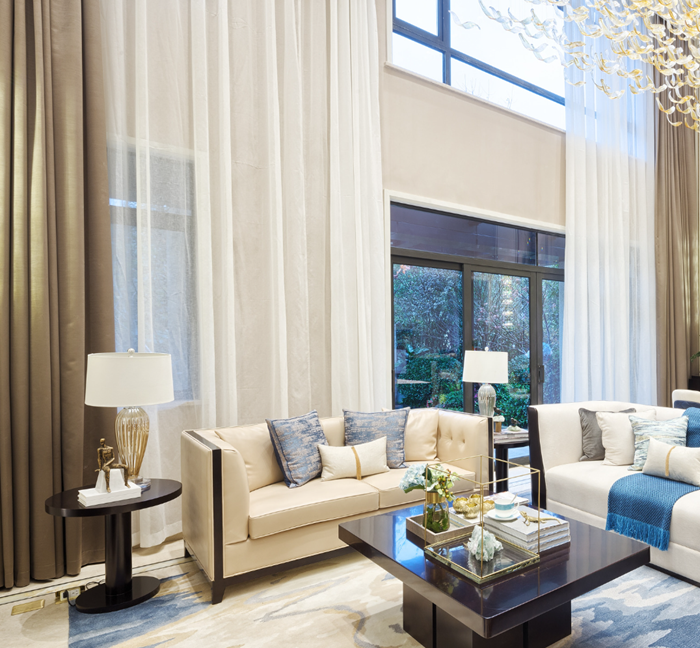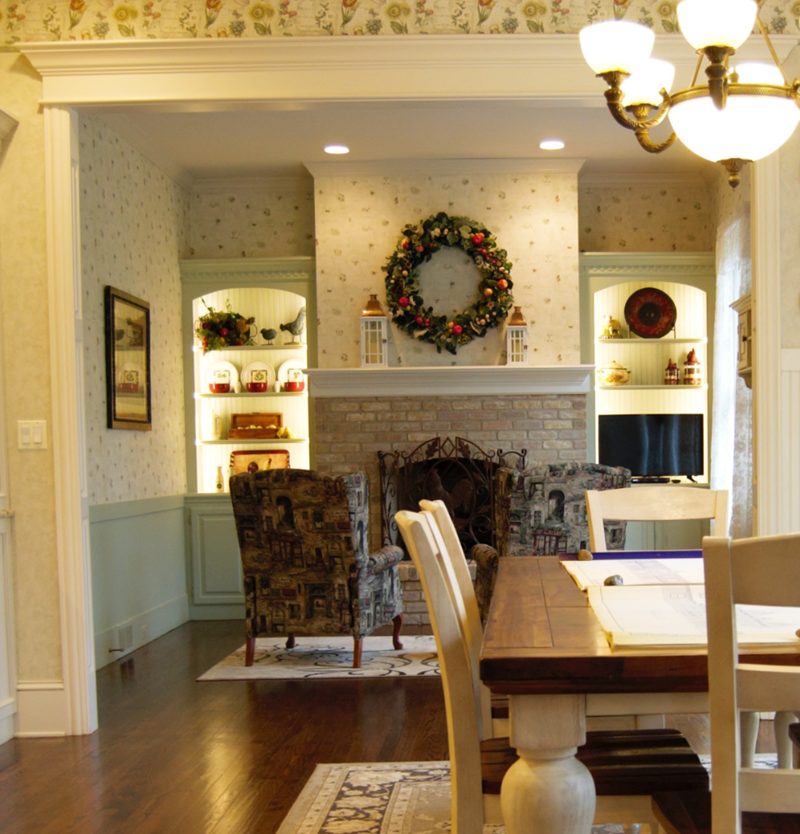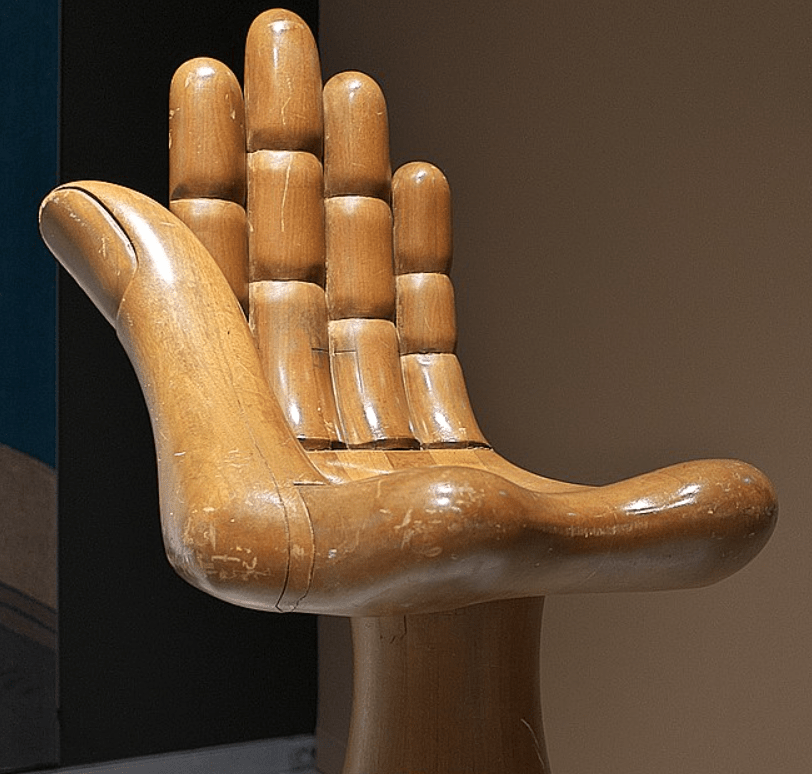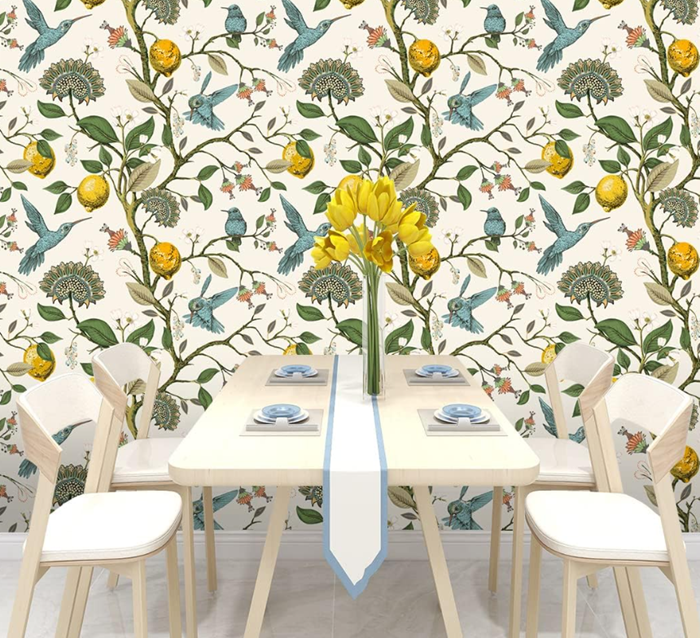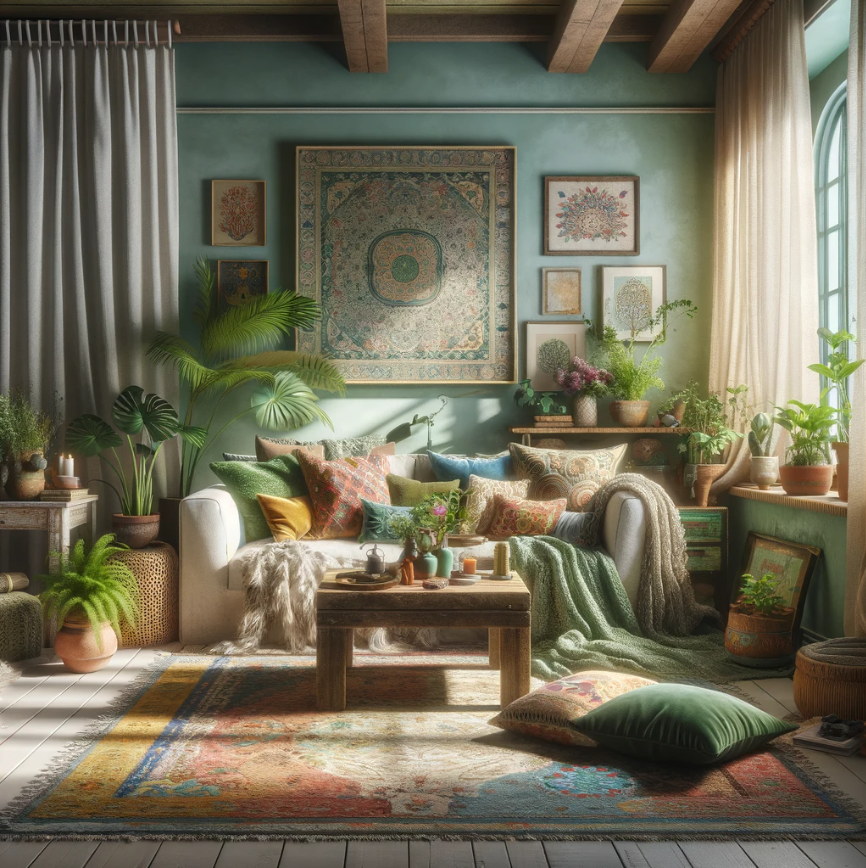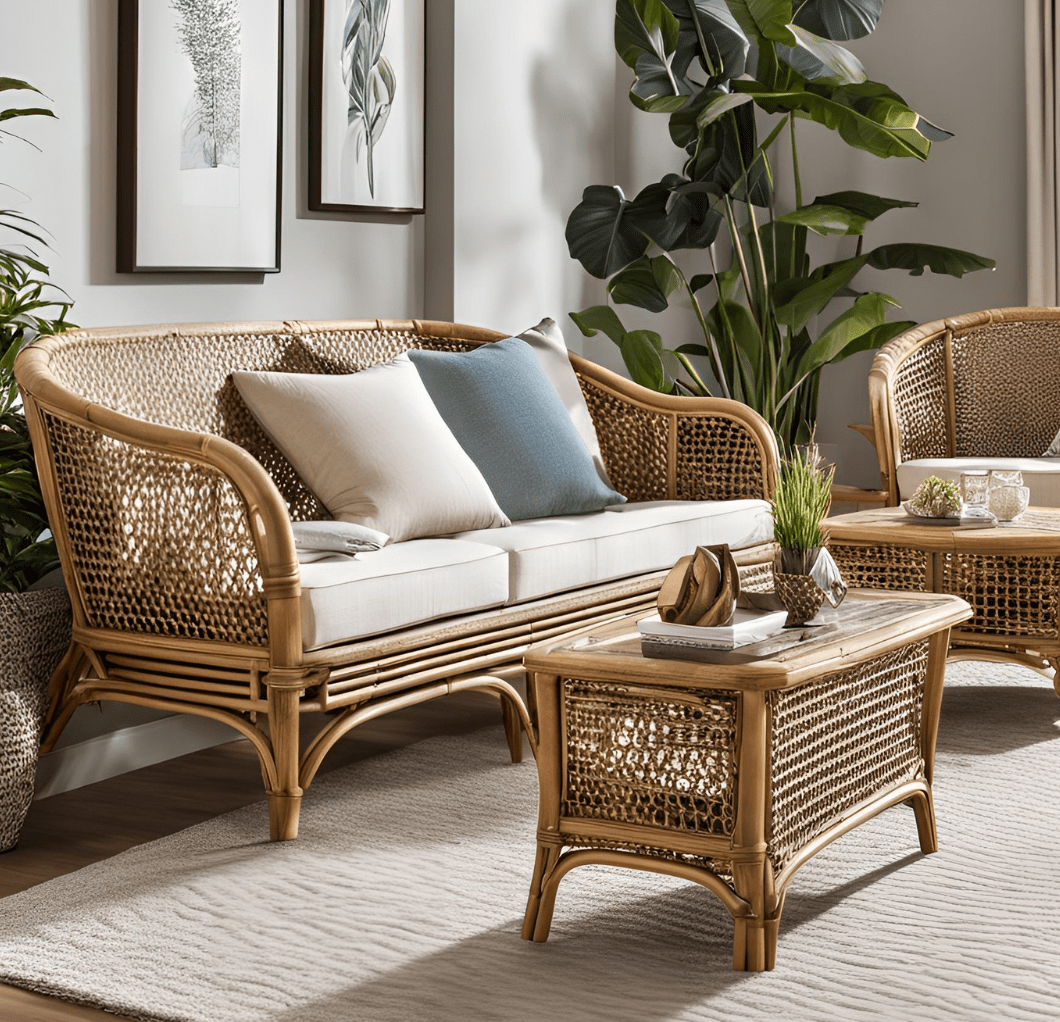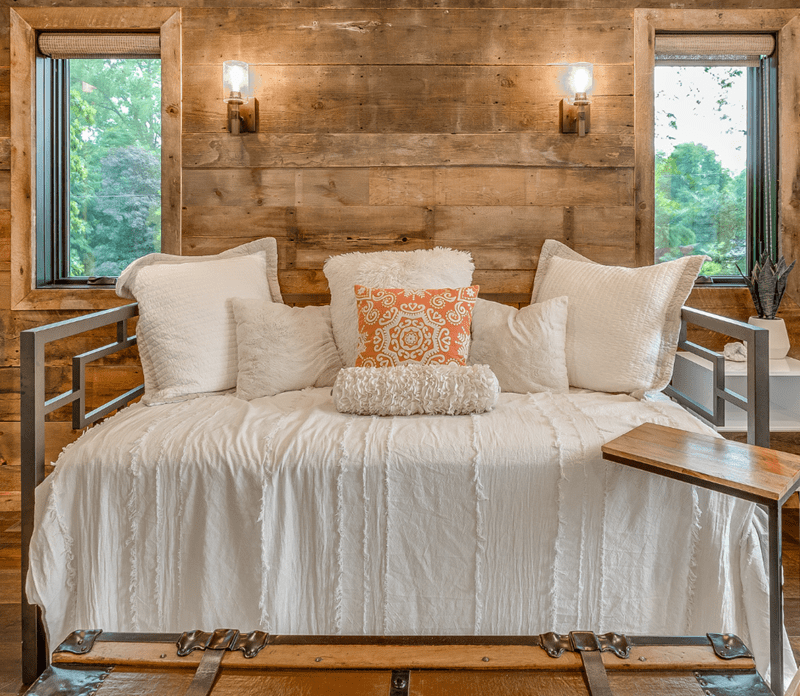How to Design a Japandi Bedroom: 8 Ideas for Effortless Calm

Japandi design is like the zen master of interior styles—where Japanese minimalism and Scandinavian coziness meet. Think clean lines, natural materials, and a sense of serenity. This is your vibe if you’re craving a peaceful yet warm bedroom. Here’s how we’ll make it happen.
Start with a Calm, Neutral Color Palette
The Japandi color story is subtle and grounded. We’re talking soft neutrals—warm whites, calming taupes, muted grays, and those earthy beige tones that make you exhale just looking at them. But we can also sneak in a bit of contrast with deeper hues like charcoal, black, or rich chocolate browns.
For the walls, consider a soft off-white with a warm undertone. If you’re open to adding a feature wall, a deep clay or warm charcoal can create a cozy focal point. Bedding should stick to muted colors—think ivory linen sheets and a taupe or stone-colored duvet. The idea is to avoid anything too loud or busy, keeping the focus on rest and simplicity.
Opt for a Low, Minimalist Bed Frame
The bed is the centerpiece of any bedroom, and in Japandi style, it’s all about keeping things grounded—literally. A low platform bed is perfect. Look for something in light or mid-tone woods like oak, ash, or walnut. Avoid anything too ornate. Clean, simple lines are what we’re after.
If you prefer something upholstered, keep it minimal with natural linen or cotton in soft, neutral shades. Bonus points if the frame has built-in storage—it’s a smart way to reduce clutter without adding extra furniture.
Layer Natural Textures for Warmth
One thing to love about Japandi is how it balances minimalism with warmth. You can pull that off by mixing different textures. Start with crisp linen sheets (they’re breathable and have that effortless, slightly rumpled look). Add a chunky knit throw or a wool blanket at the foot of the bed to bring in that cozy, Scandinavian element.
For rugs, go for something tactile but understated—think jute, sisal, or a flat-weave wool rug in a neutral tone. It’s not about pattern or color here; it’s about texture and how it feels underfoot.

Carriediosa Chunky Knit Throw Blanket 50 X 60 inch, 100% Hand Made Large Chenille Loop Yarn Soft Fluffy Throws – amazon.com
Keep Furniture Simple and Functional
Japandi design doesn’t overload the room with furniture. We’ll focus on a few essential, well-made pieces. A pair of simple nightstands in wood or matte black metal will work beautifully. Keep them clean and clutter-free—maybe a single ceramic vase or a minimal lamp.
If you need extra storage, a streamlined dresser in wood with sleek hardware will blend right in. For an added layer of function and style, we can also consider a bench at the foot of the bed in natural wood or woven leather.
And if you’re craving seating, a simple Scandinavian-style chair with clean lines and a linen cushion could create a little reading nook by the window.
Prioritize Clutter-Free Spaces with Smart Storage
One of Japandi’s key principles is “less is more,” so we want to ensure everything has a home. This is where hidden storage comes into play.
Opt for nightstands with drawers to stash away anything you don’t need out in the open. Baskets made from materials (like seagrass or rattan) are great for holding extra throws or magazines without cluttering up the room. If you’re short on closet space, we can look at adding a minimalist clothing rail in matte black or wood for an open, airy feel that still stays organized.
And let’s not forget about under-bed storage. A platform bed with built-in drawers or sleek storage boxes can keep things neat and tidy.
Focus on Soft, Diffused Lighting
Lighting in a Japandi bedroom should feel warm and soft, never harsh or glaring. I always recommend layering your light sources so you have options.
Start with an overhead light—something simple like a paper lantern pendant or a wood-accented fixture that gives a gentle glow. Then, add bedside lamps with linen or rice paper shades for a warm, diffused light perfect for winding down at night.
Suppose you have a reading nook or a workspace in the bedroom. In that case, a minimal floor lamp with an adjustable arm keeps things functional without adding bulk. And for that extra cozy factor, consider adding a few candles or a lantern-style lamp with a warm LED bulb.

360 Lighting Arnie Traditional Industrial Pharmacy Light Floor Lamp Standing LED 62 inch – amazon.com
Bring Nature Inside
Japandi design draws inspiration from nature, so incorporating natural elements is essential. Adding a few carefully selected houseplants can breathe life into the room without making it feel cluttered. Opt for low-maintenance plants that have sleek, architectural shapes to keep the space feeling simple and refined.A snake plant, rubber tree, or fiddle leaf fig works great.
Beyond greenery, we can bring in natural materials in other ways. Look for accessories made from wood, stone, or ceramic. A hand-thrown pottery vase, a wooden tray on the dresser, or a stone bowl to hold jewelry—these little touches add organic warmth without fuss.
Curate Decor with Intention
In Japandi style, every piece should feel intentional. It’s not about filling shelves or covering walls but choosing a few meaningful items that bring you joy or calm.
For wall art, go minimalist. One large, abstract print in neutral tones works beautifully, or maybe a black and white photograph in a simple wood frame. A simple hanging scroll or textile piece can add a subtle cultural nod if you’re into traditional Japanese aesthetics.
On surfaces like nightstands or dressers, keep things simple. A small ceramic vase with a single branch, a candle in a muted vessel, or a smooth stone from a meaningful place—less is more.
Bonus Ideas for Extra Japandi Vibes
- Sliding Doors: If you’re renovating, swapping out closet doors for wood or rice paper sliding panels can enhance the Japanese element.
- Shoji Screens or Room Dividers: These are great if you want to carve out zones within the room without heavy furniture.
- Soft Bedding Layers: Two duvets (Scandi-style!) can make the bed super cozy while sticking to the minimalist look.
The Japandi Bedroom Experience
The beauty of Japandi lies in its balance. It’s warm but minimal, cozy but uncluttered. Every piece has a purpose and a strong connection to nature and craftsmanship. When you walk into a Japandi bedroom, you feel calm. It invites you to breathe, to slow down.
If we stick to neutral colors, natural textures, clean lines, and curated decor, your bedroom will feel like a peaceful retreat.
FAQs
What are the key elements of Japandi bedroom design?
- Japandi design blends Japanese minimalism with Scandinavian coziness. Key elements include a neutral color palette, natural materials like wood and linen, functional furniture, uncluttered spaces, and intentional decor.
What colors work best for a Japandi-style bedroom?
- Soft neutrals like warm whites, taupes, muted grays, and earthy beiges set the foundation. Darker hues like charcoal or deep brown can add contrast while maintaining a calm, grounded aesthetic.
What type of bed should I choose for a Japandi bedroom?
- A low-profile platform bed made from light or mid-tone wood like oak or walnut fits the Japandi aesthetic. Upholstered beds in natural linen or cotton in neutral shades also work well.
How can I add warmth to a Japandi bedroom without cluttering it?
- Layer natural textures like linen bedding, wool throws, jute rugs, and wooden furniture. Soft, diffused lighting from paper or fabric lampshades also enhances warmth.
What kind of decor suits a Japandi bedroom?
- Minimalist, meaningful decor is key. Opt for handcrafted pottery, simple framed artwork, wooden trays, stone bowls, or a few well-placed plants like a snake plant or rubber tree.
The Curated Showhouse
Our content is written by our team of experienced interior design experts.










